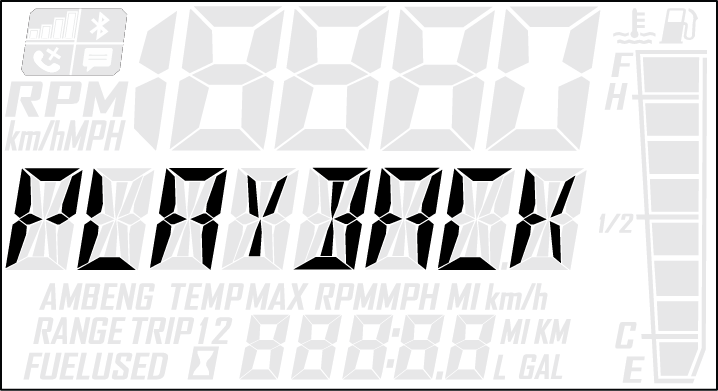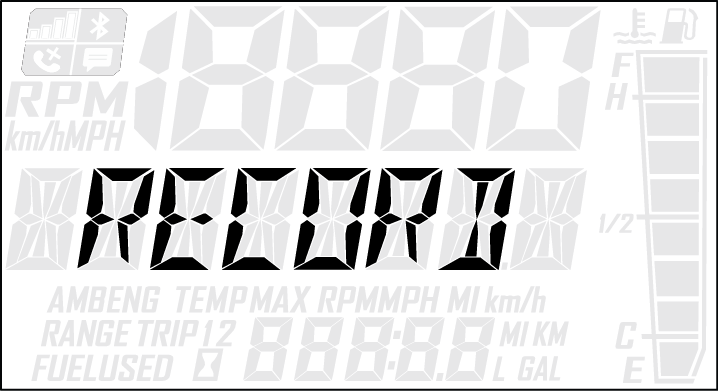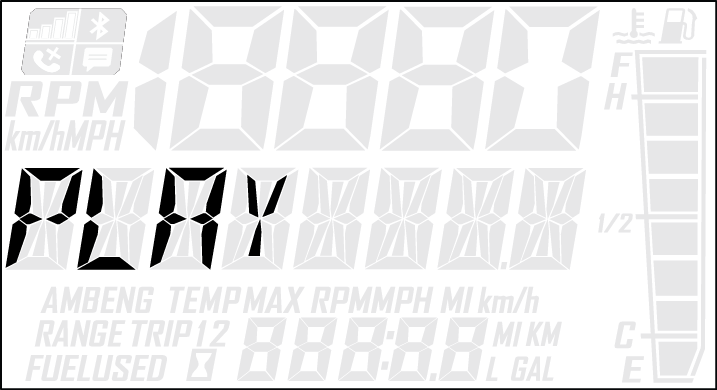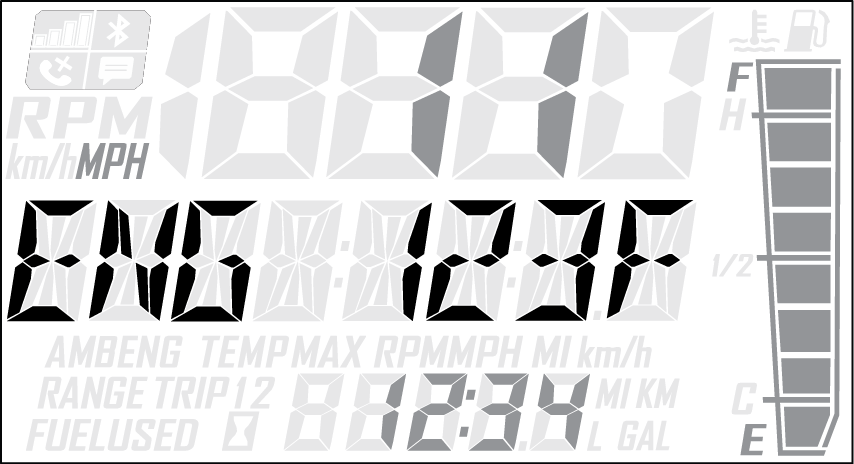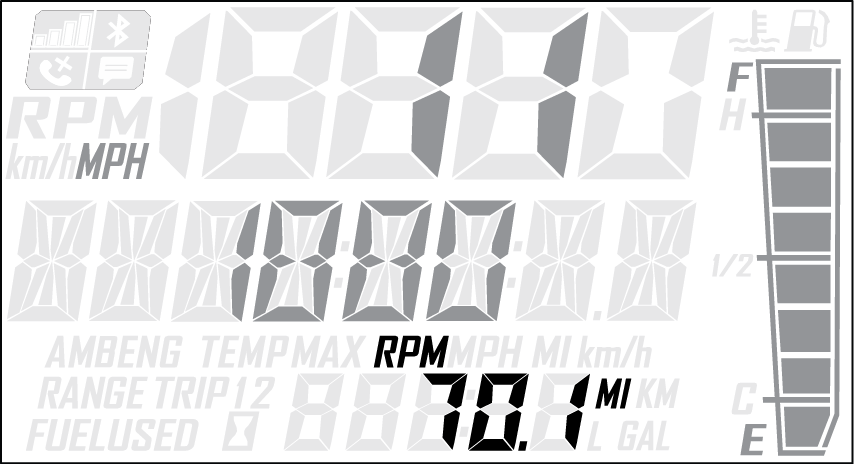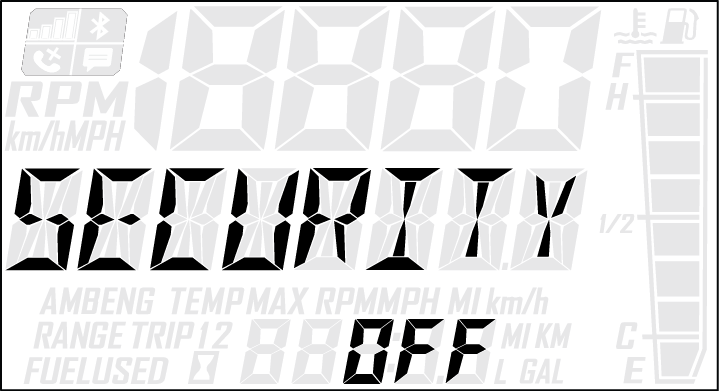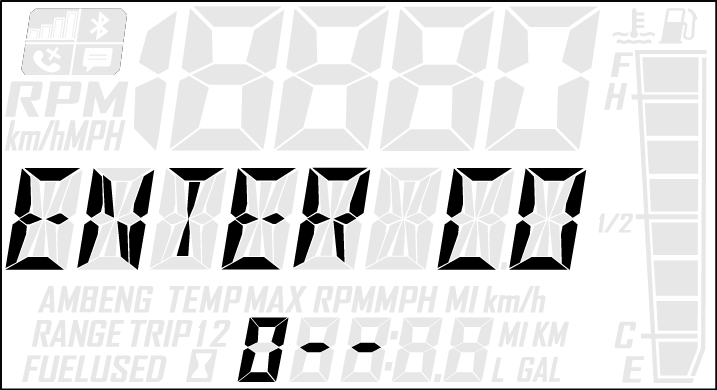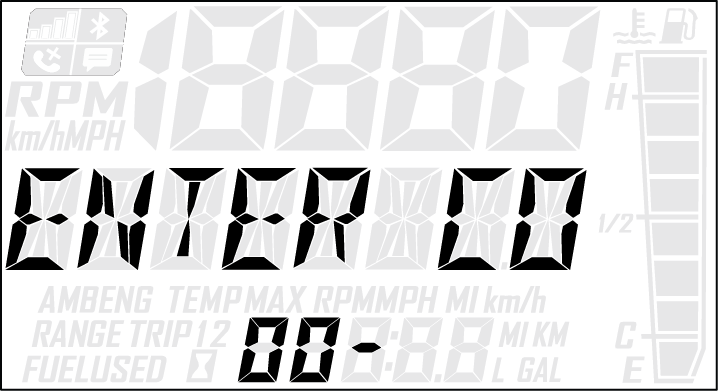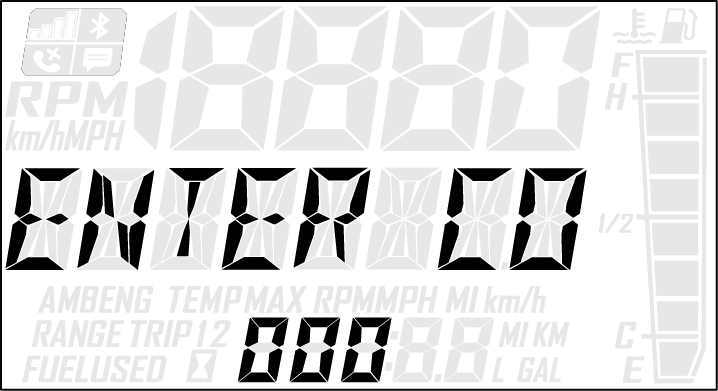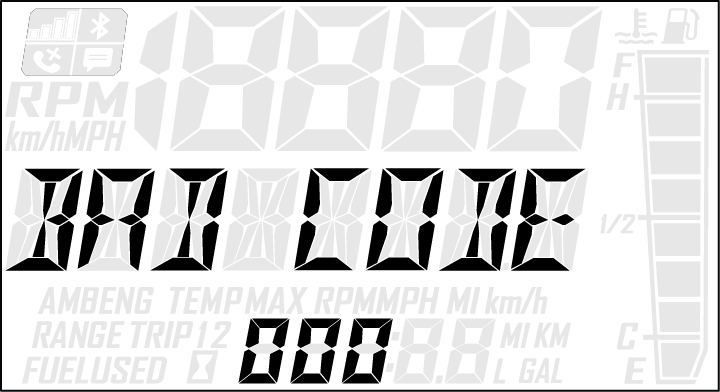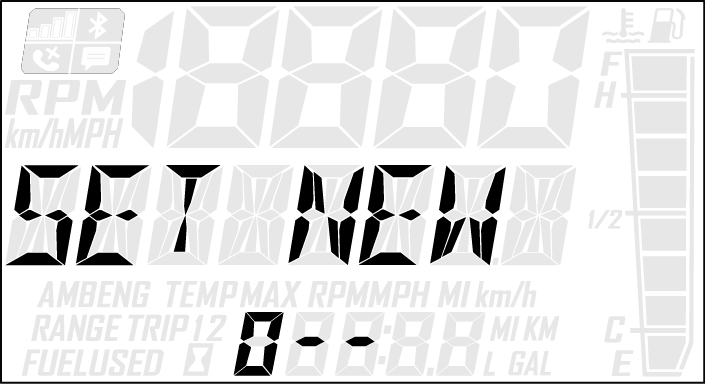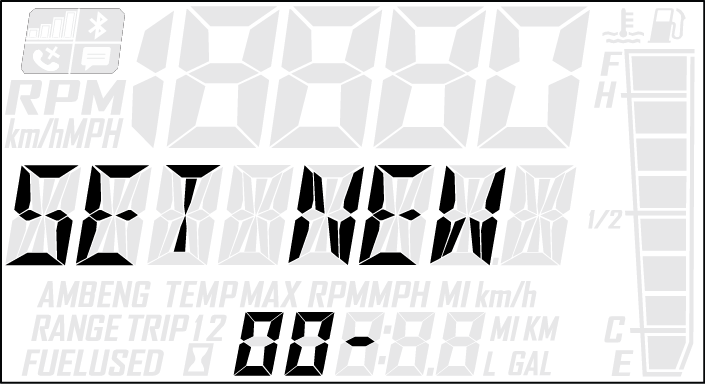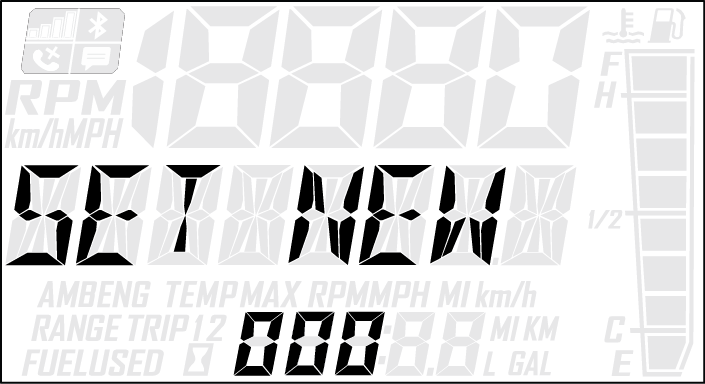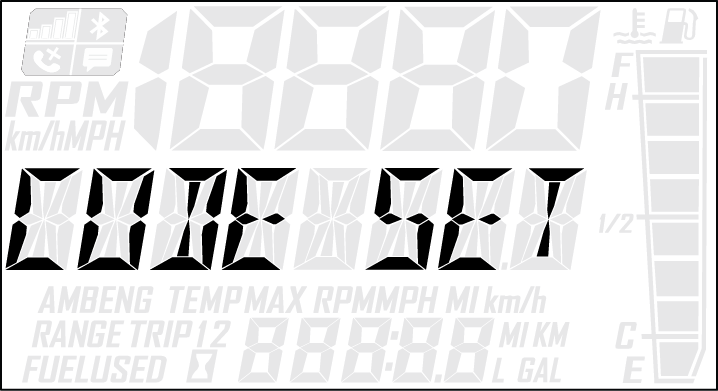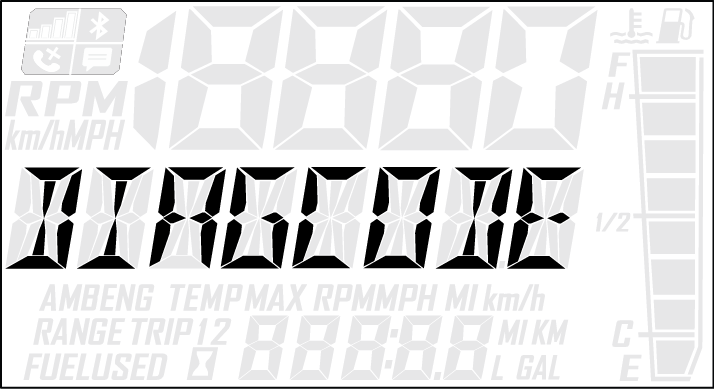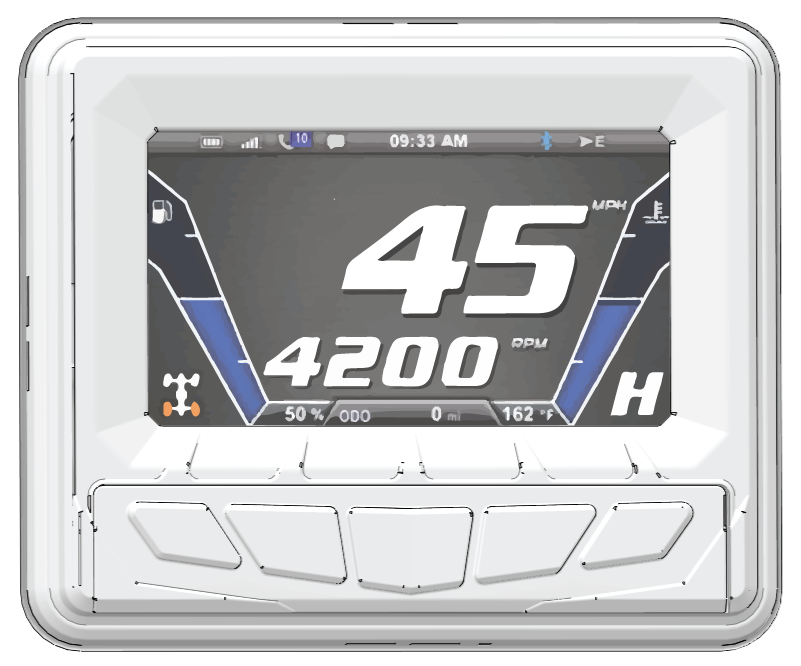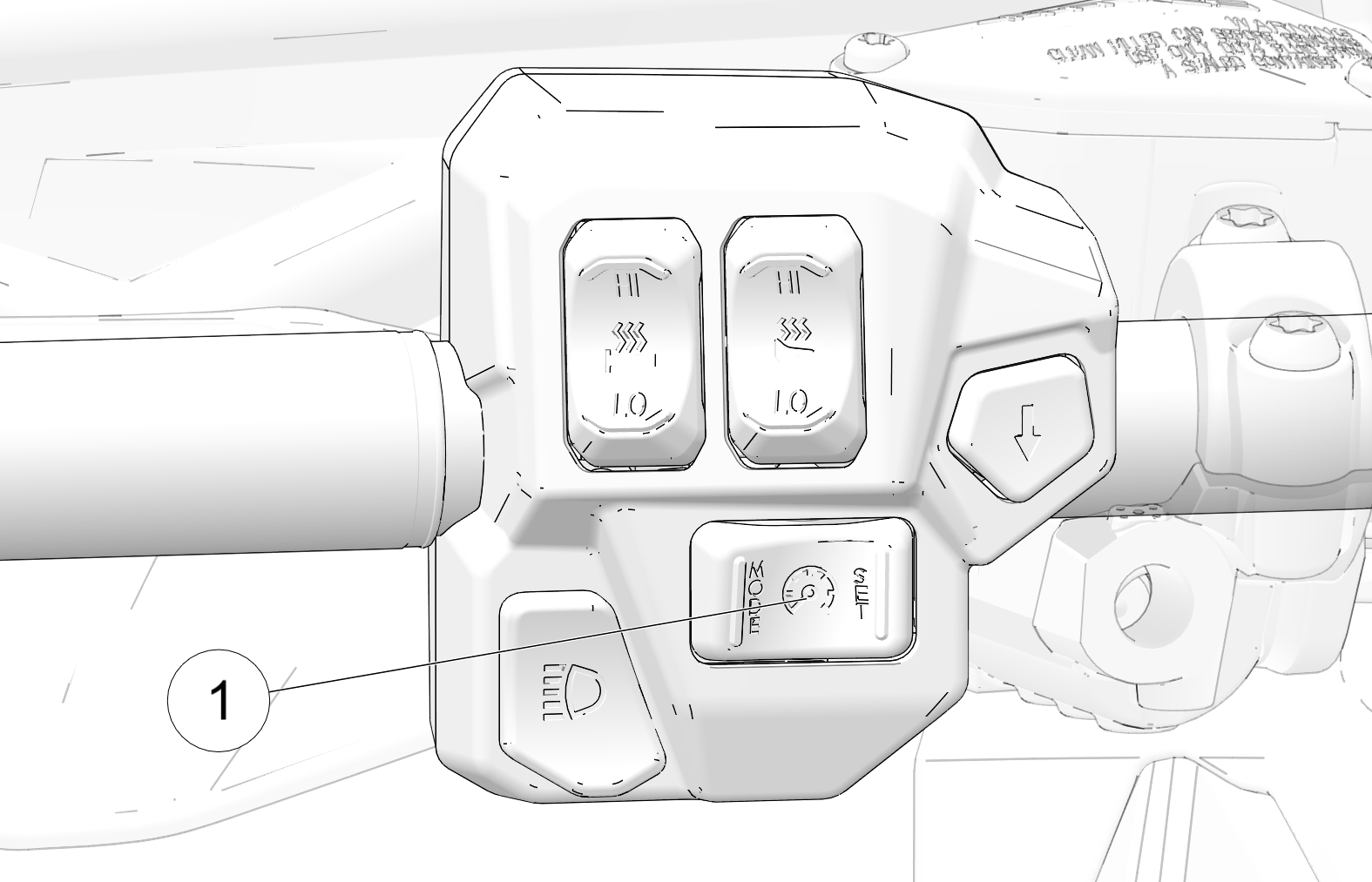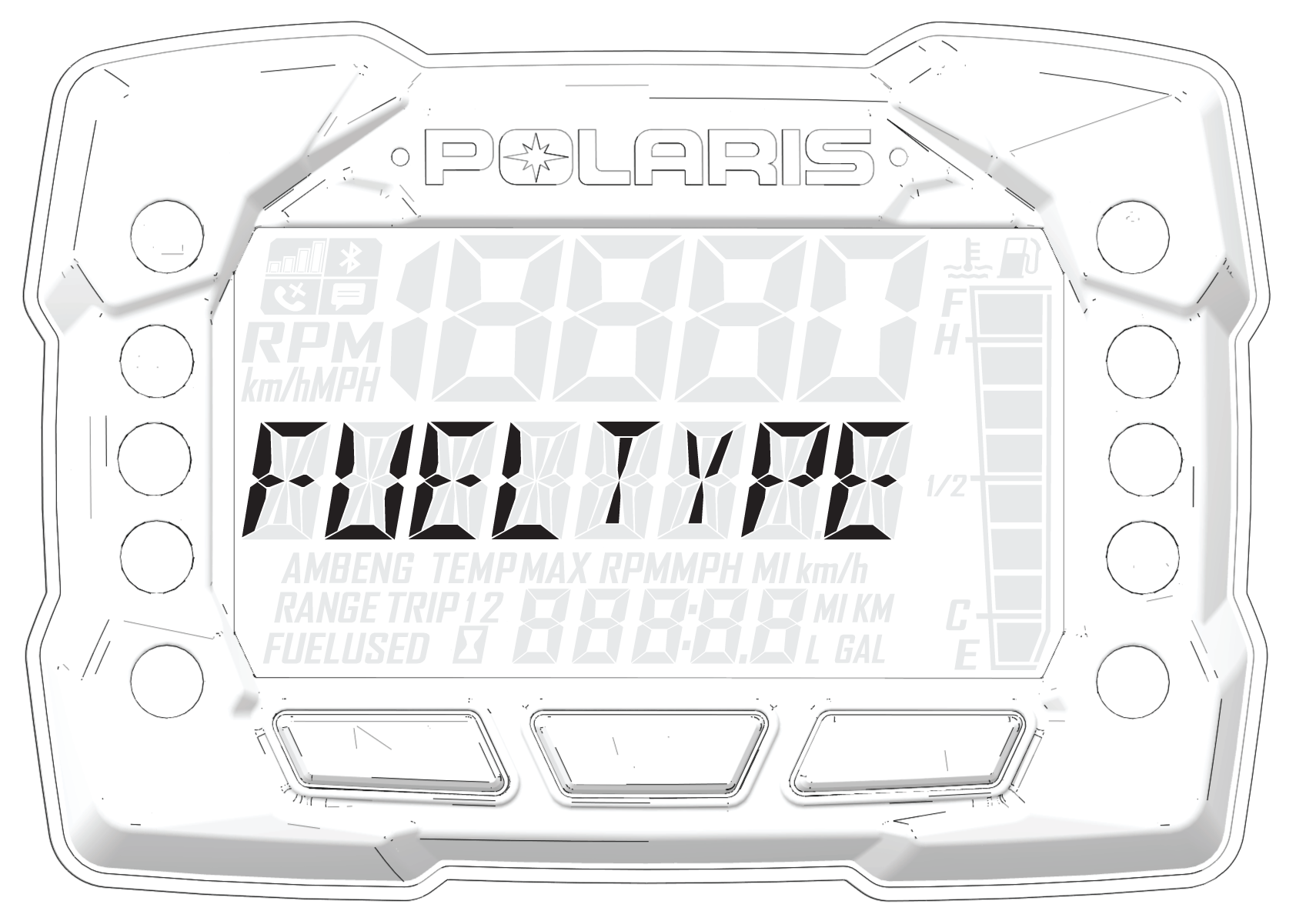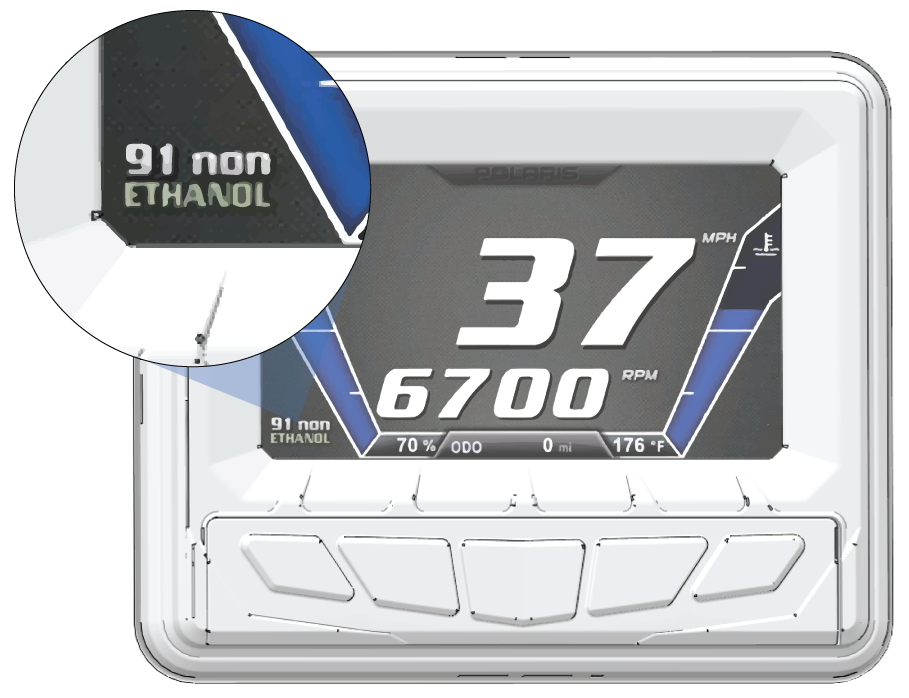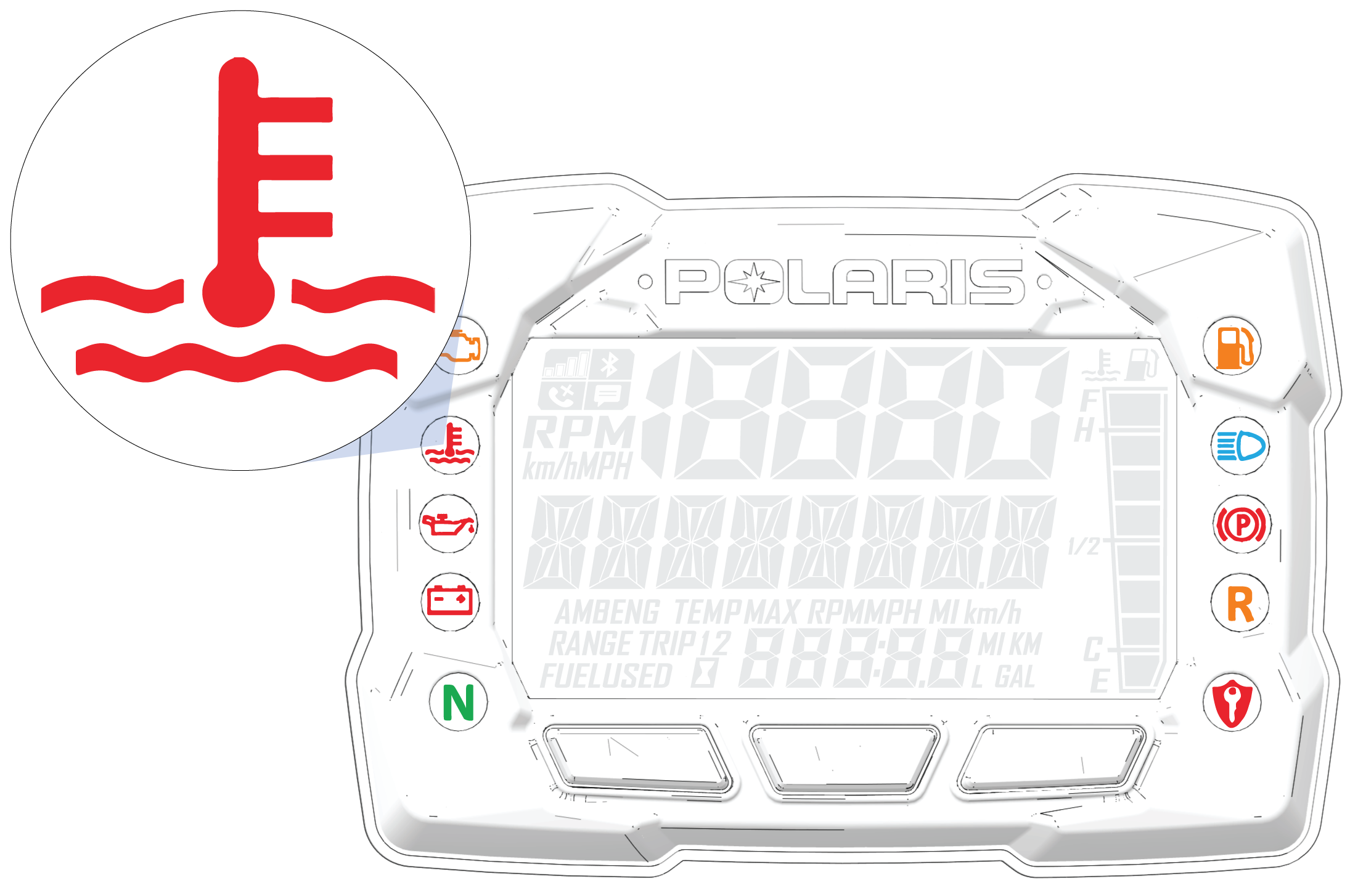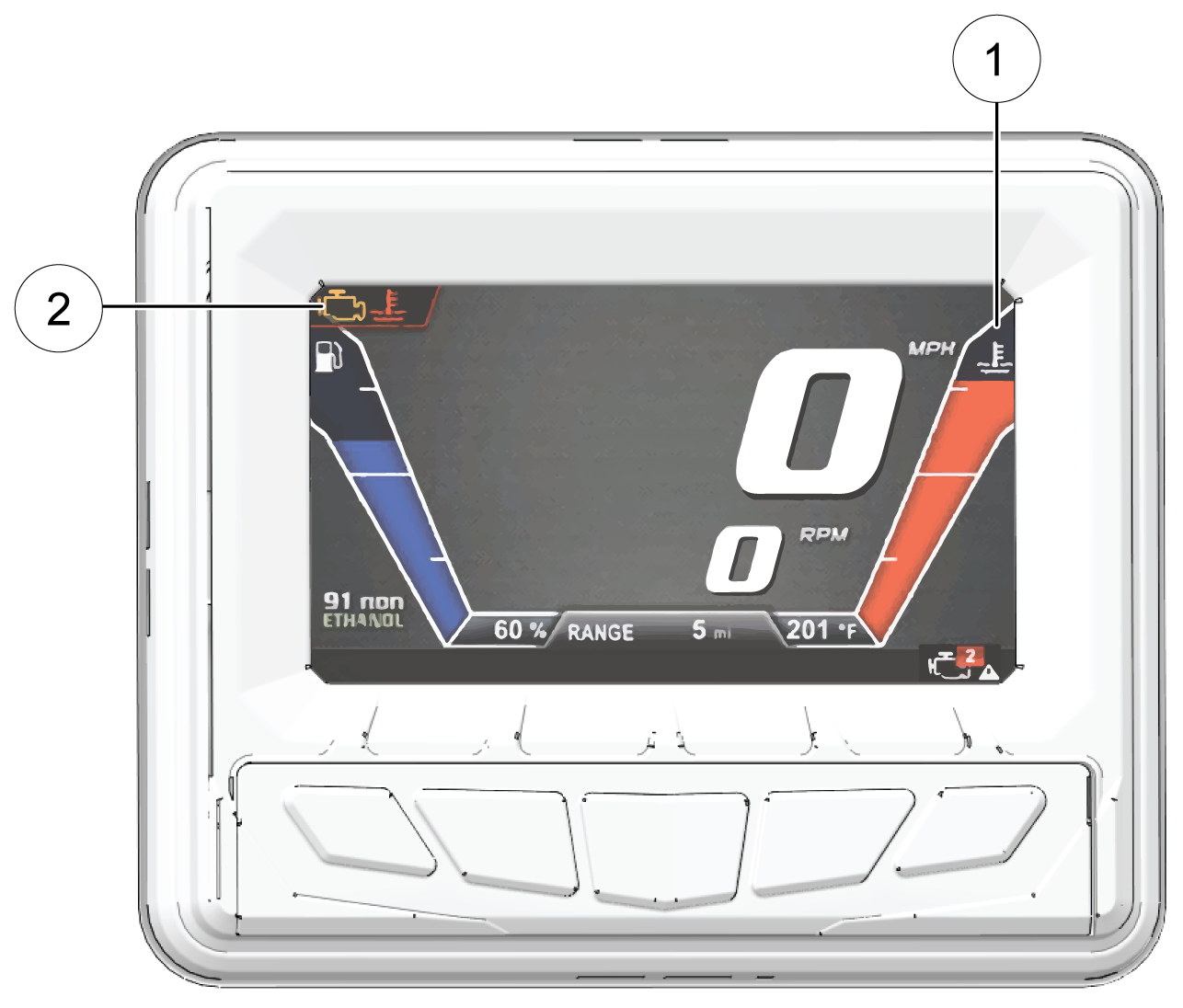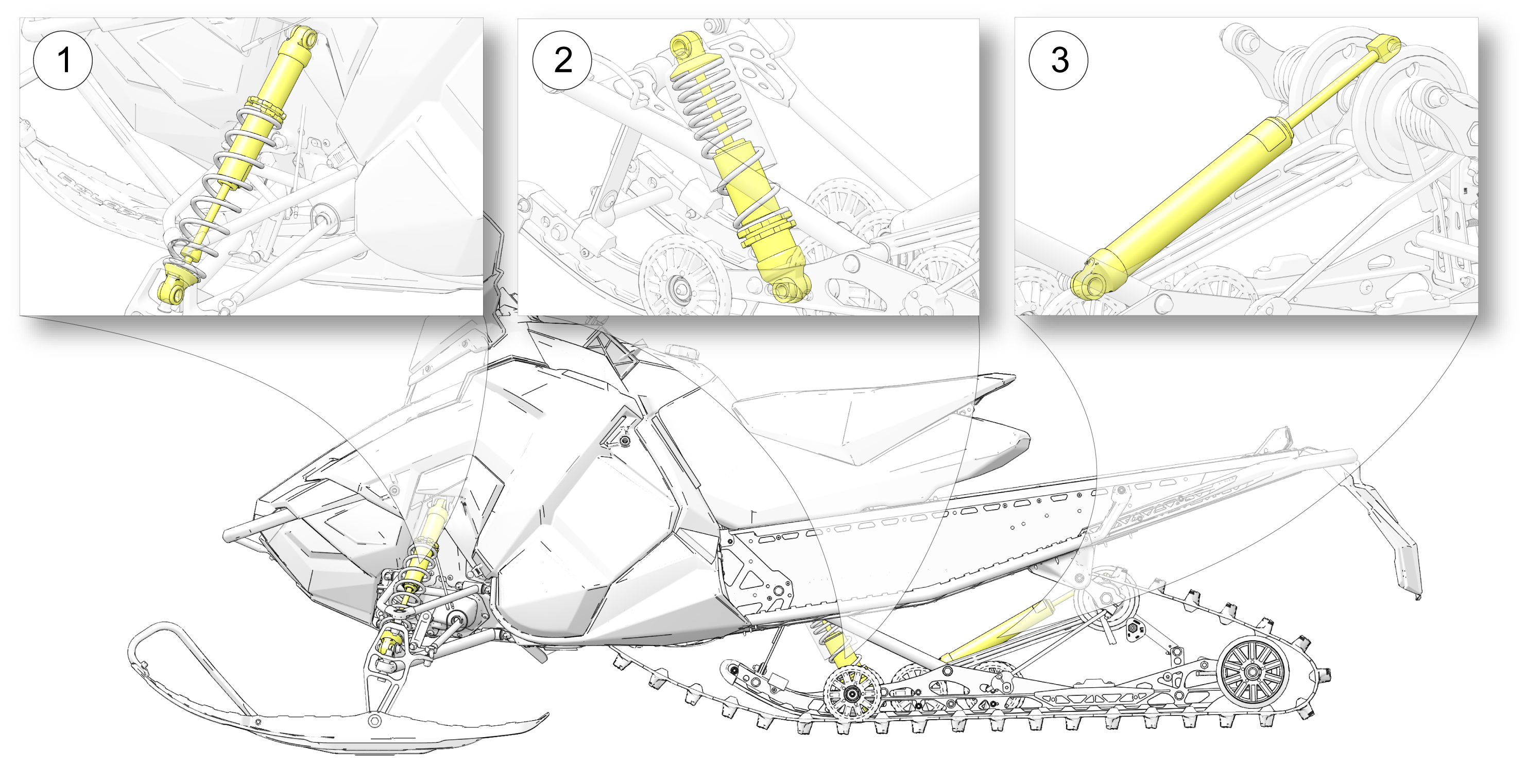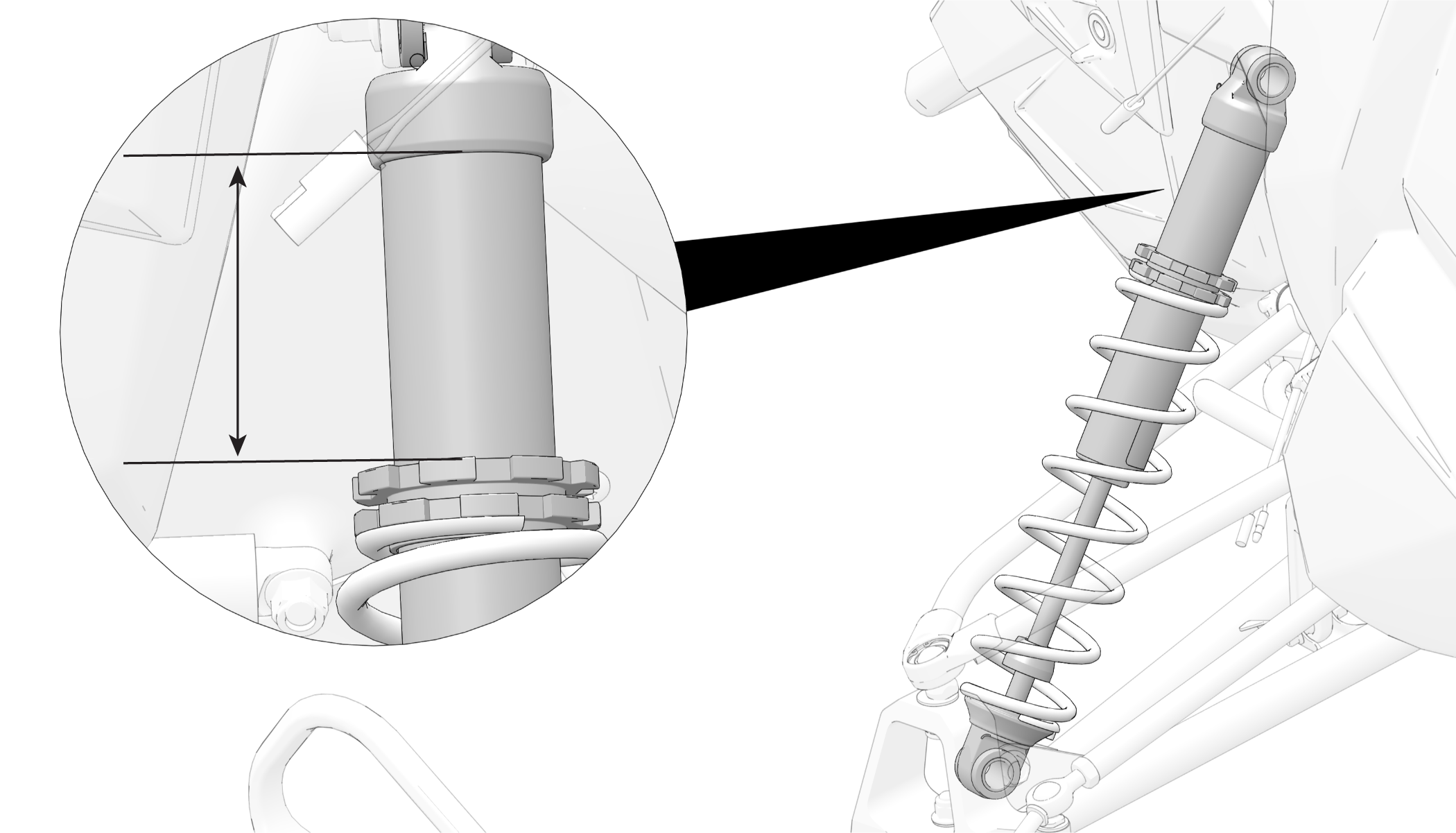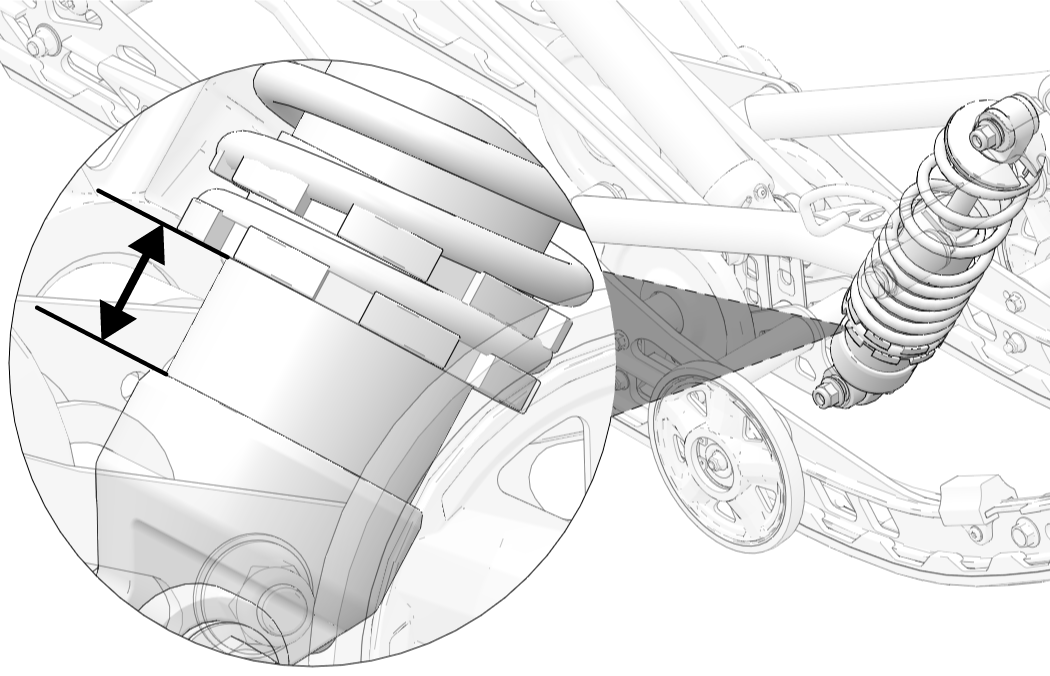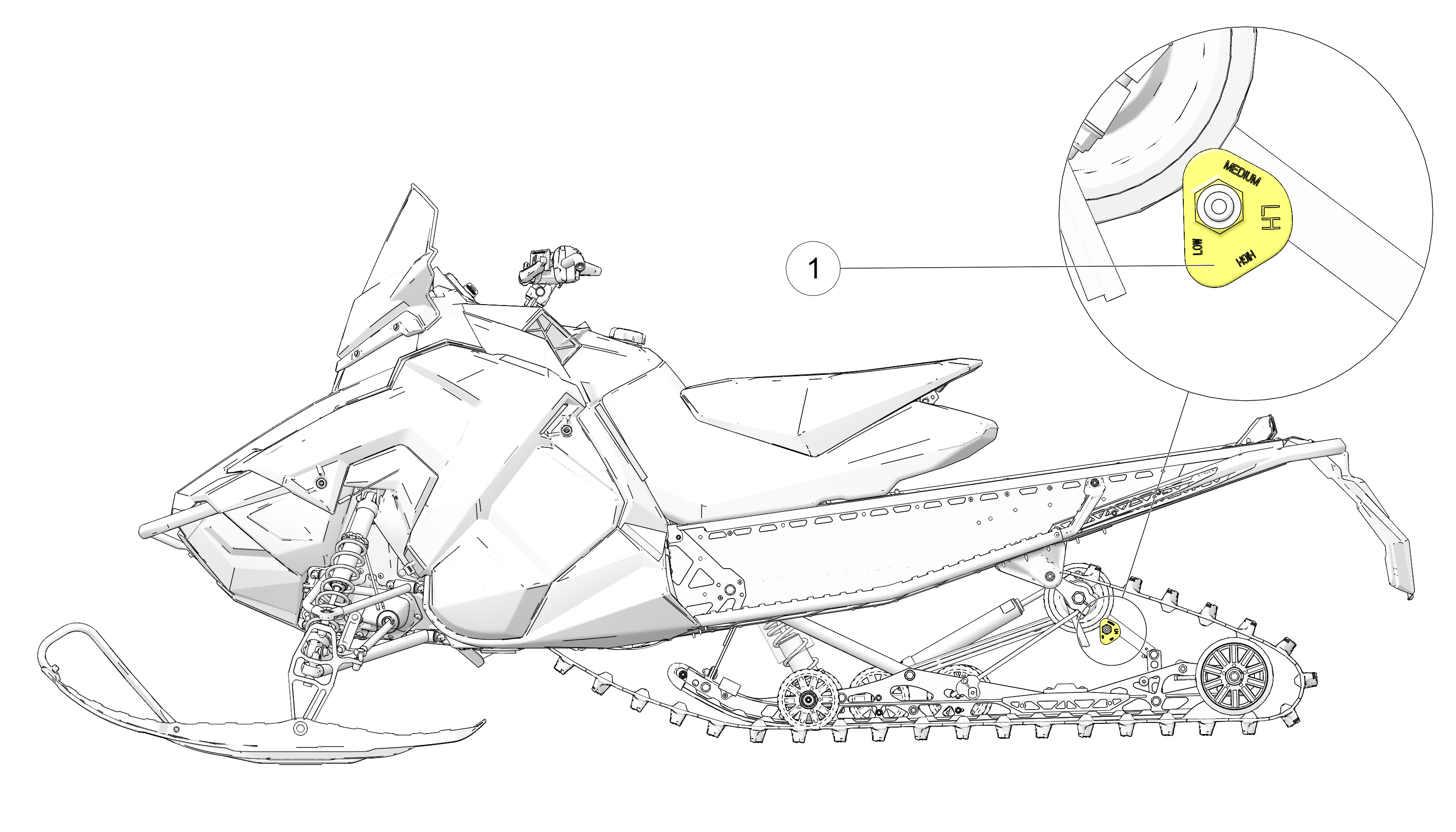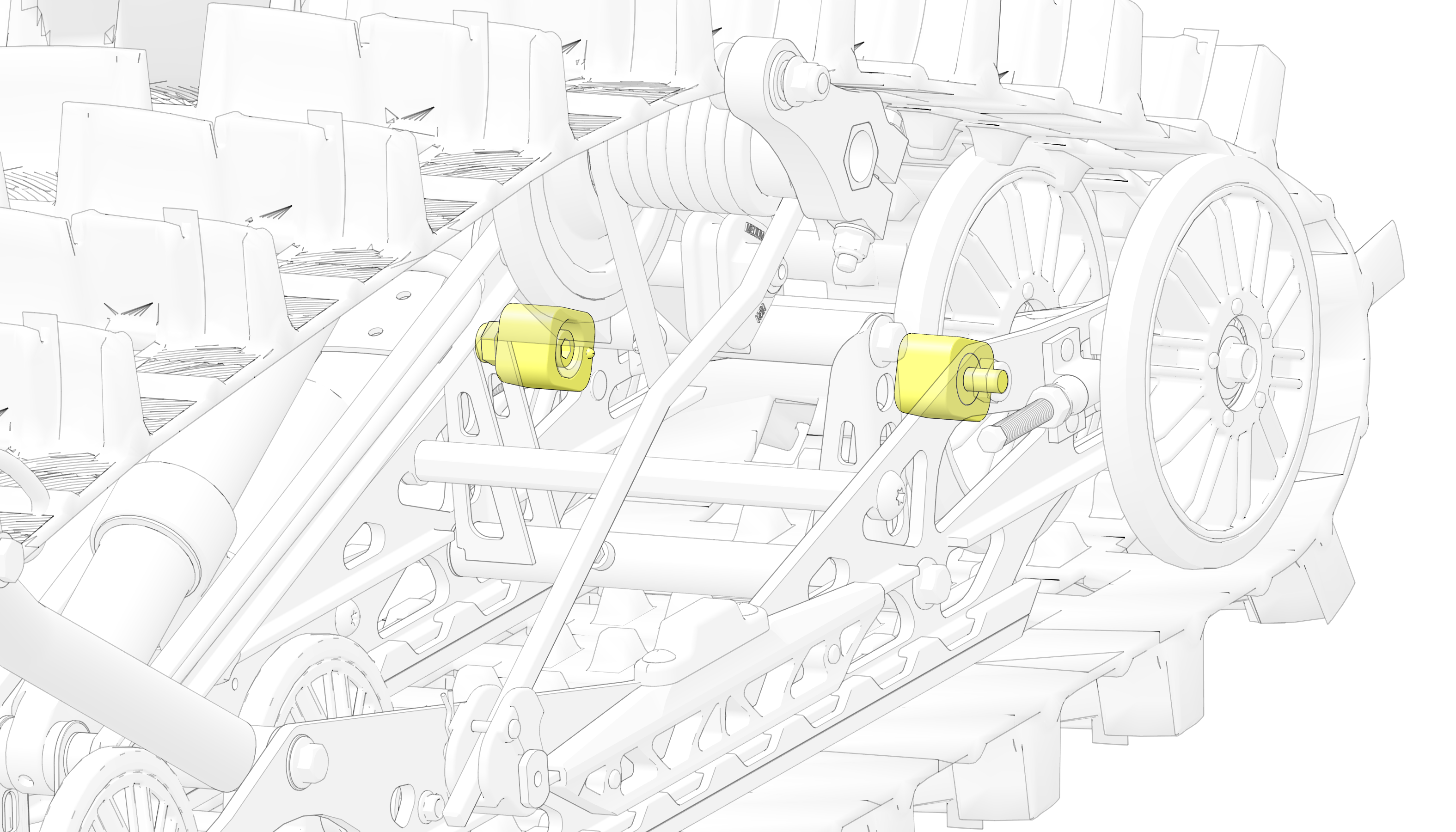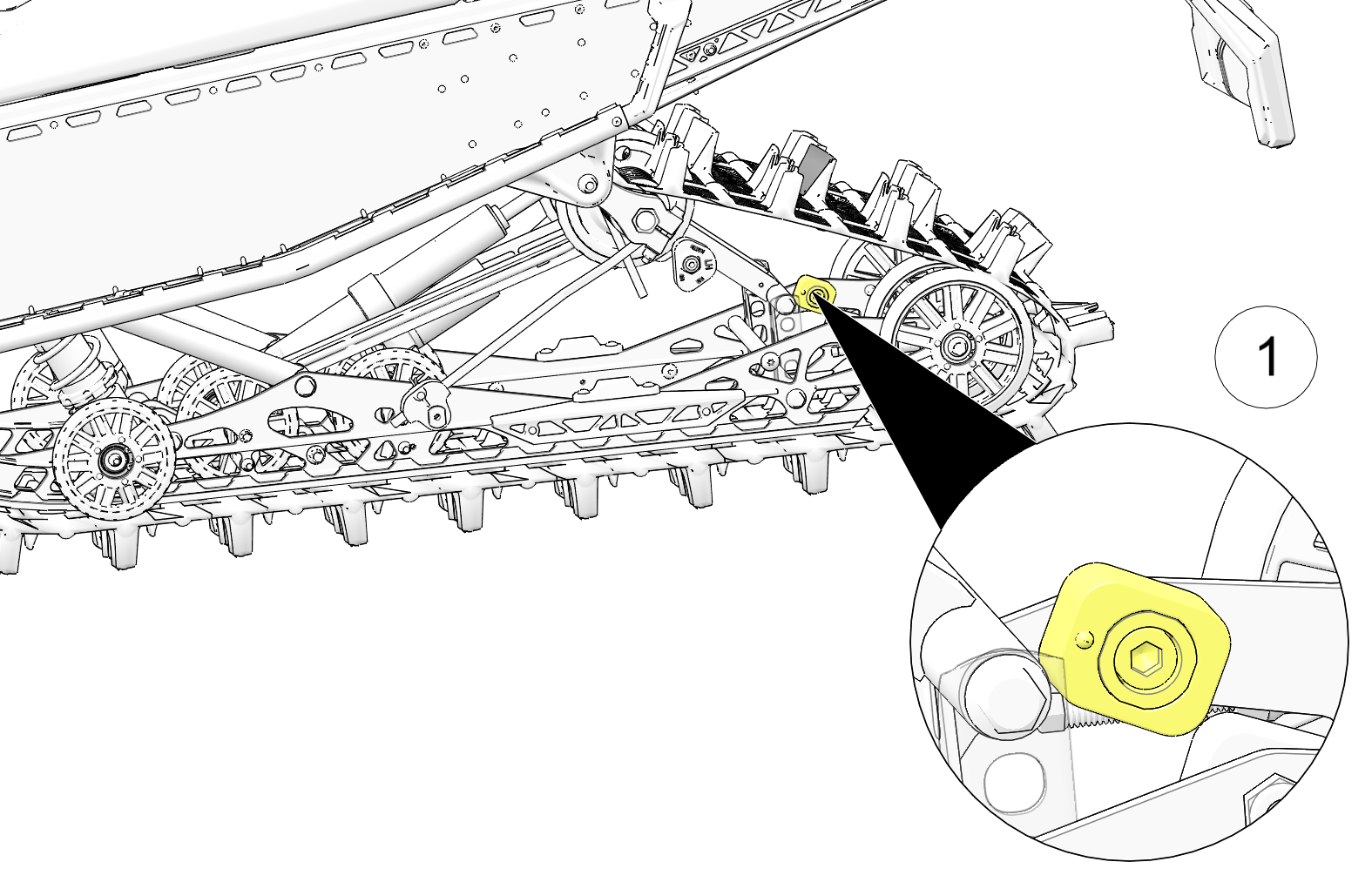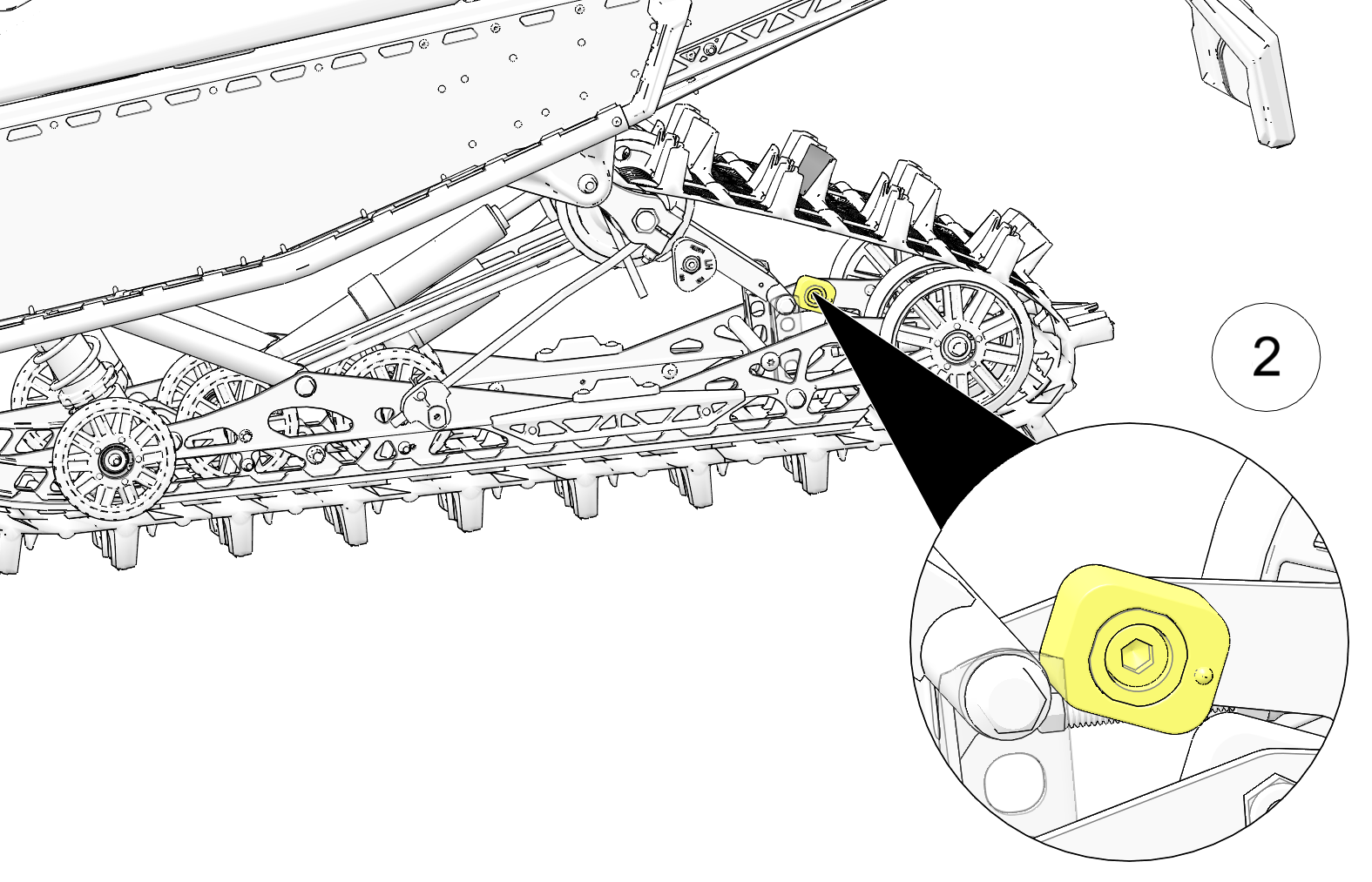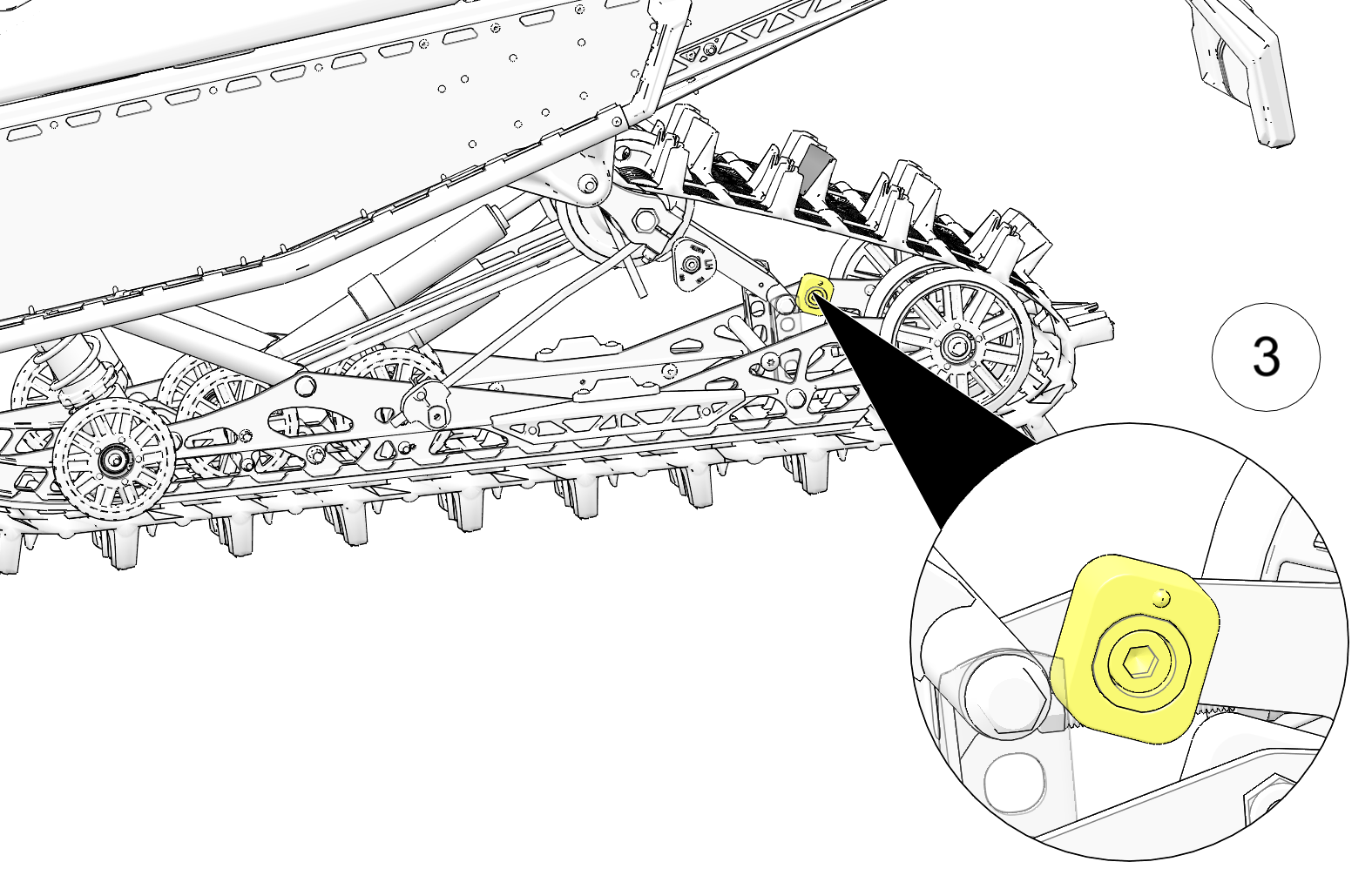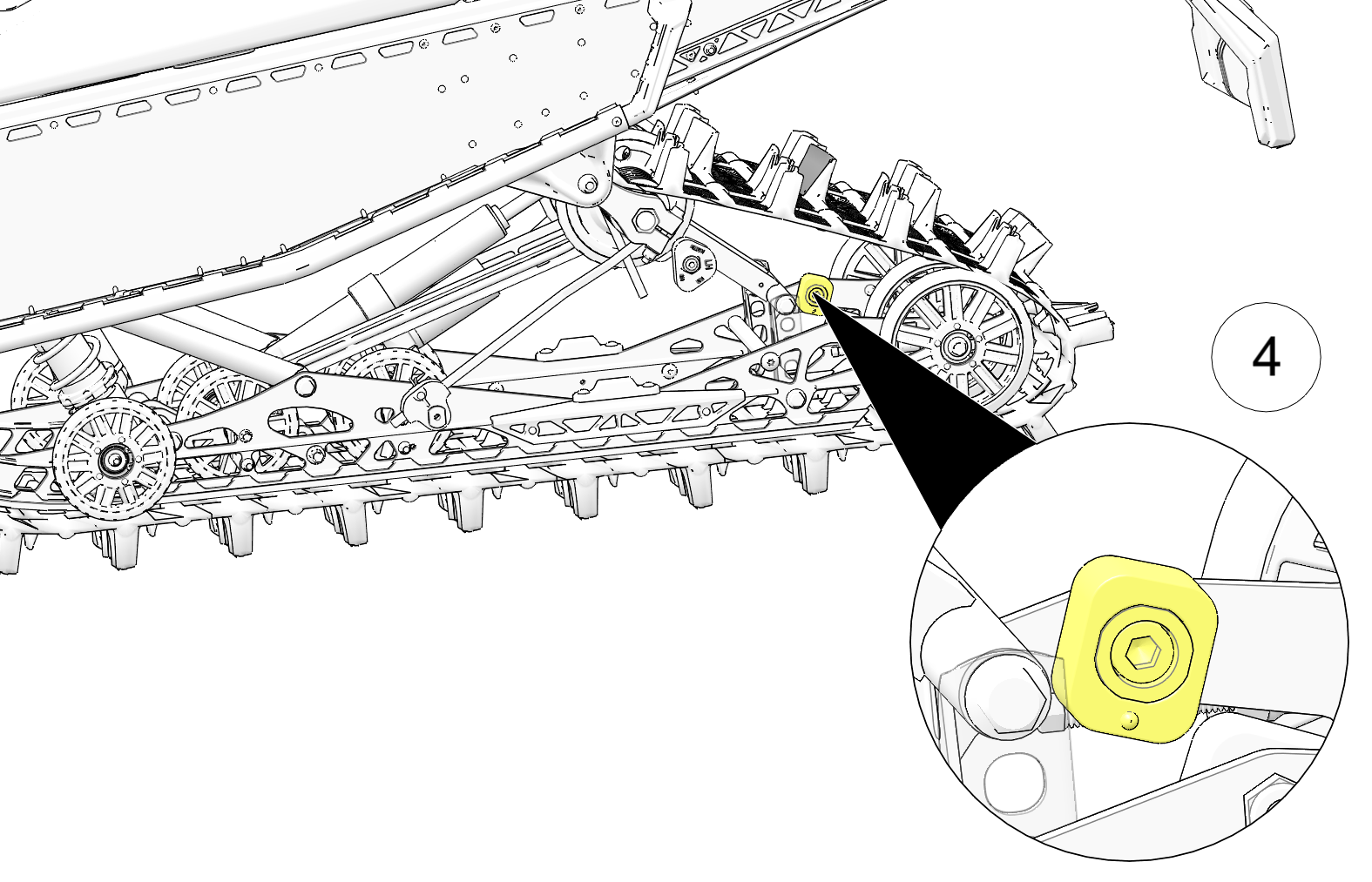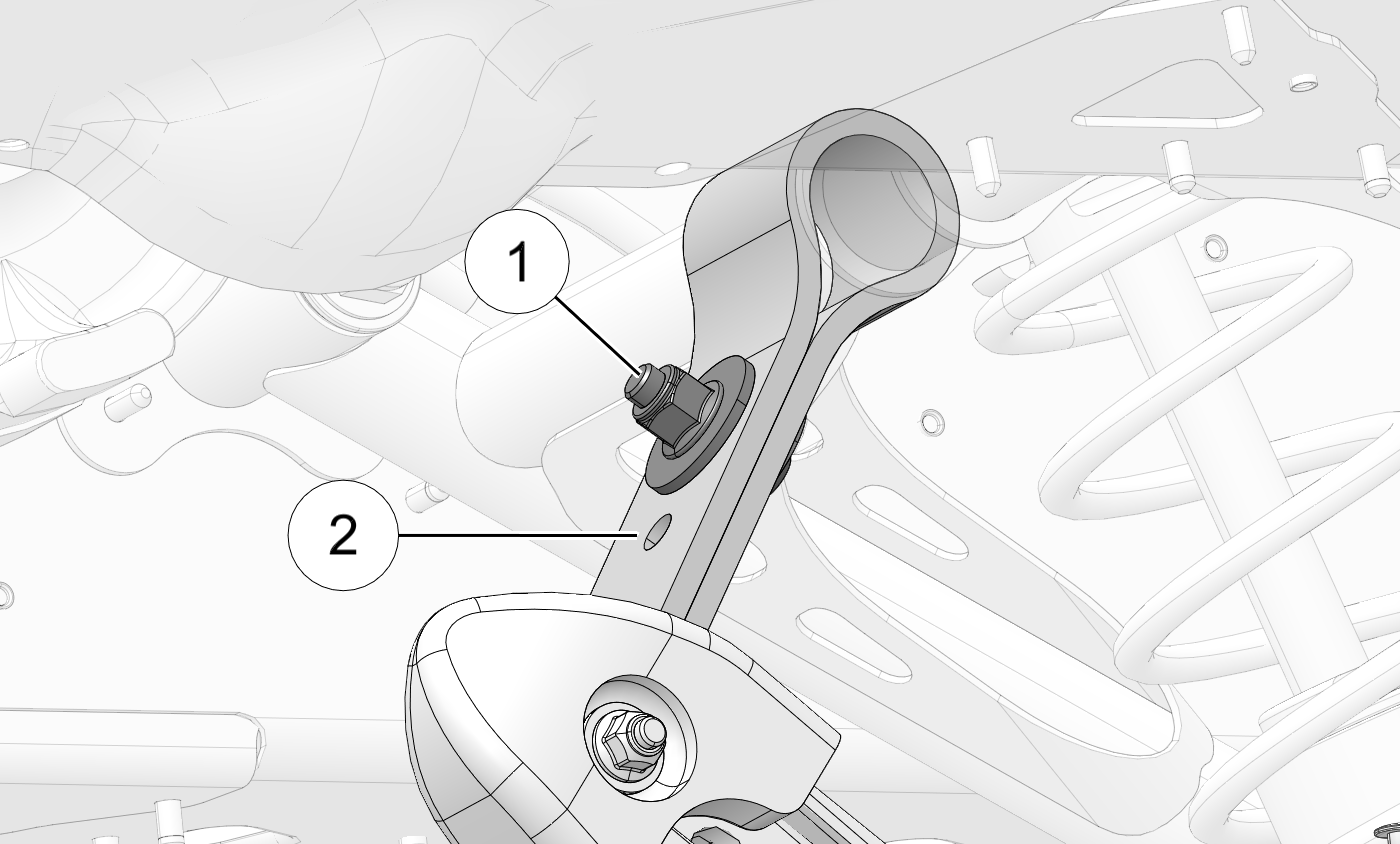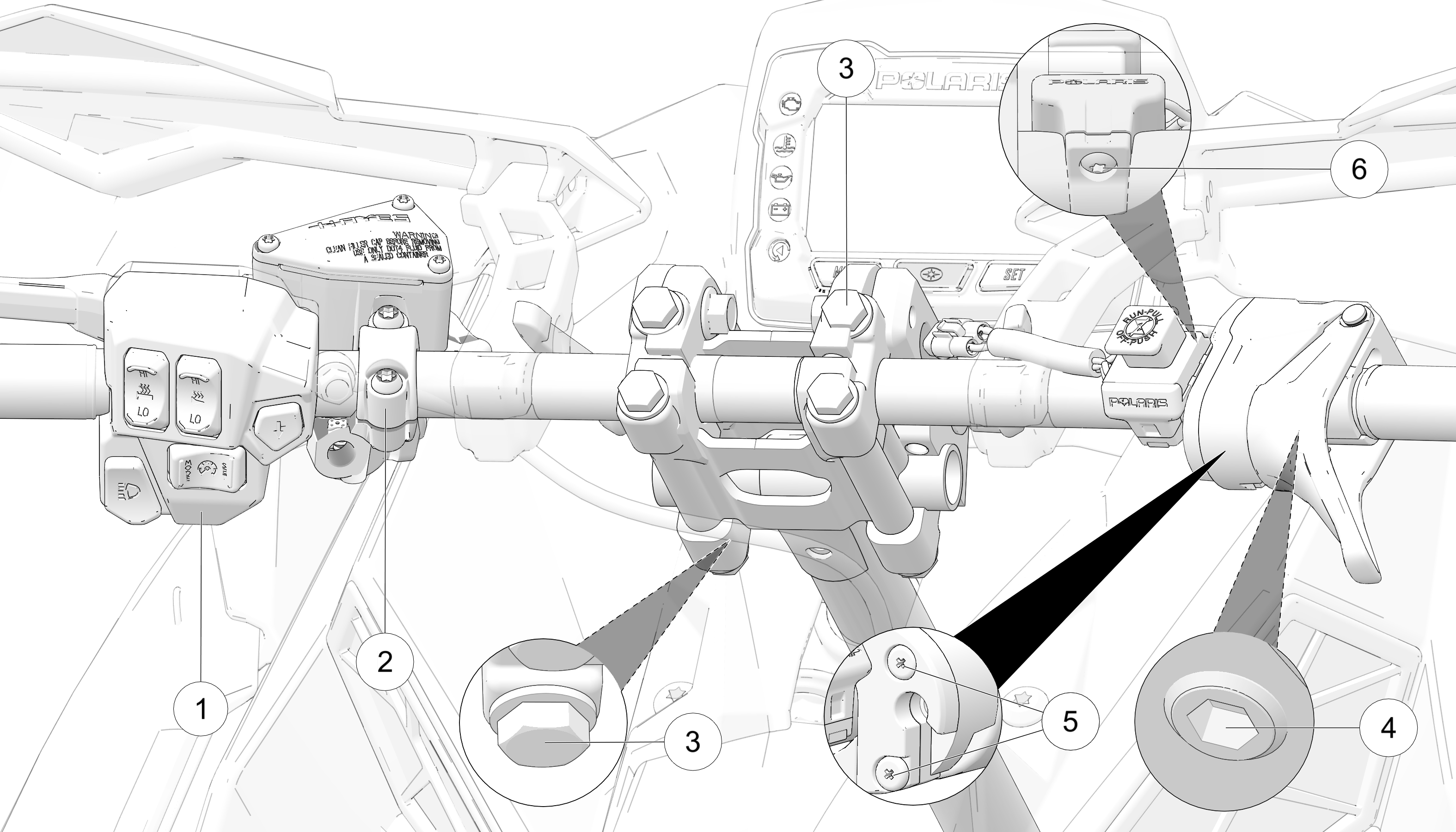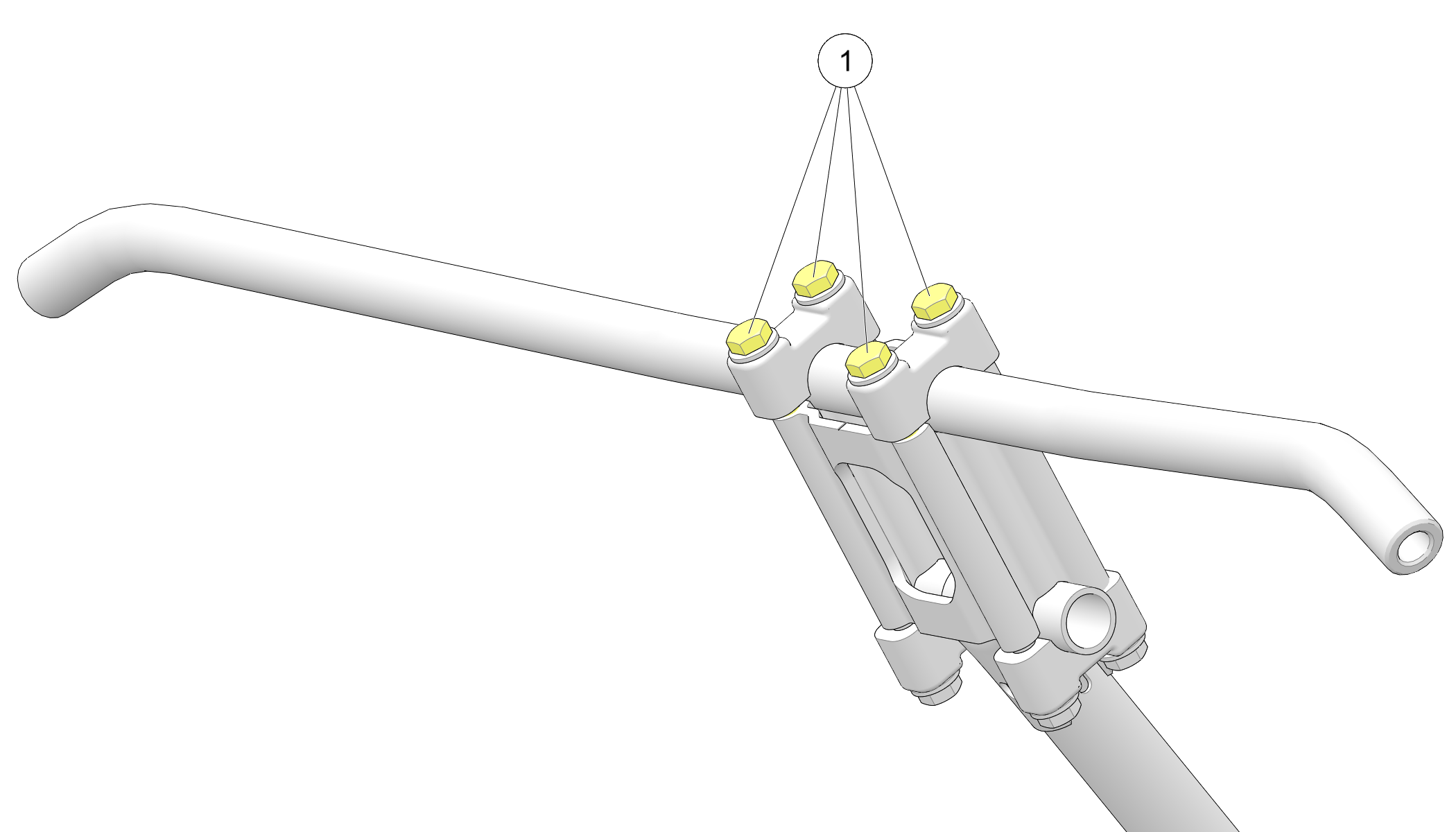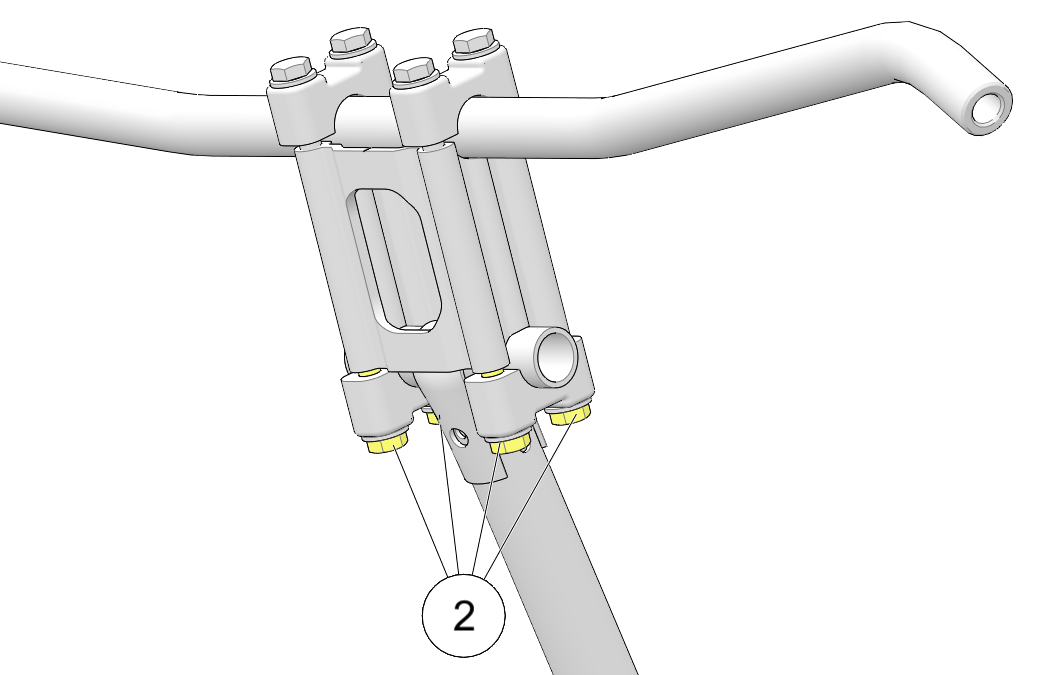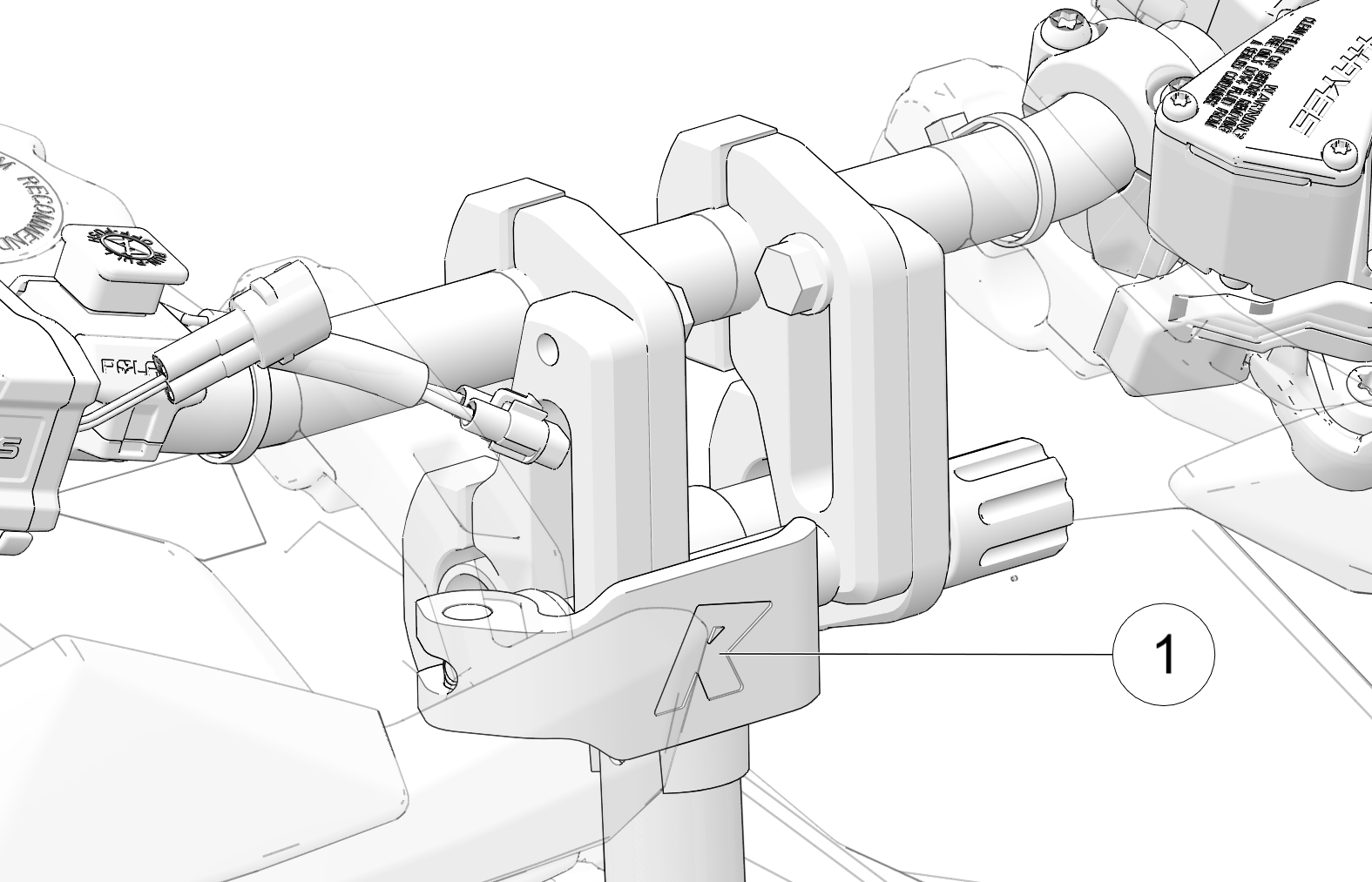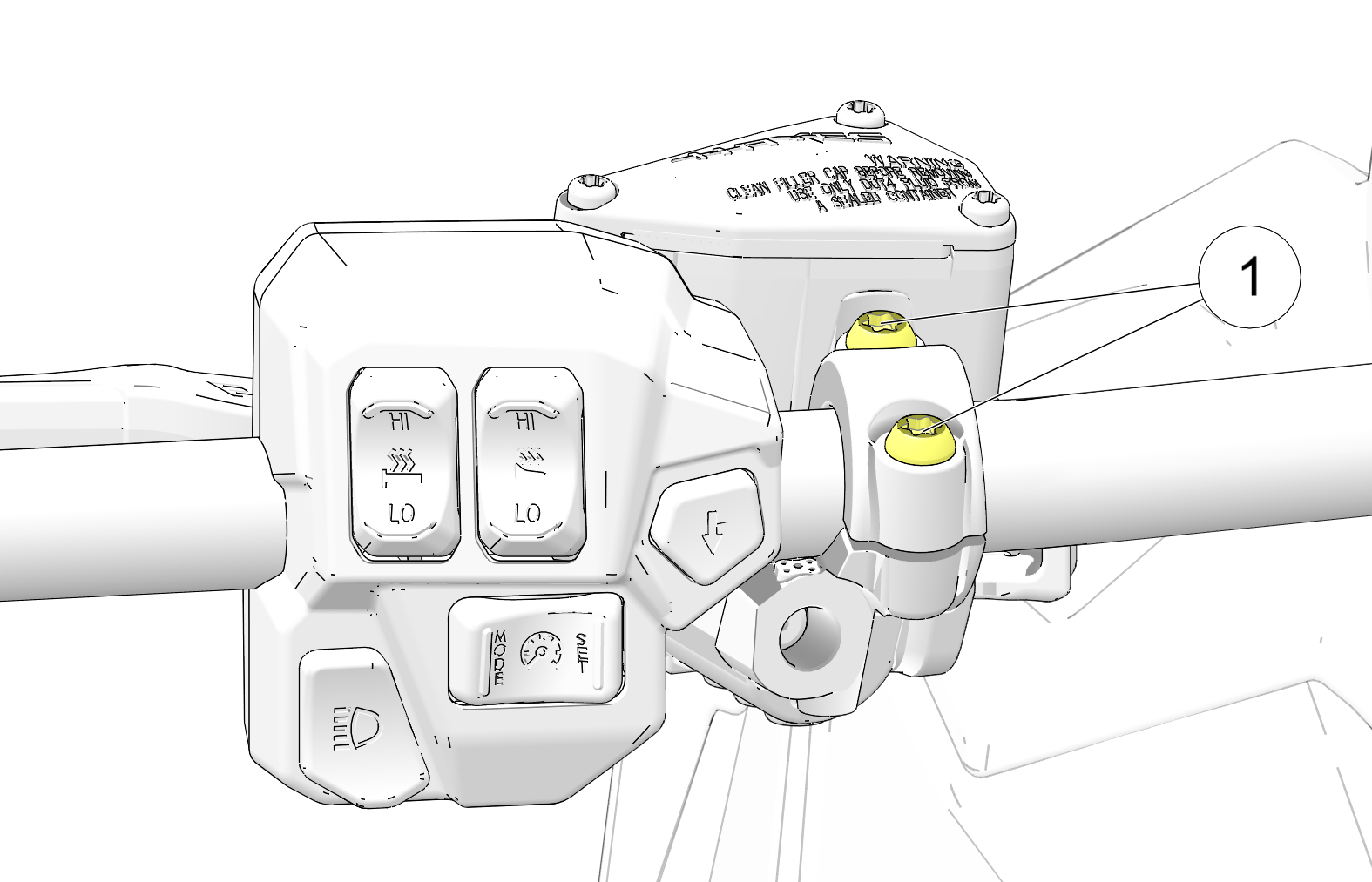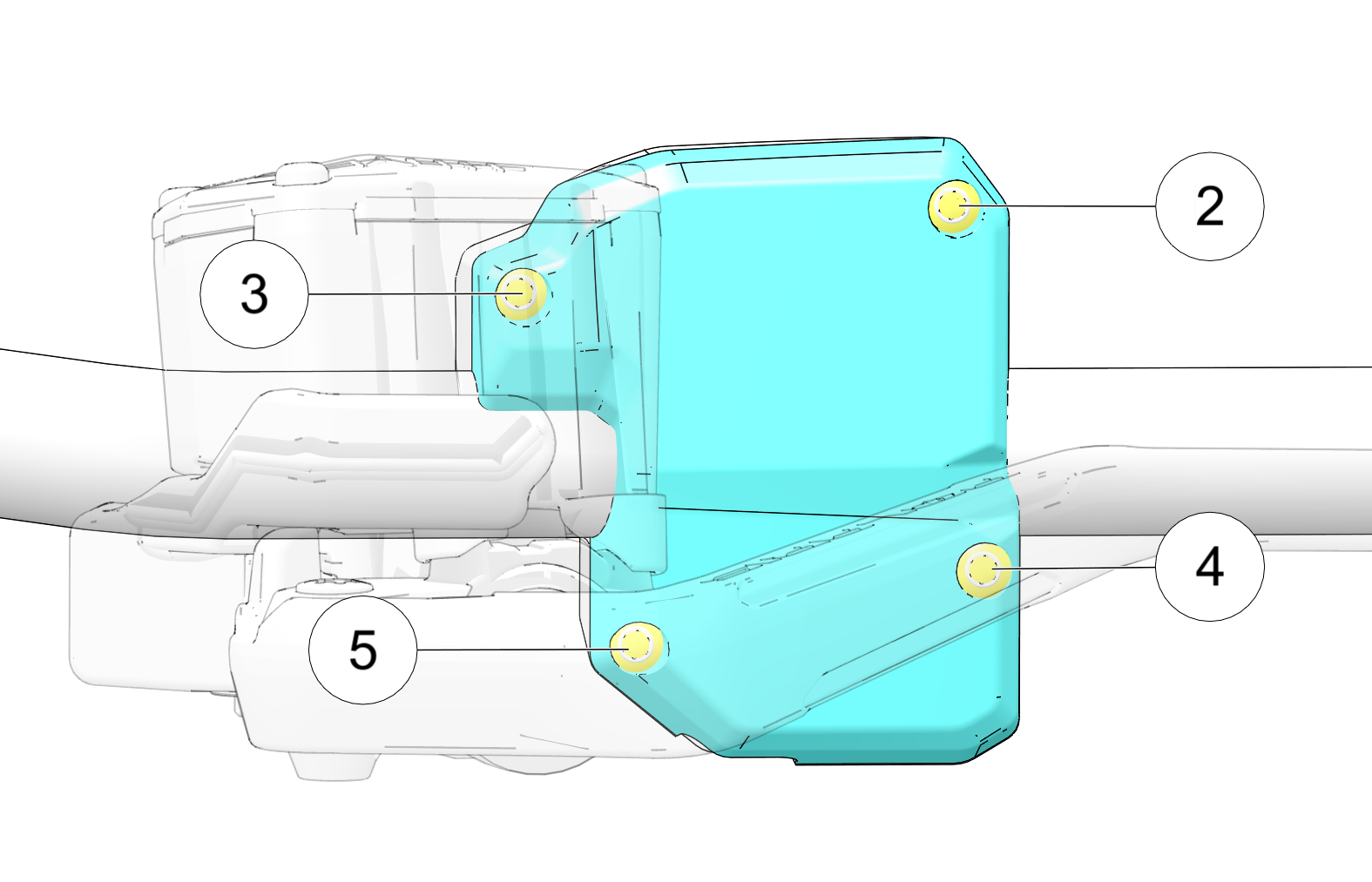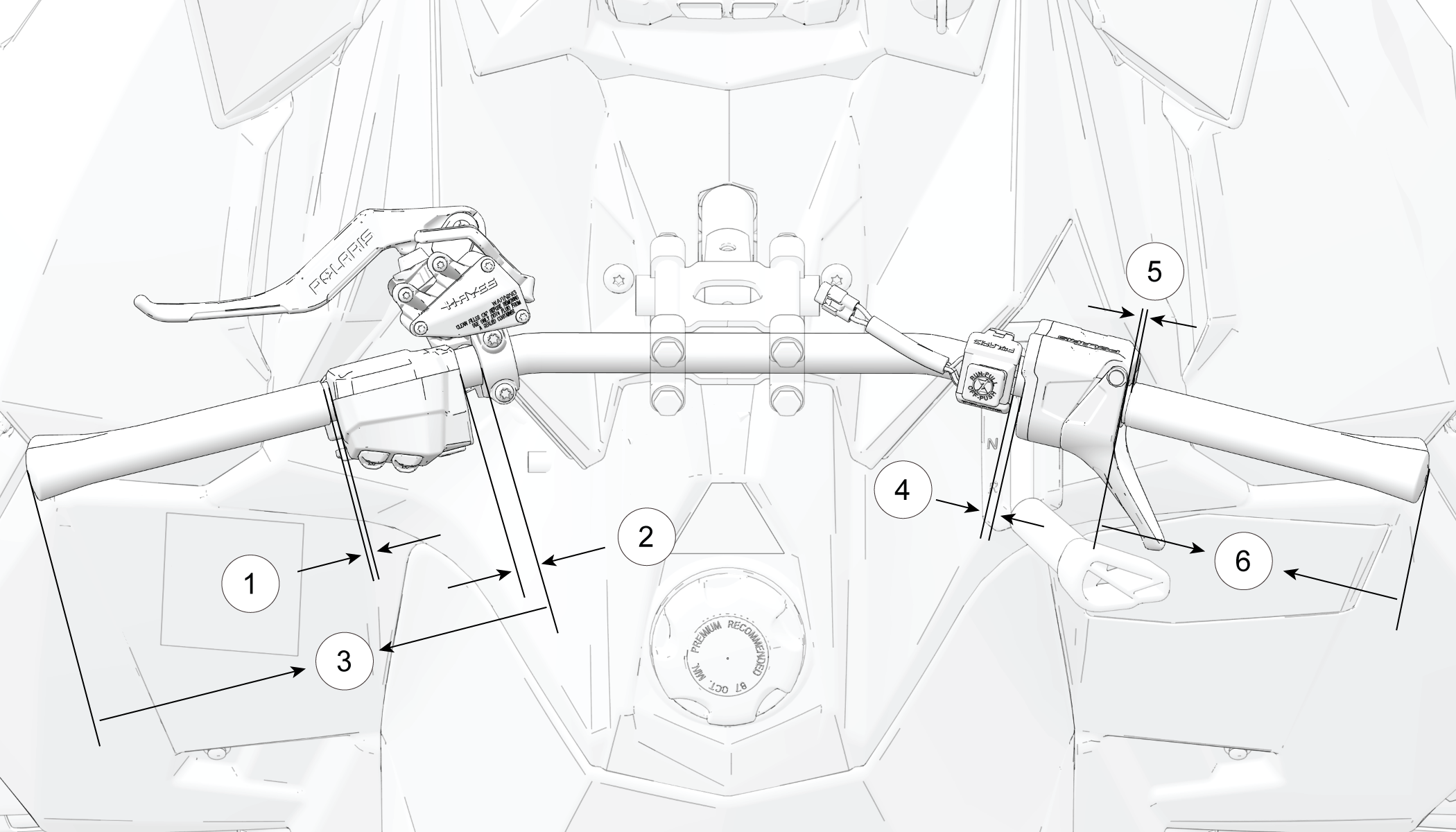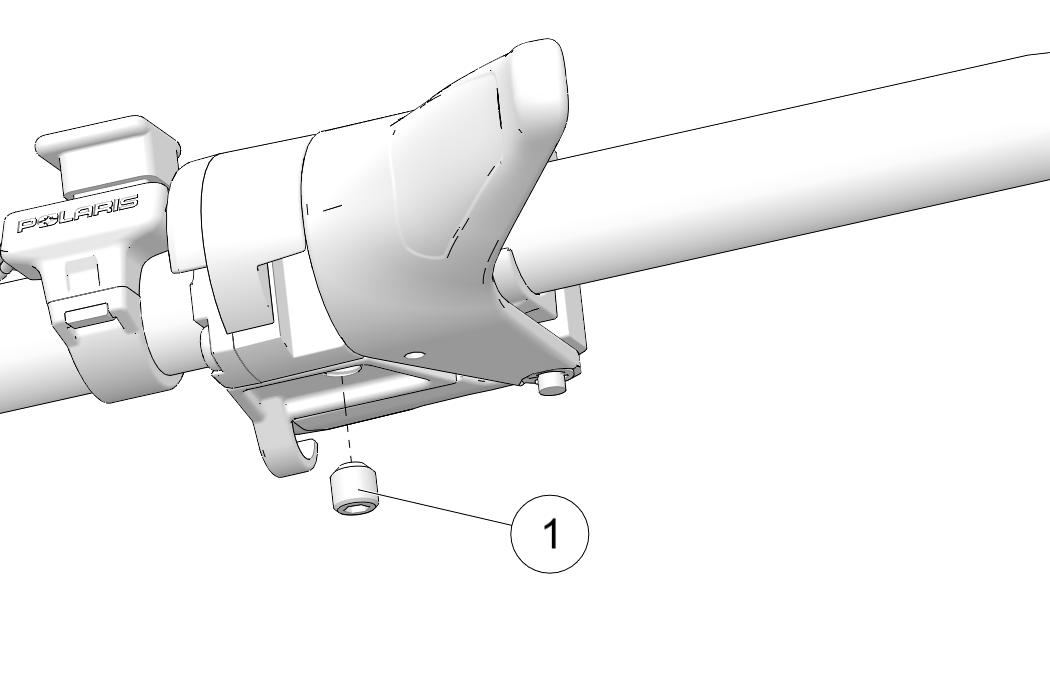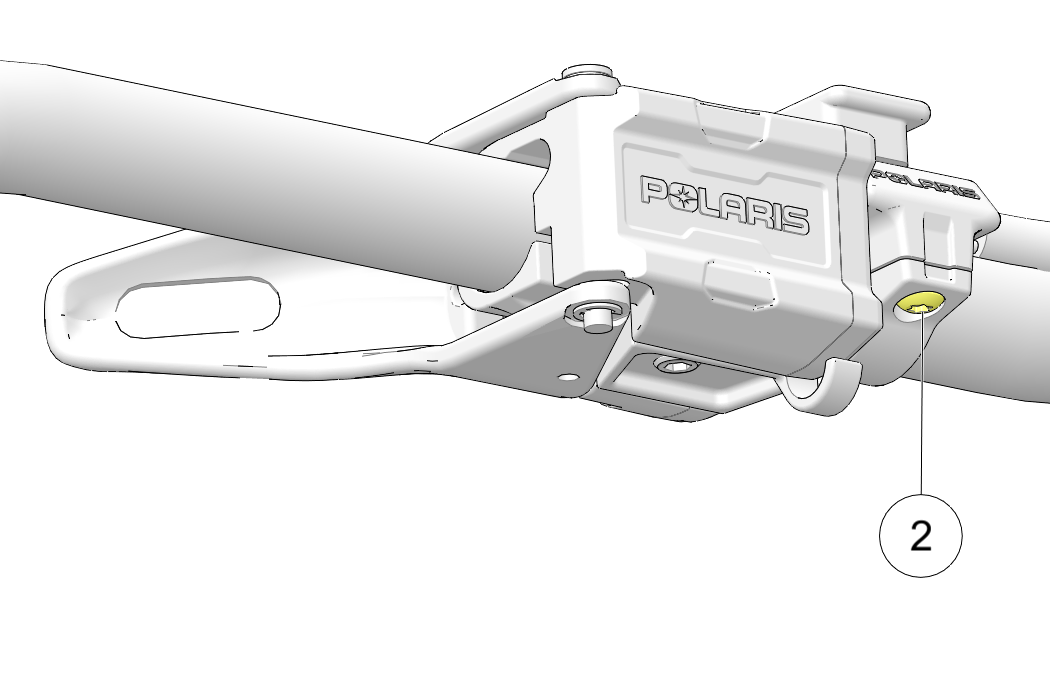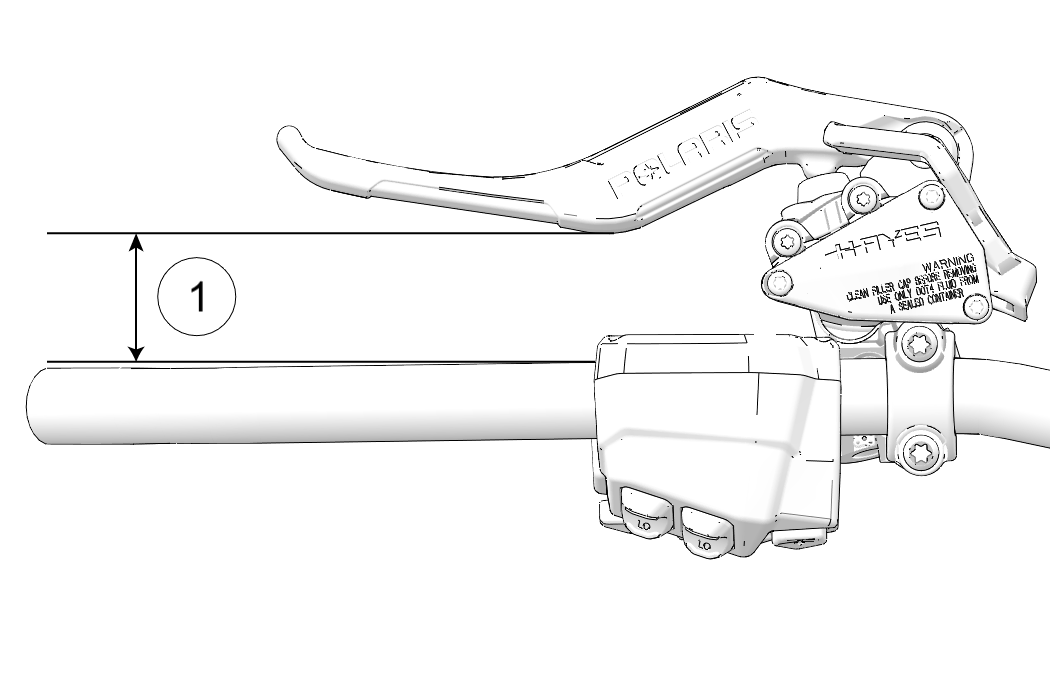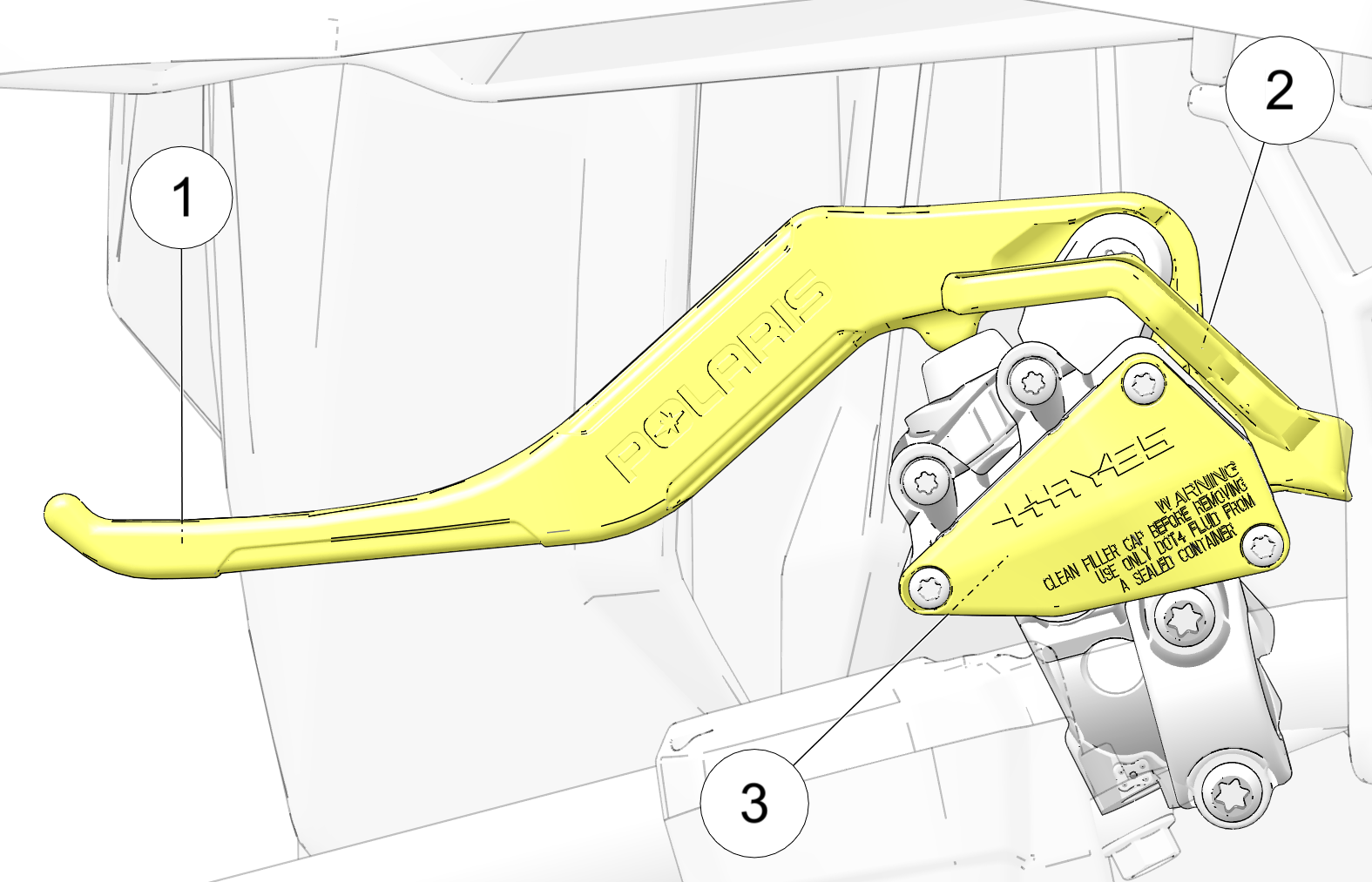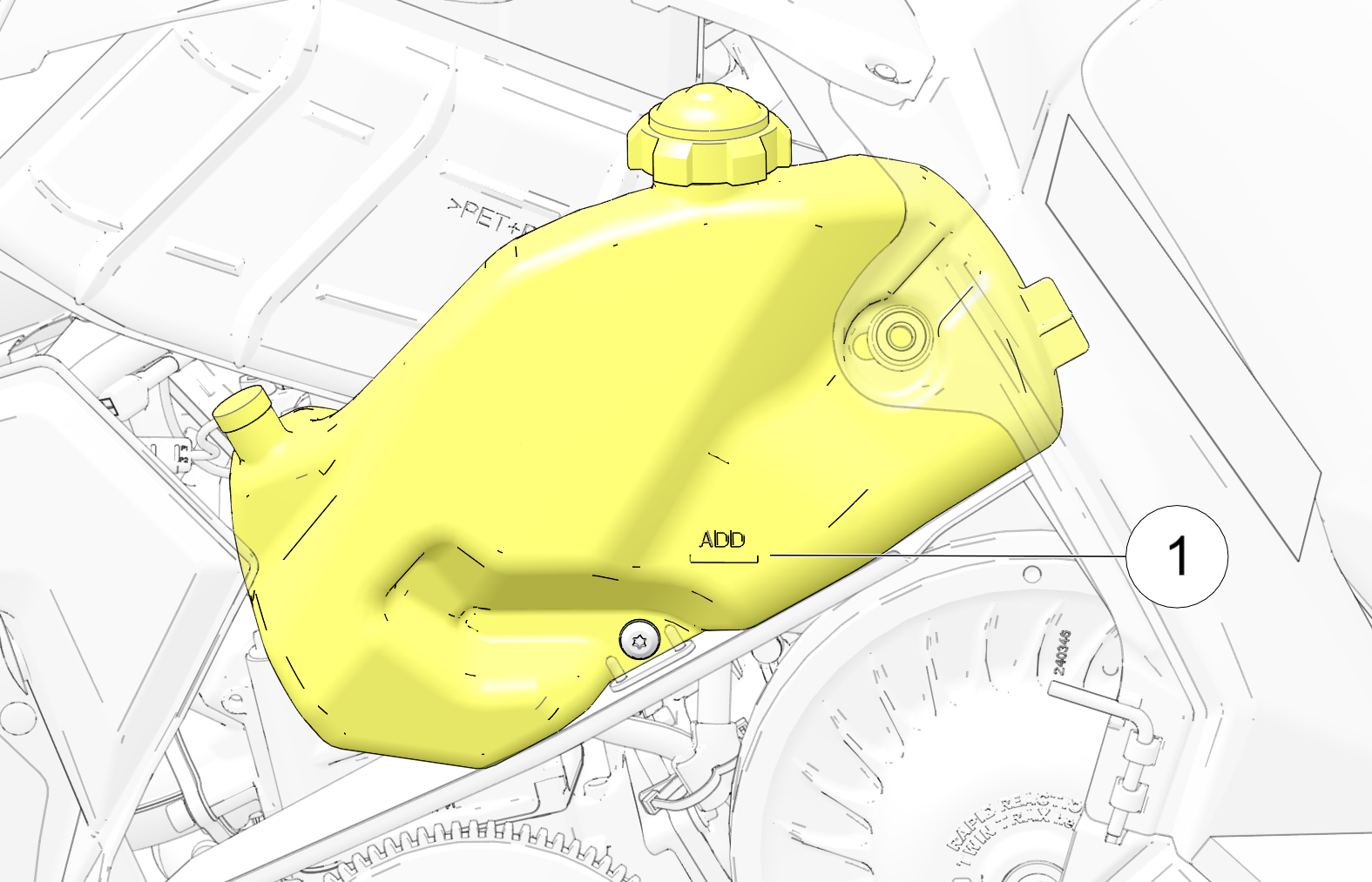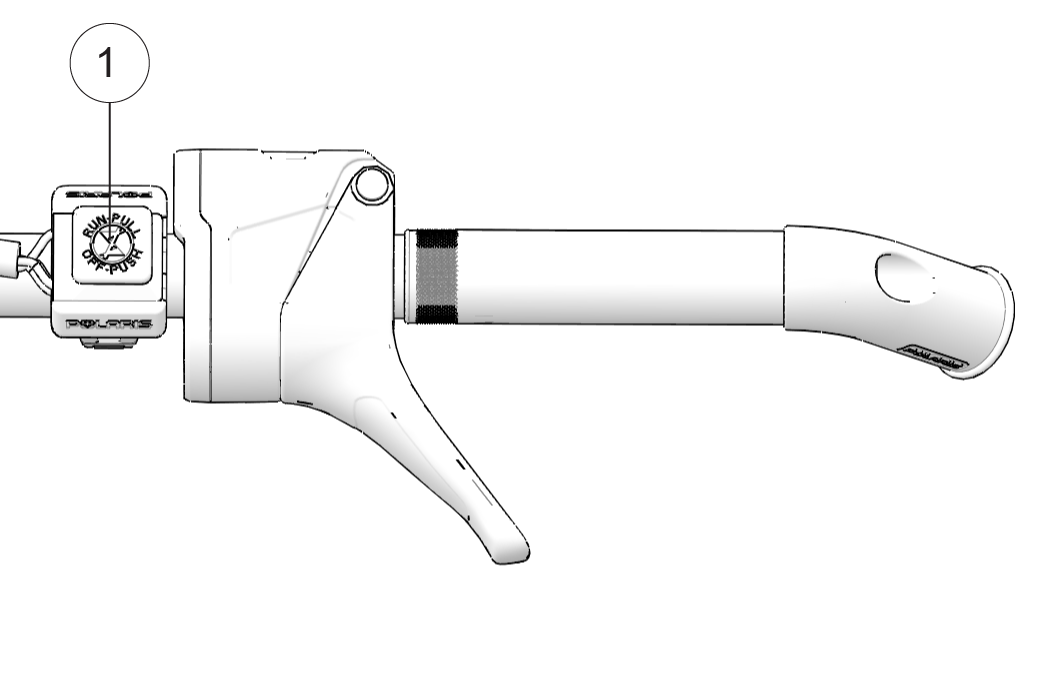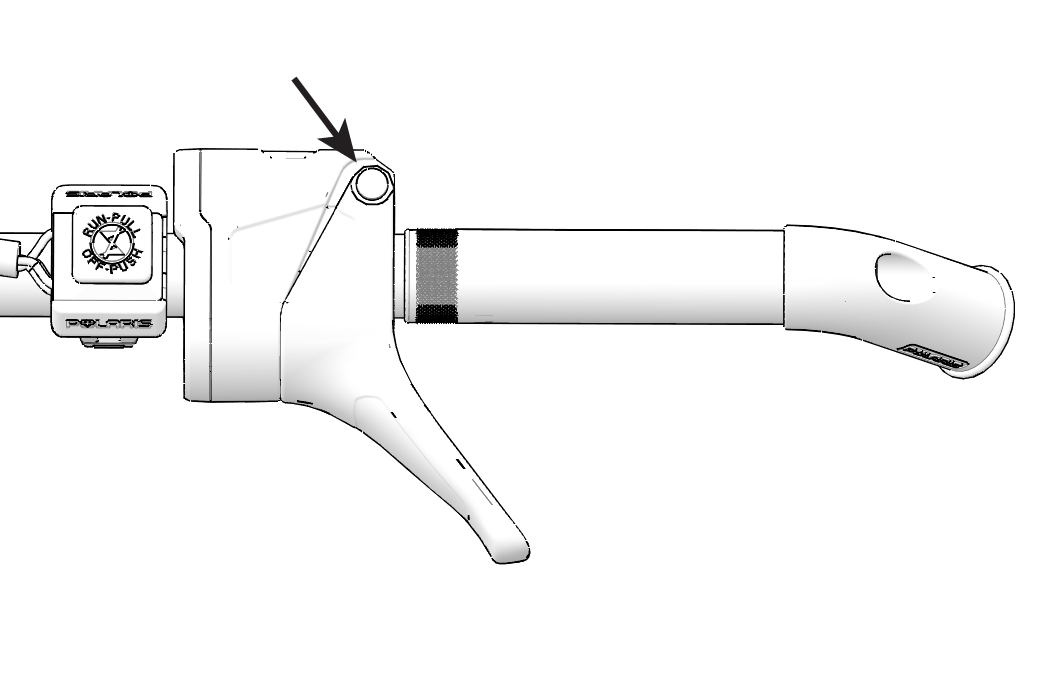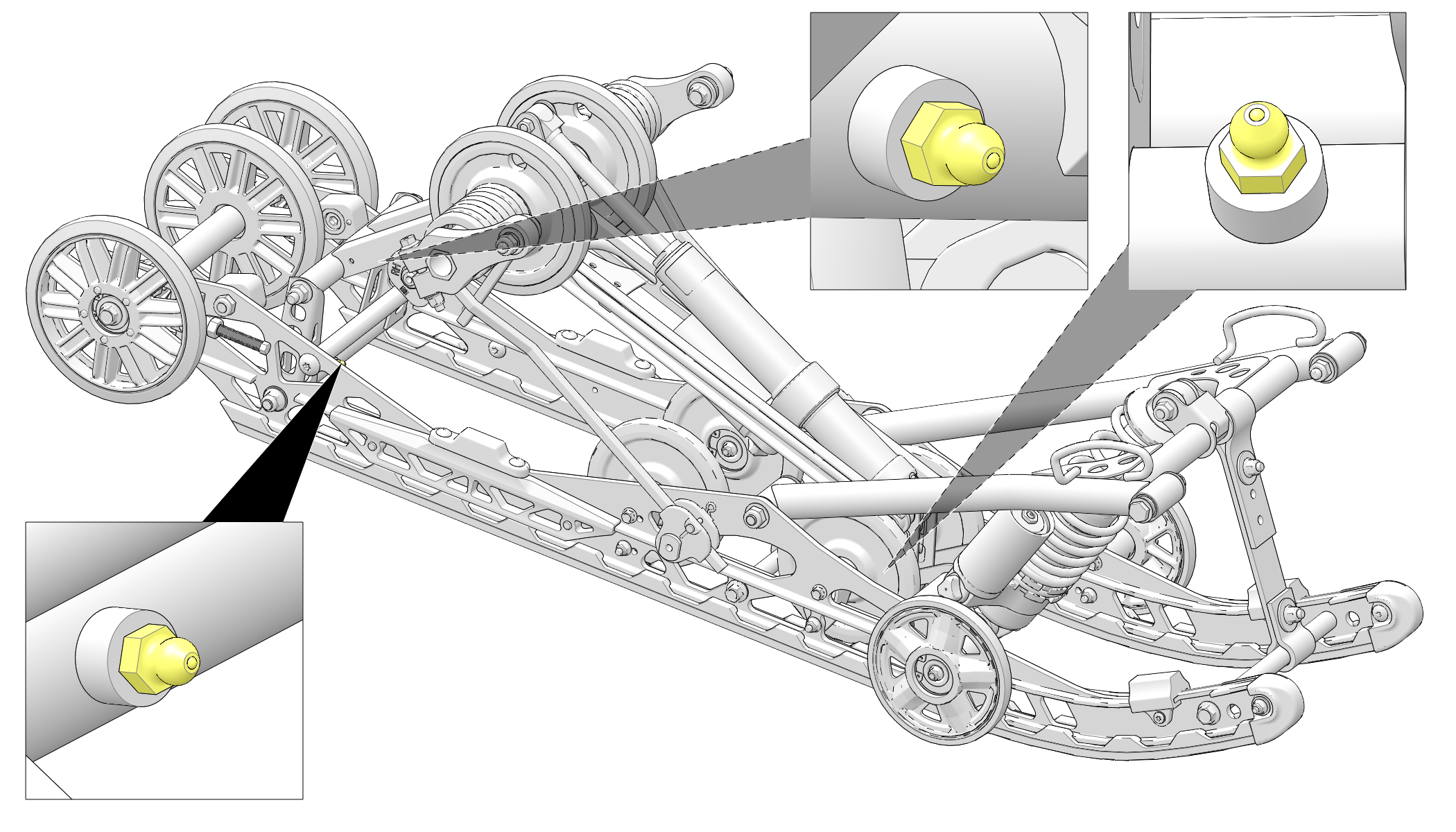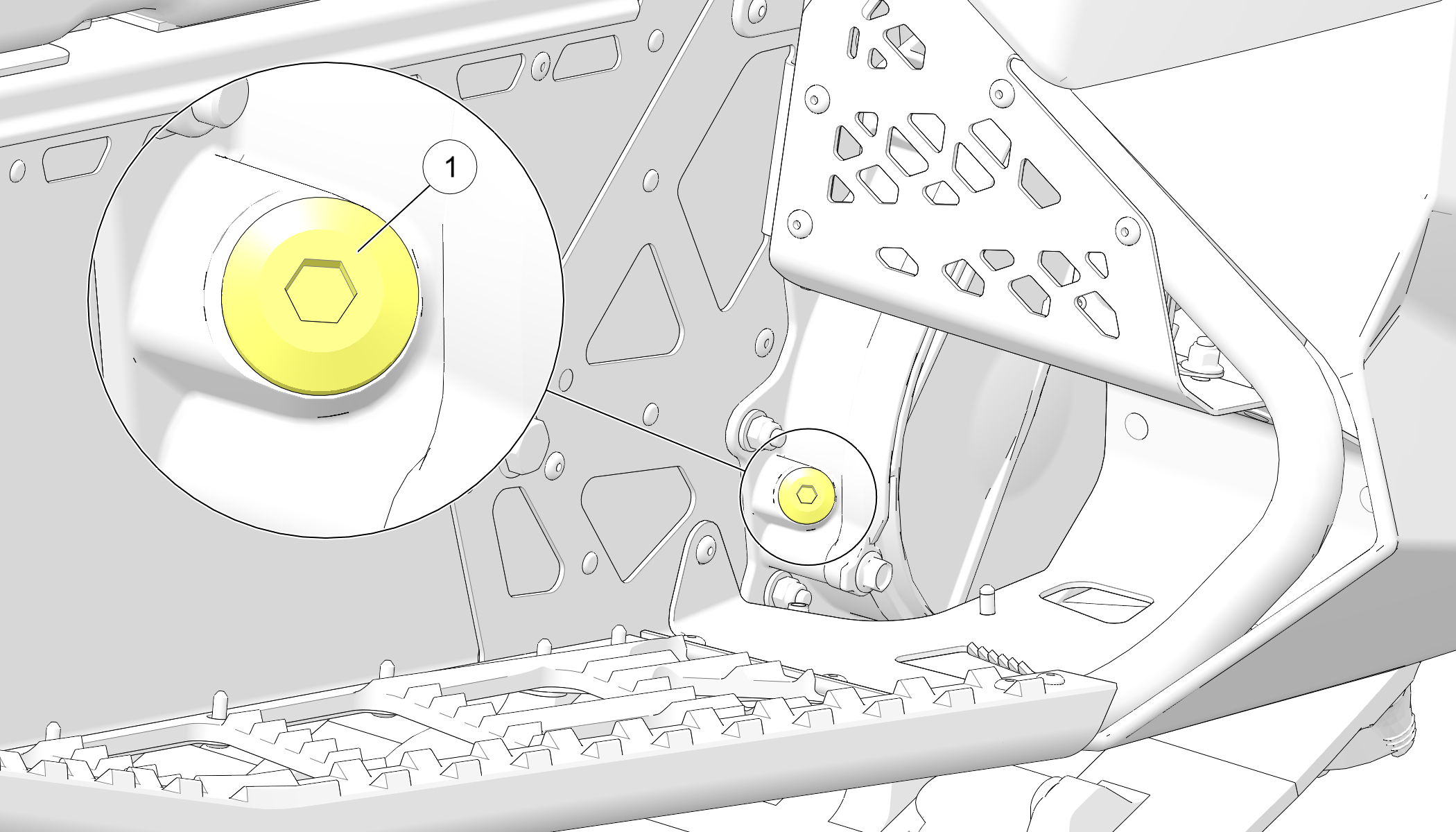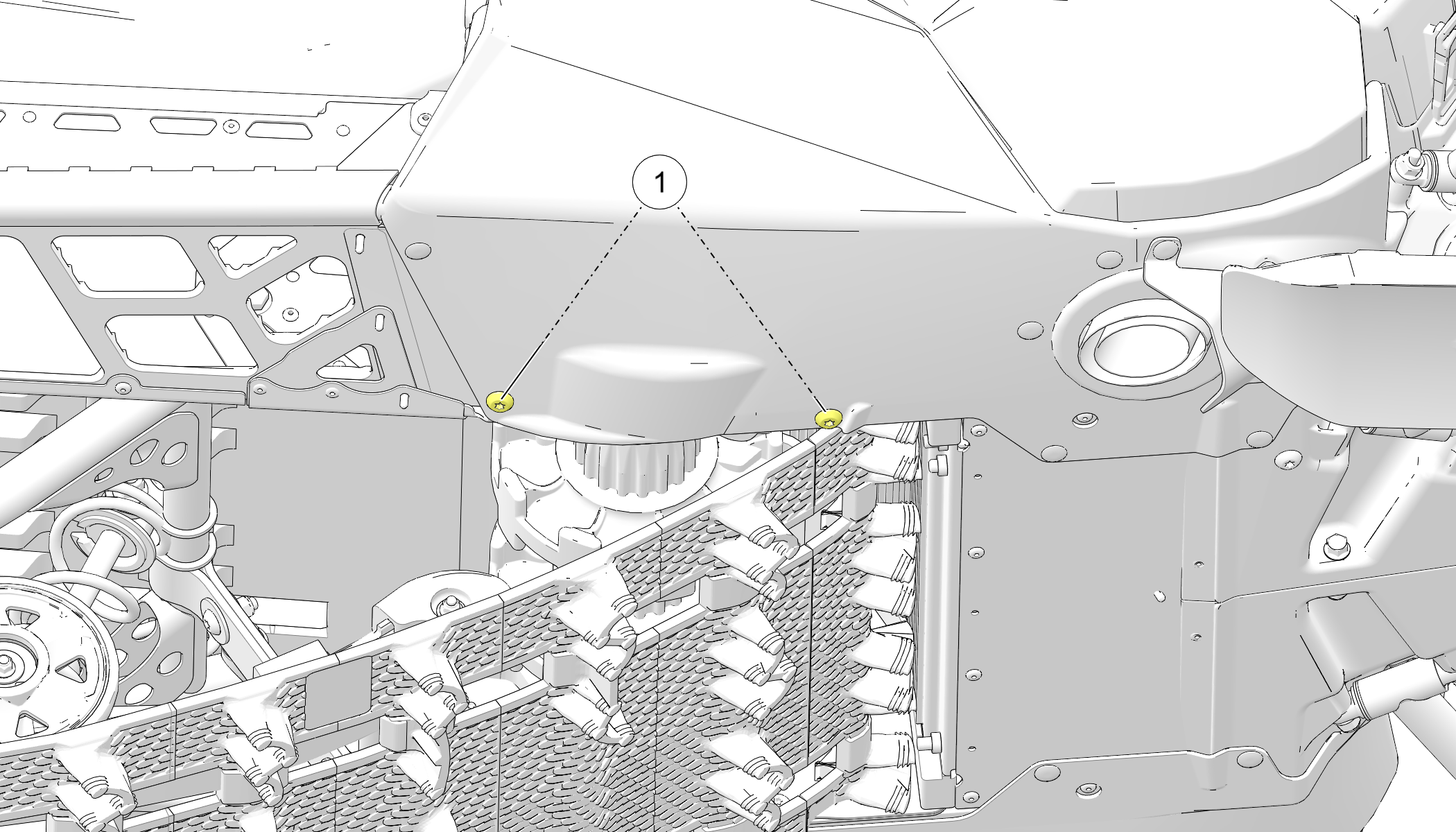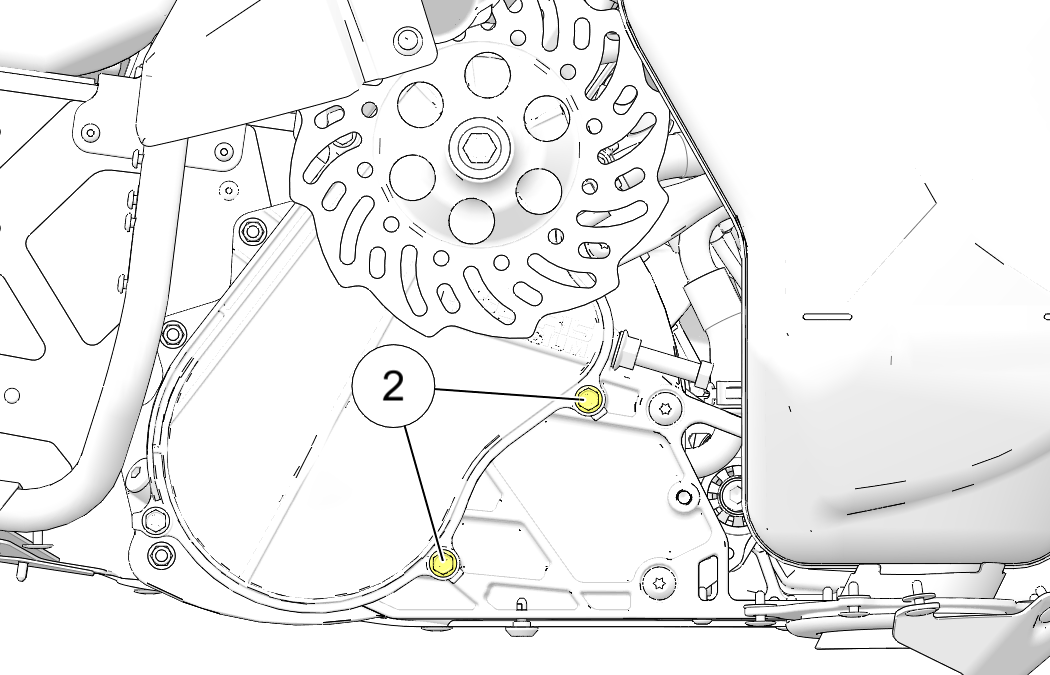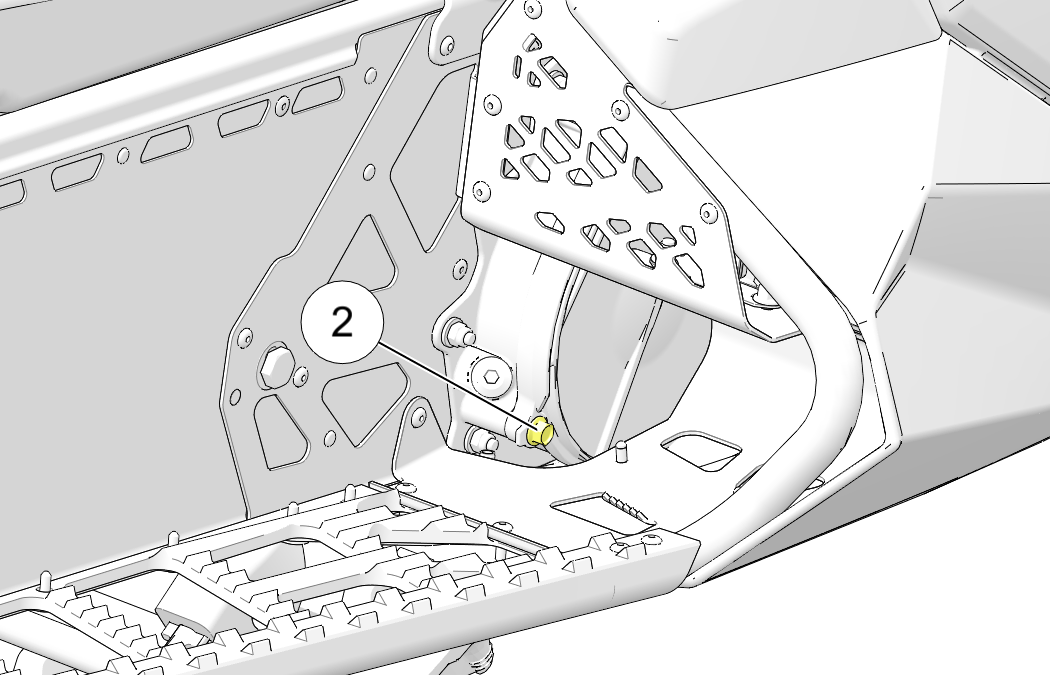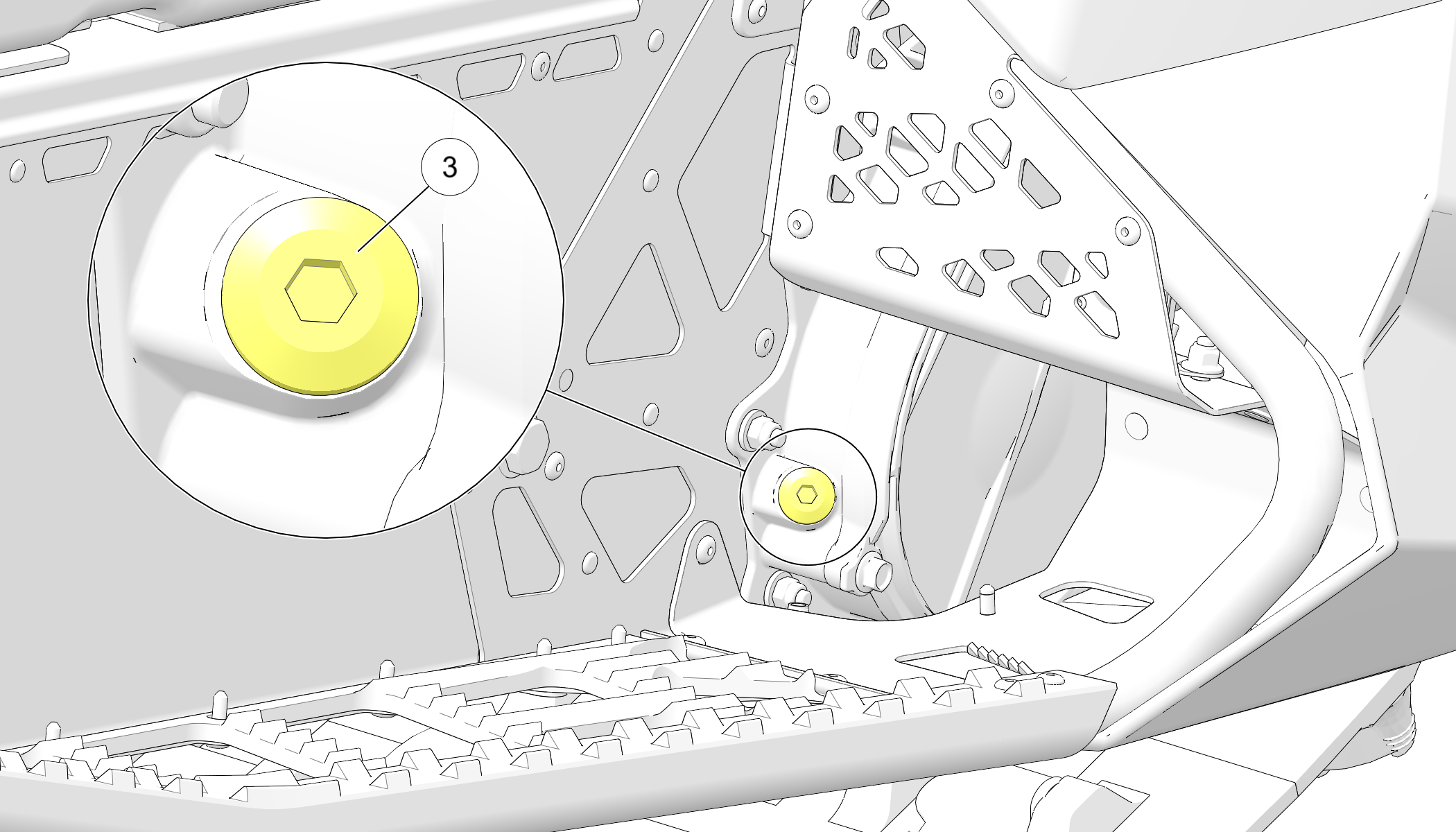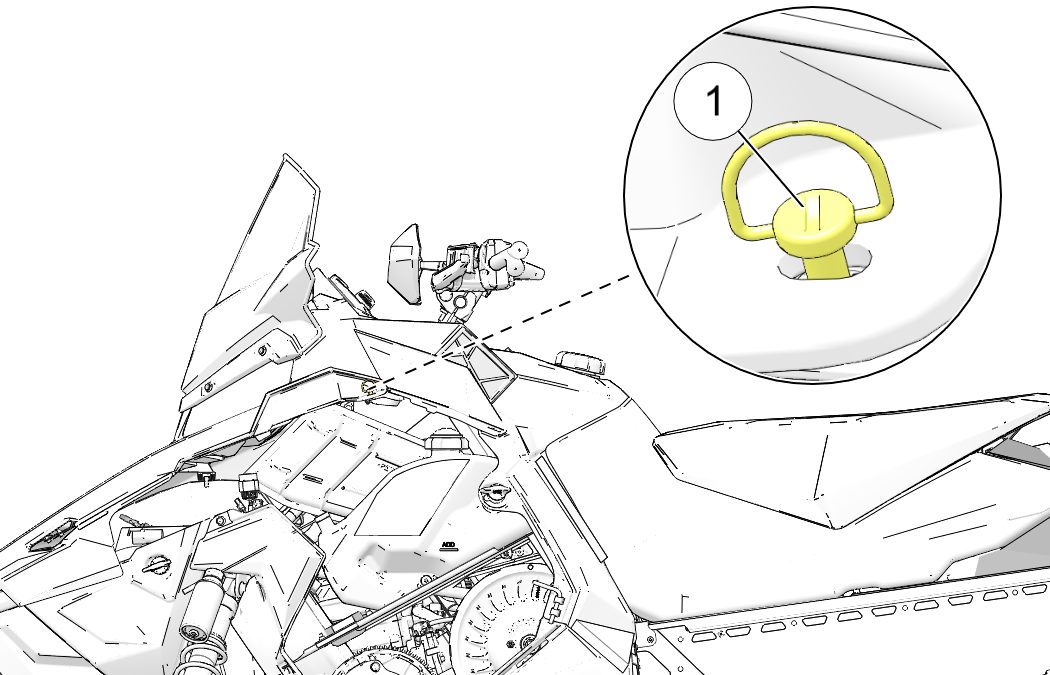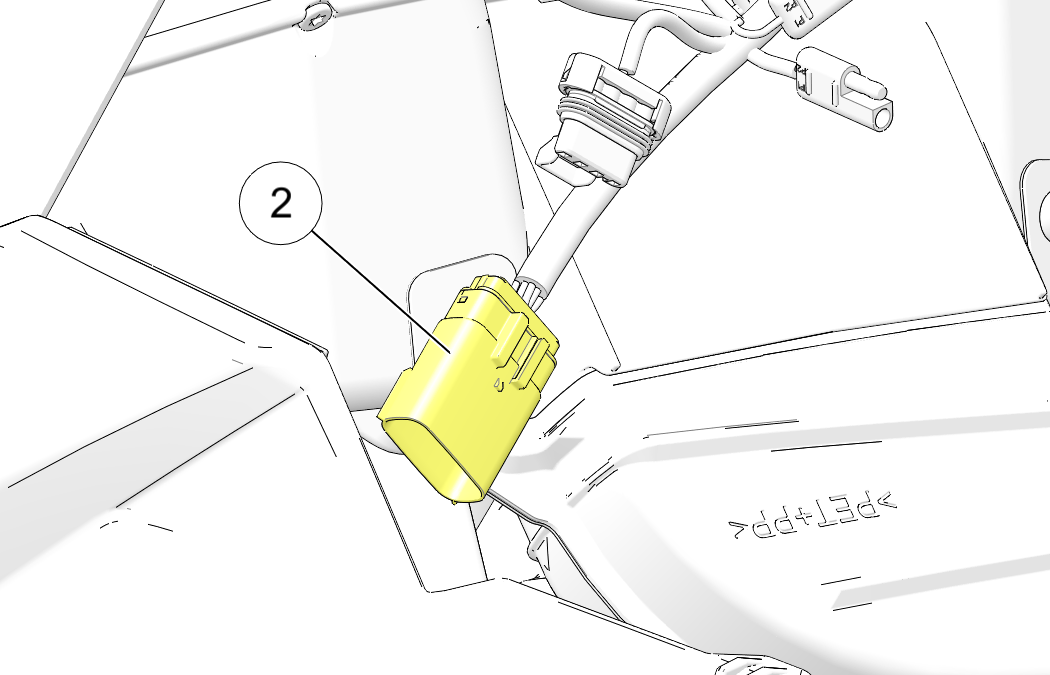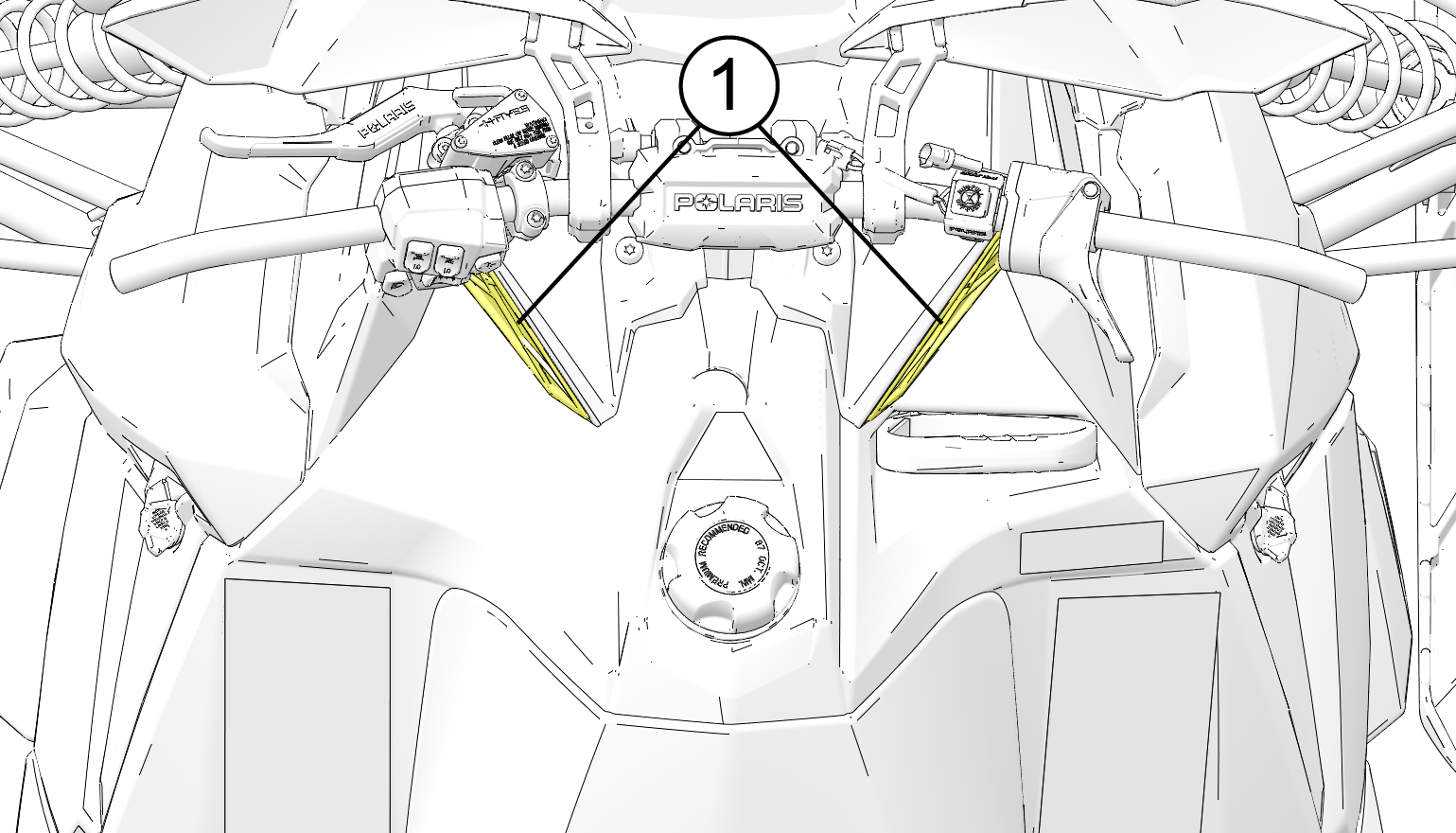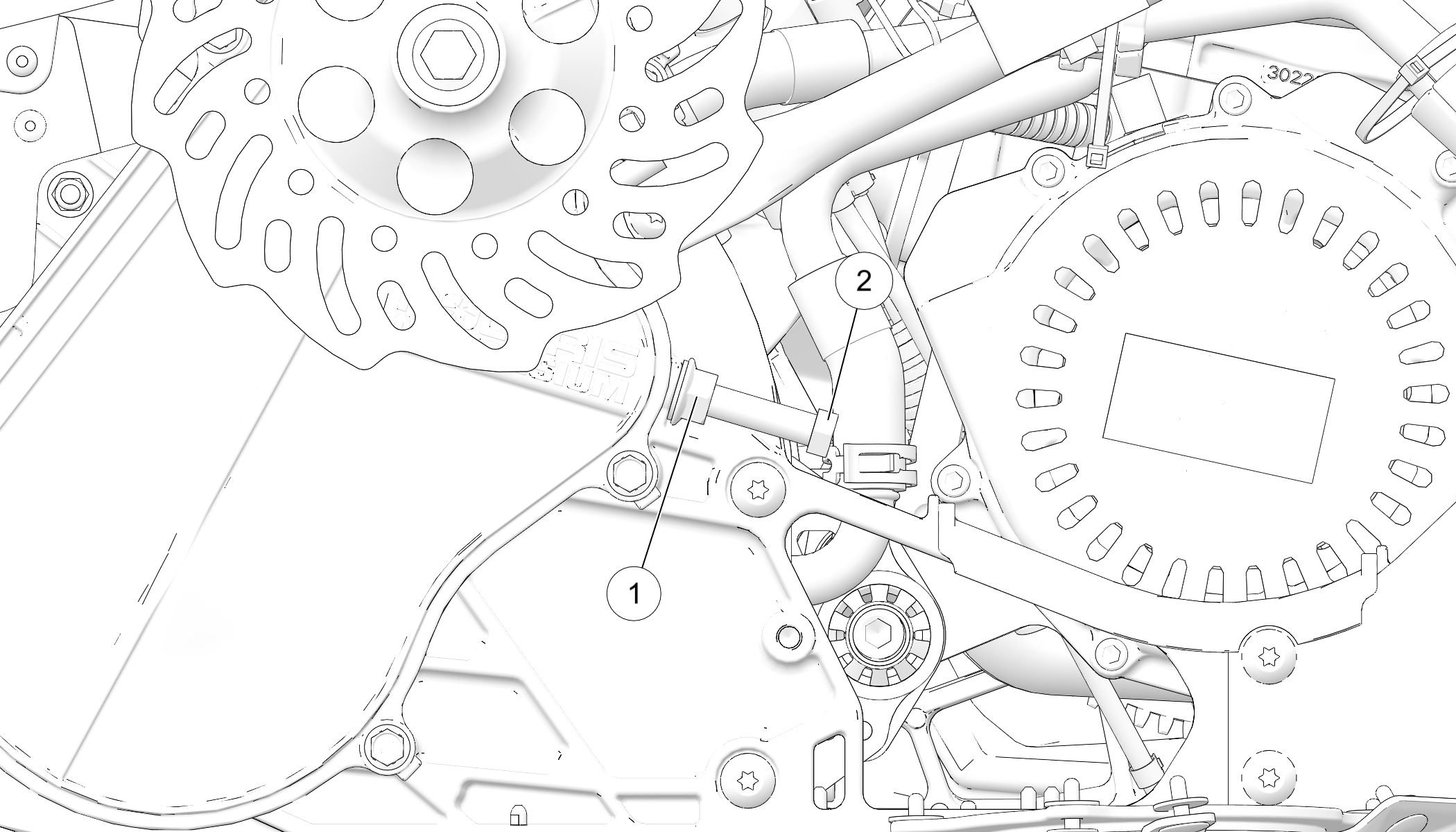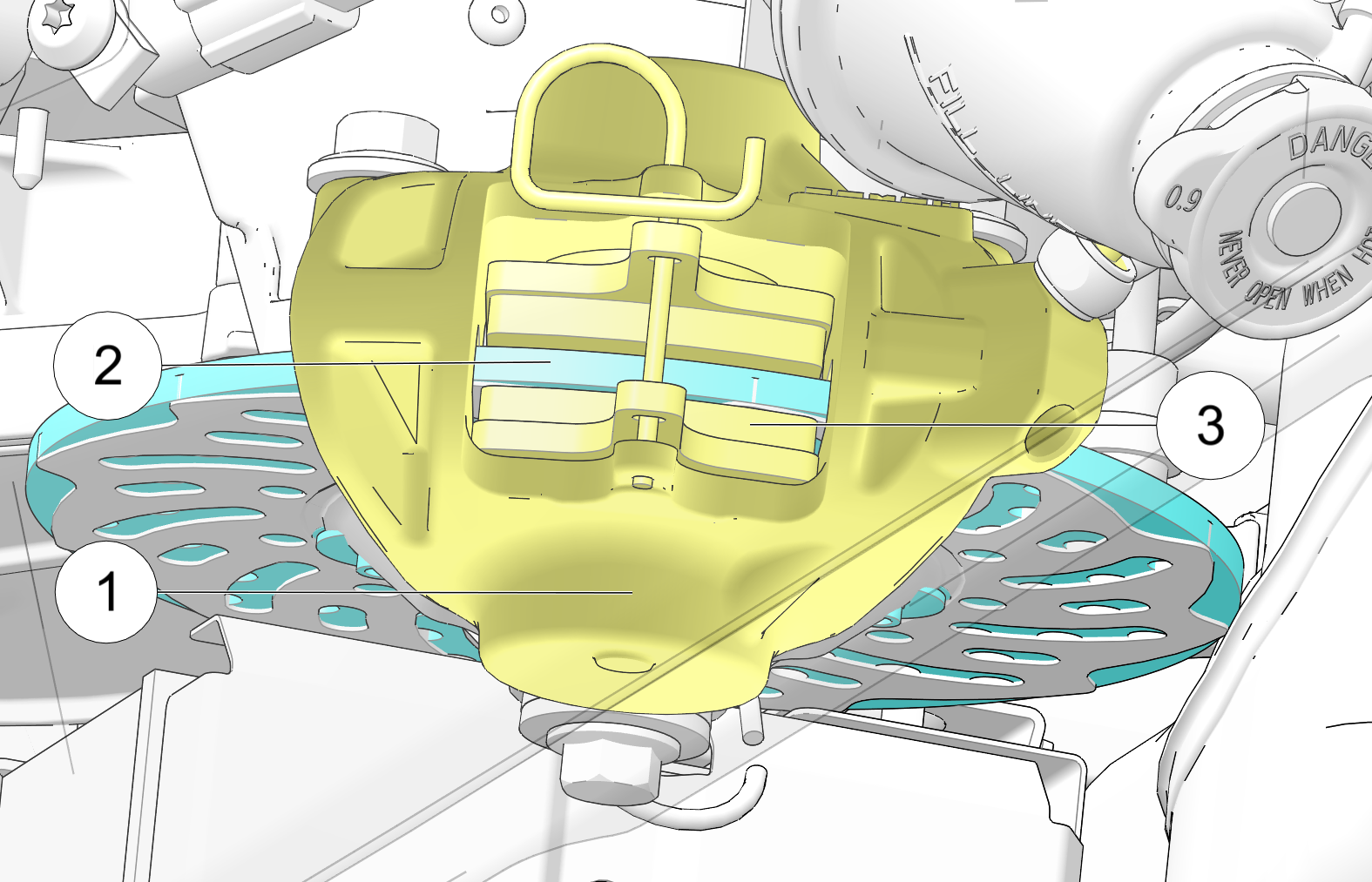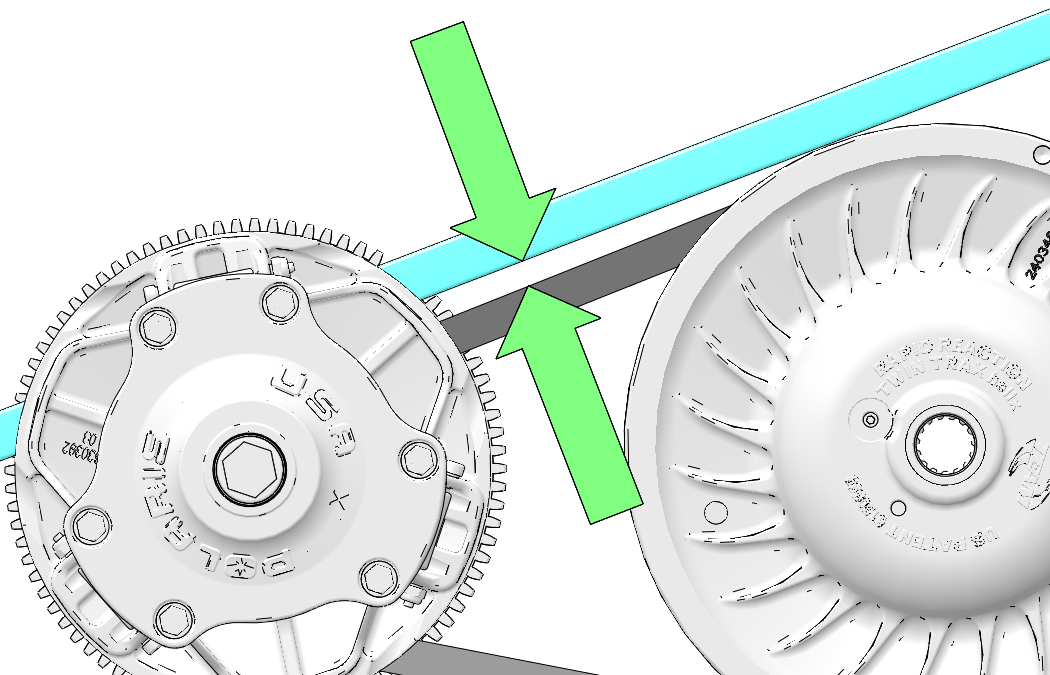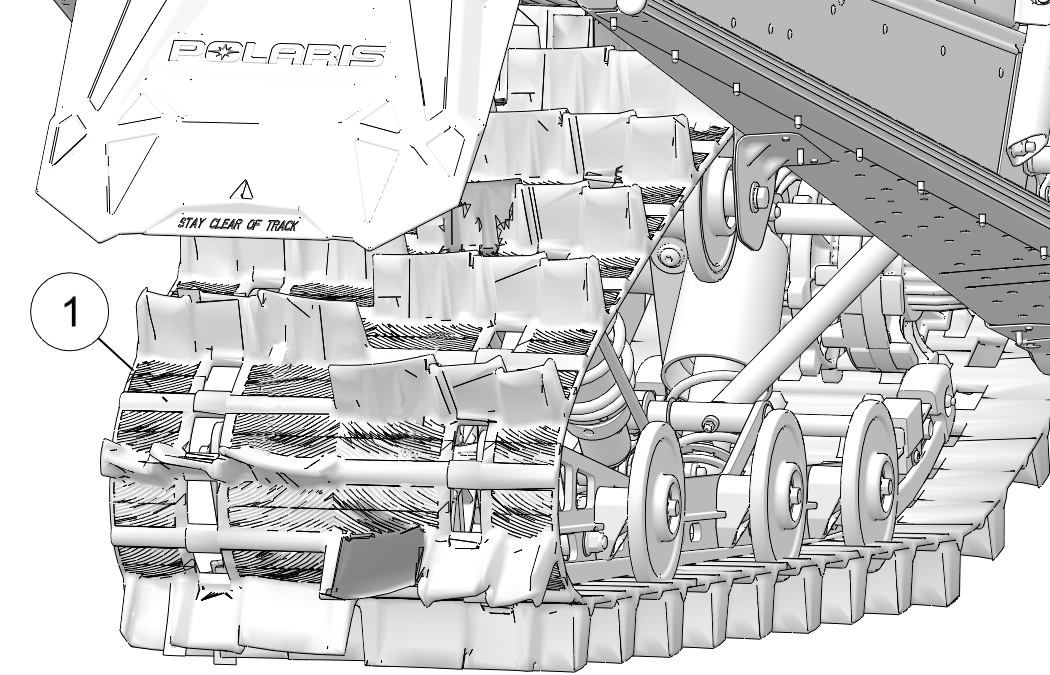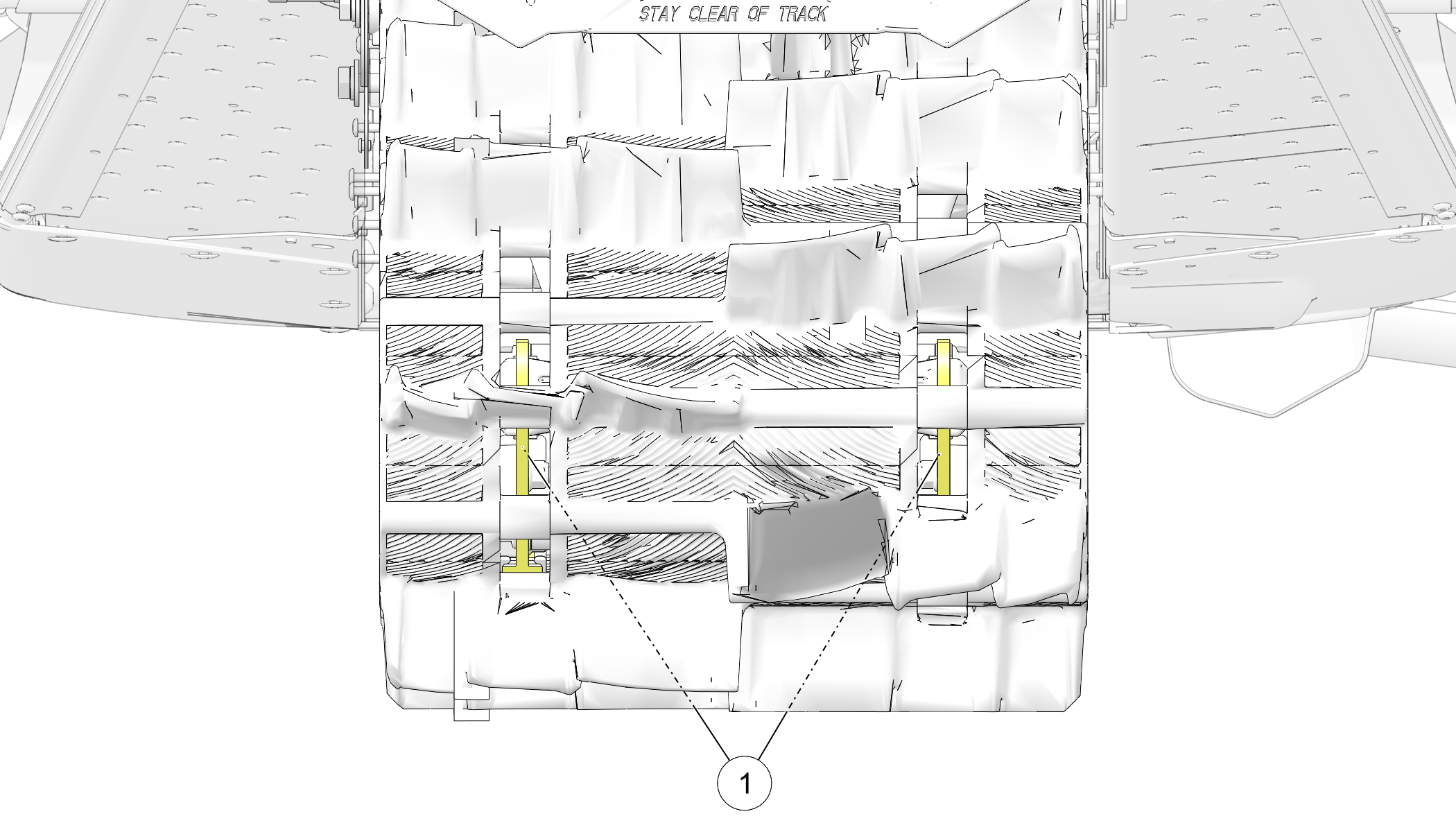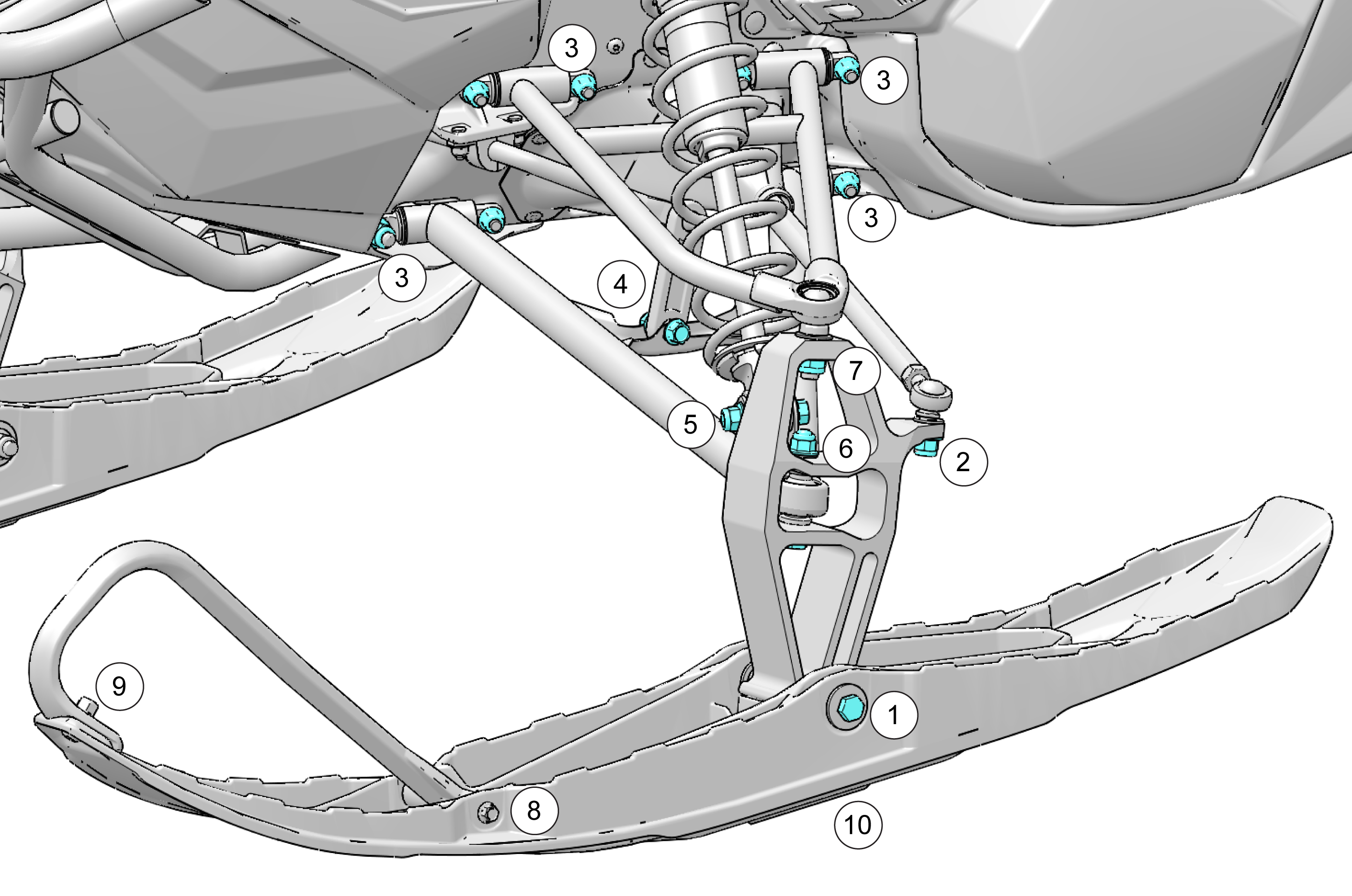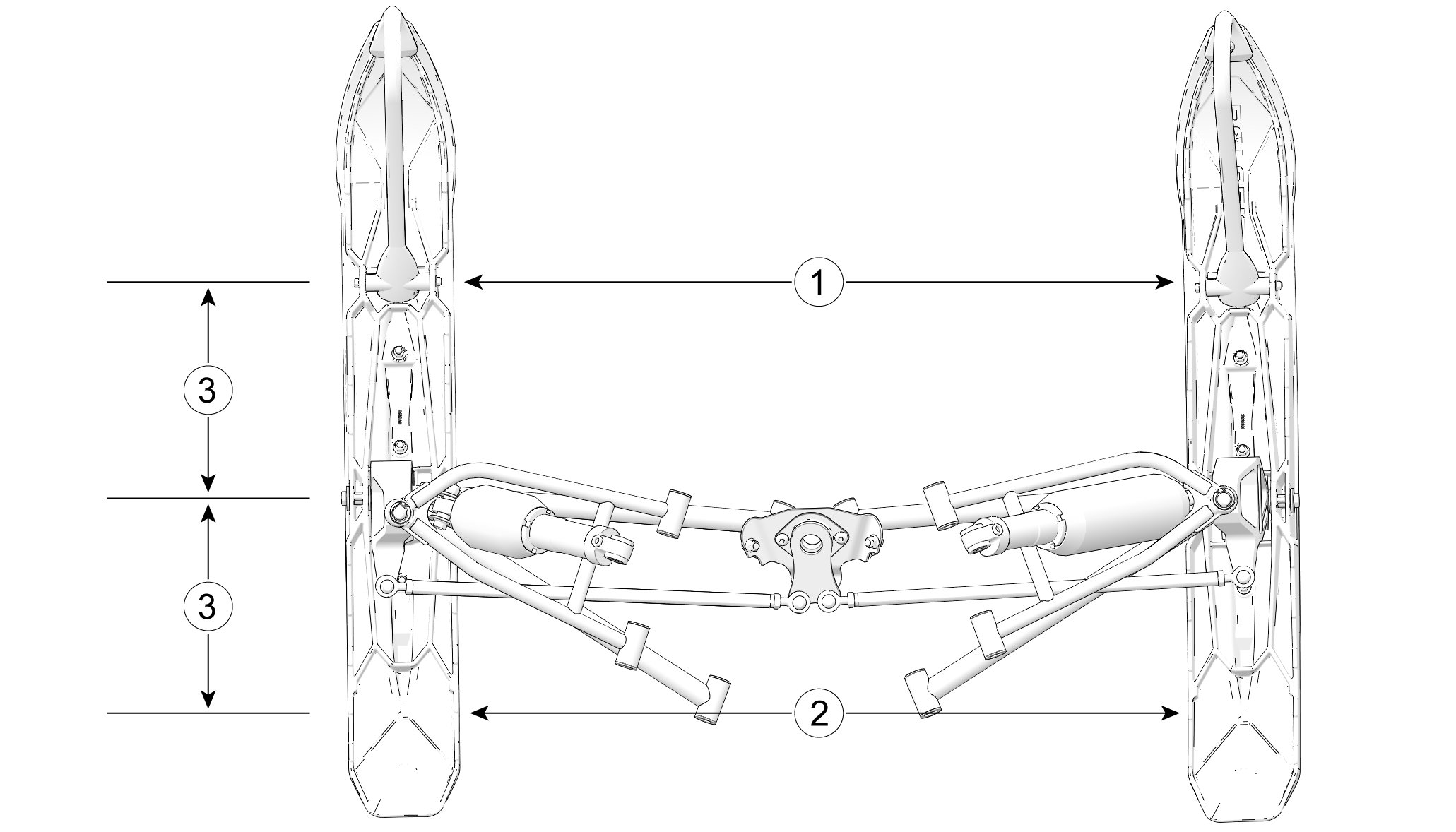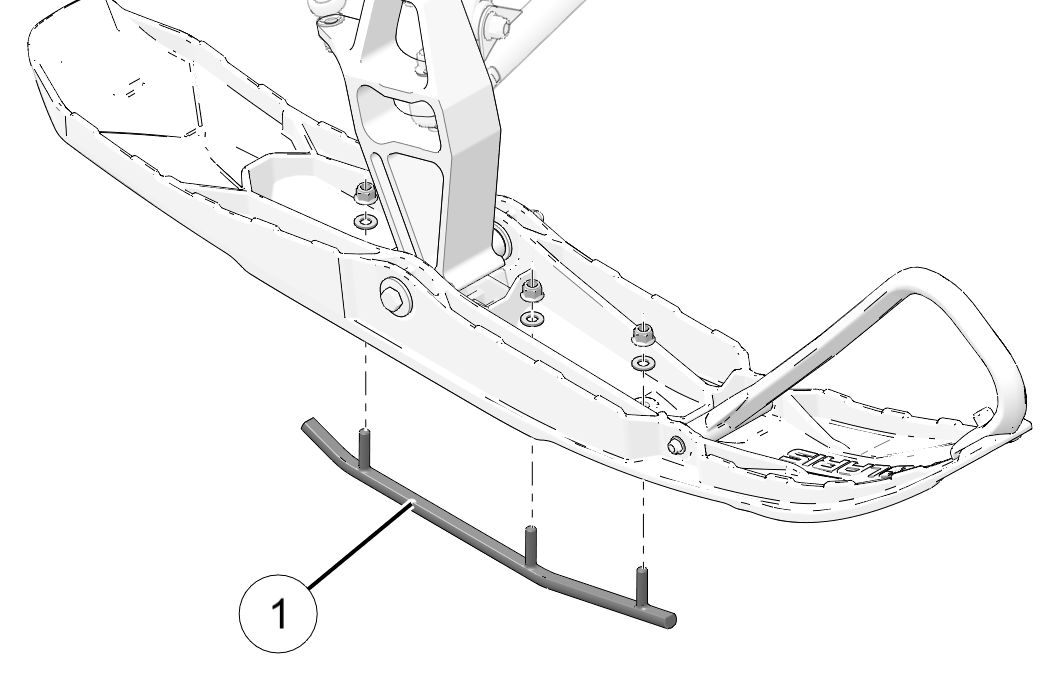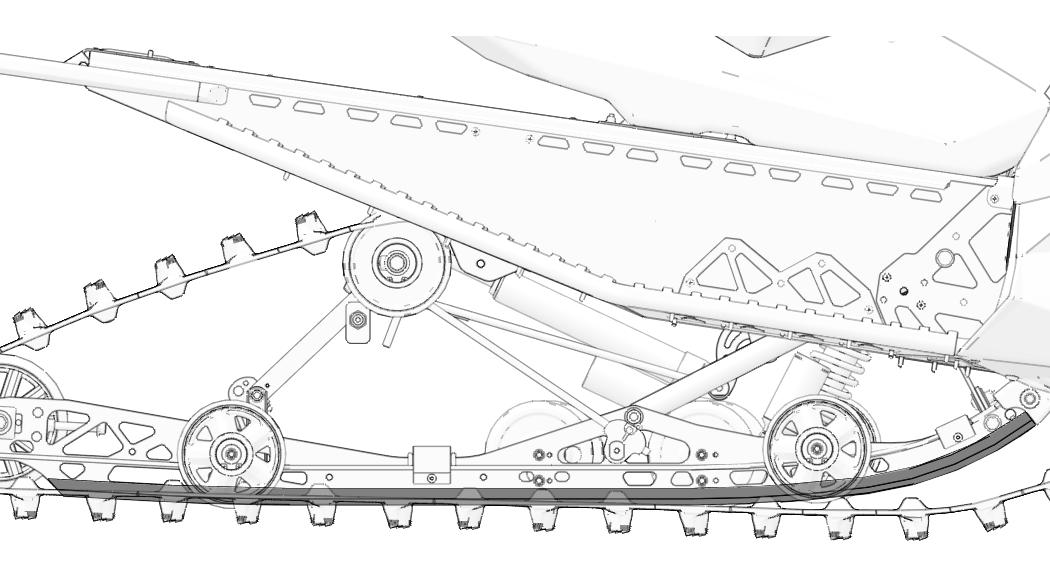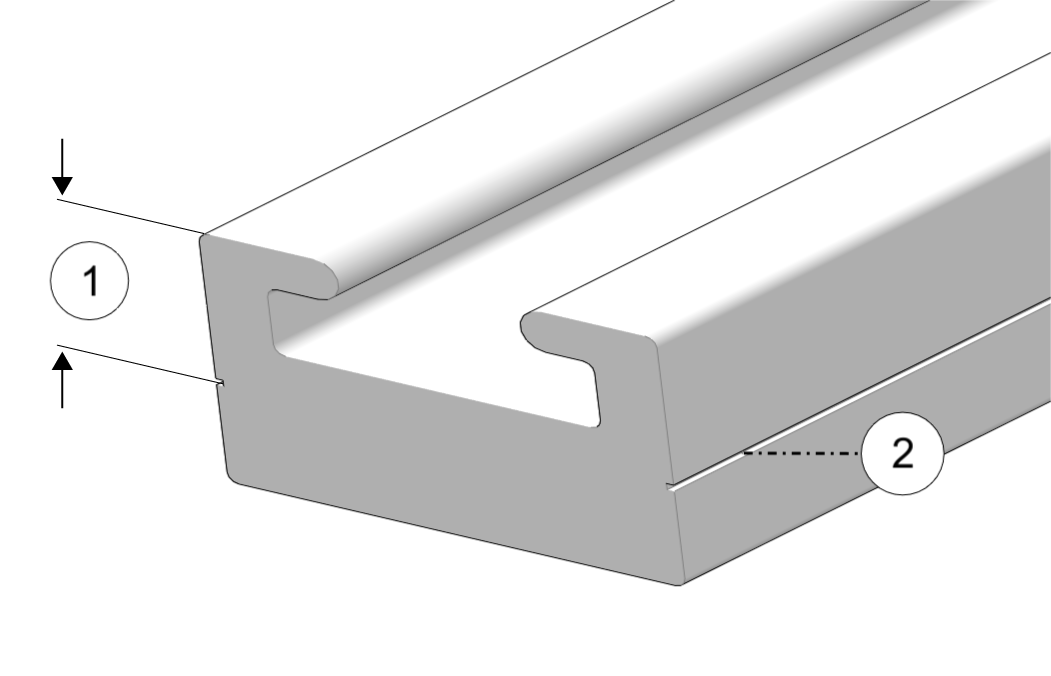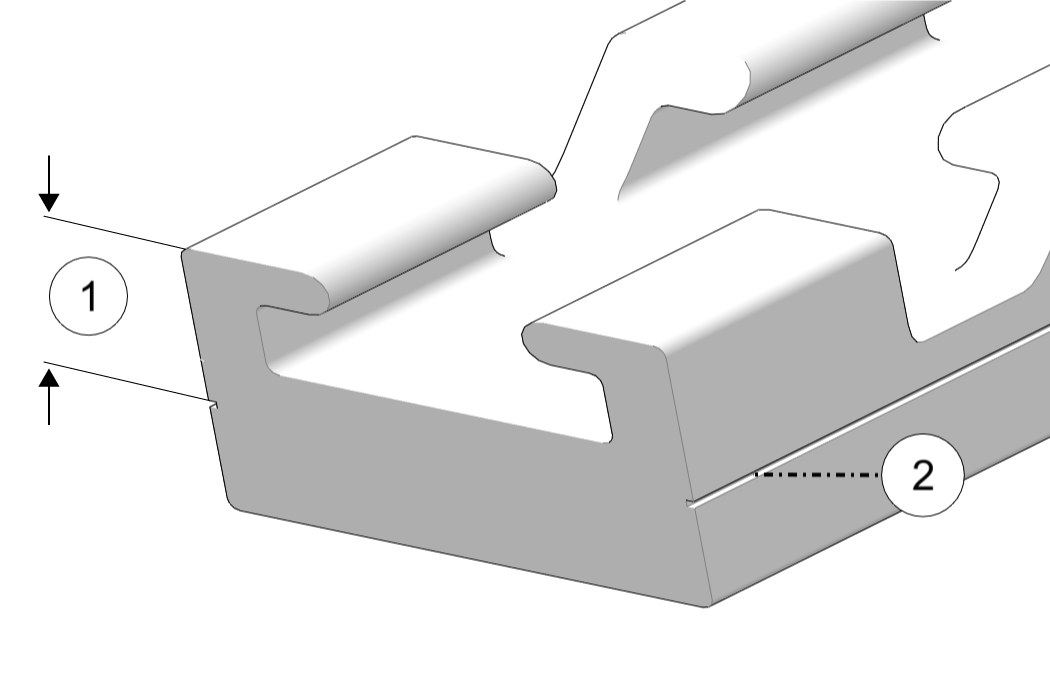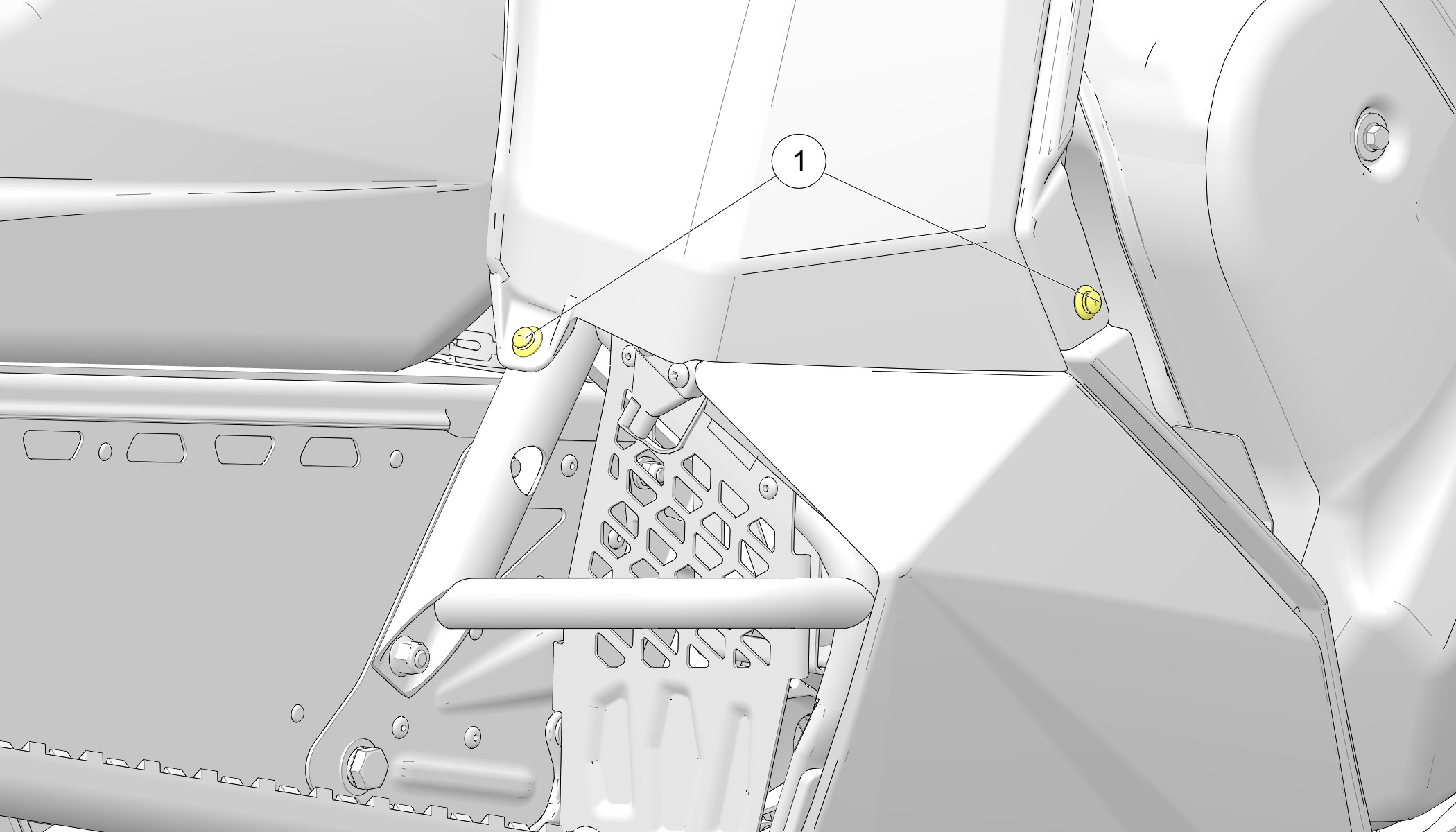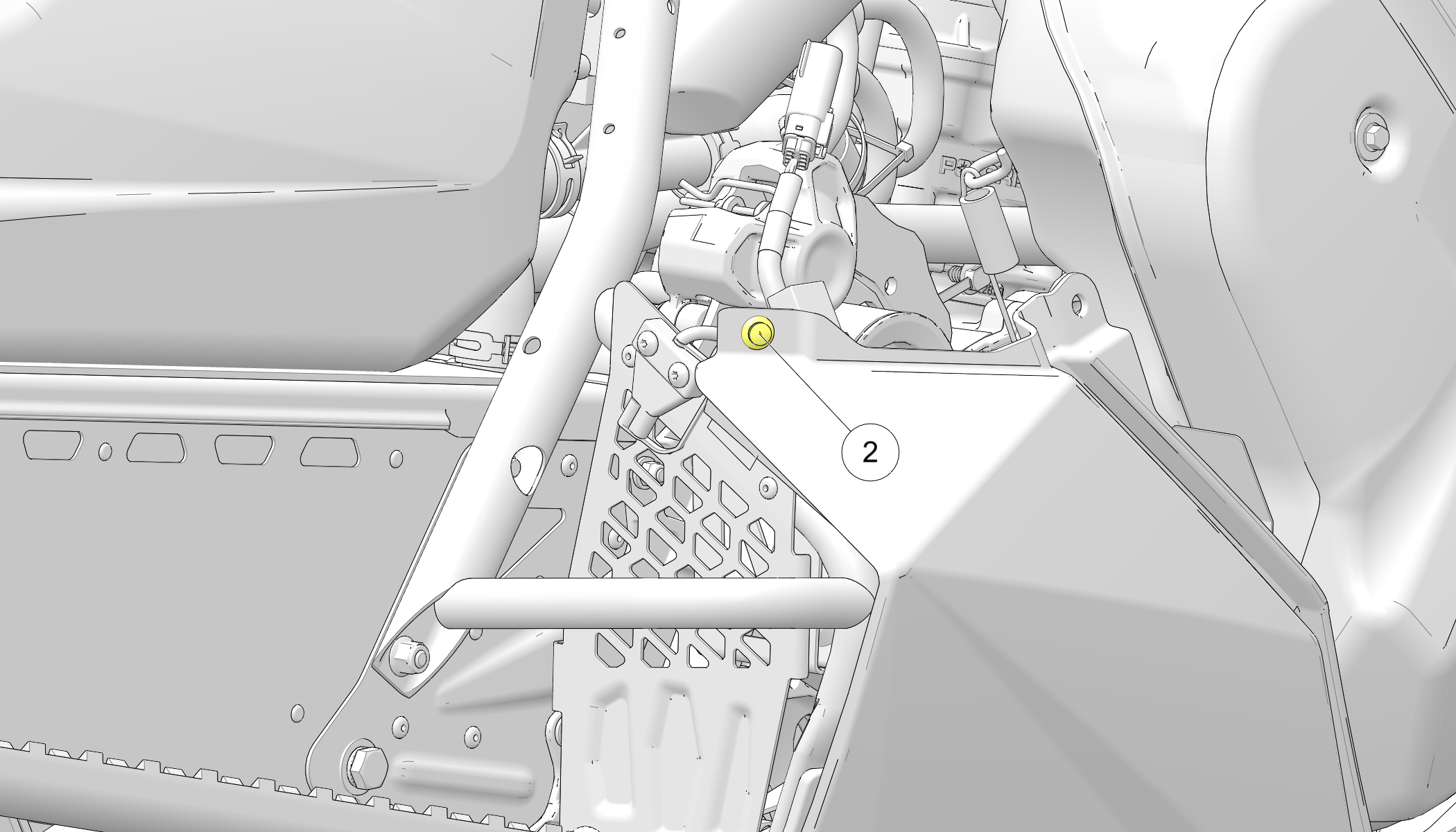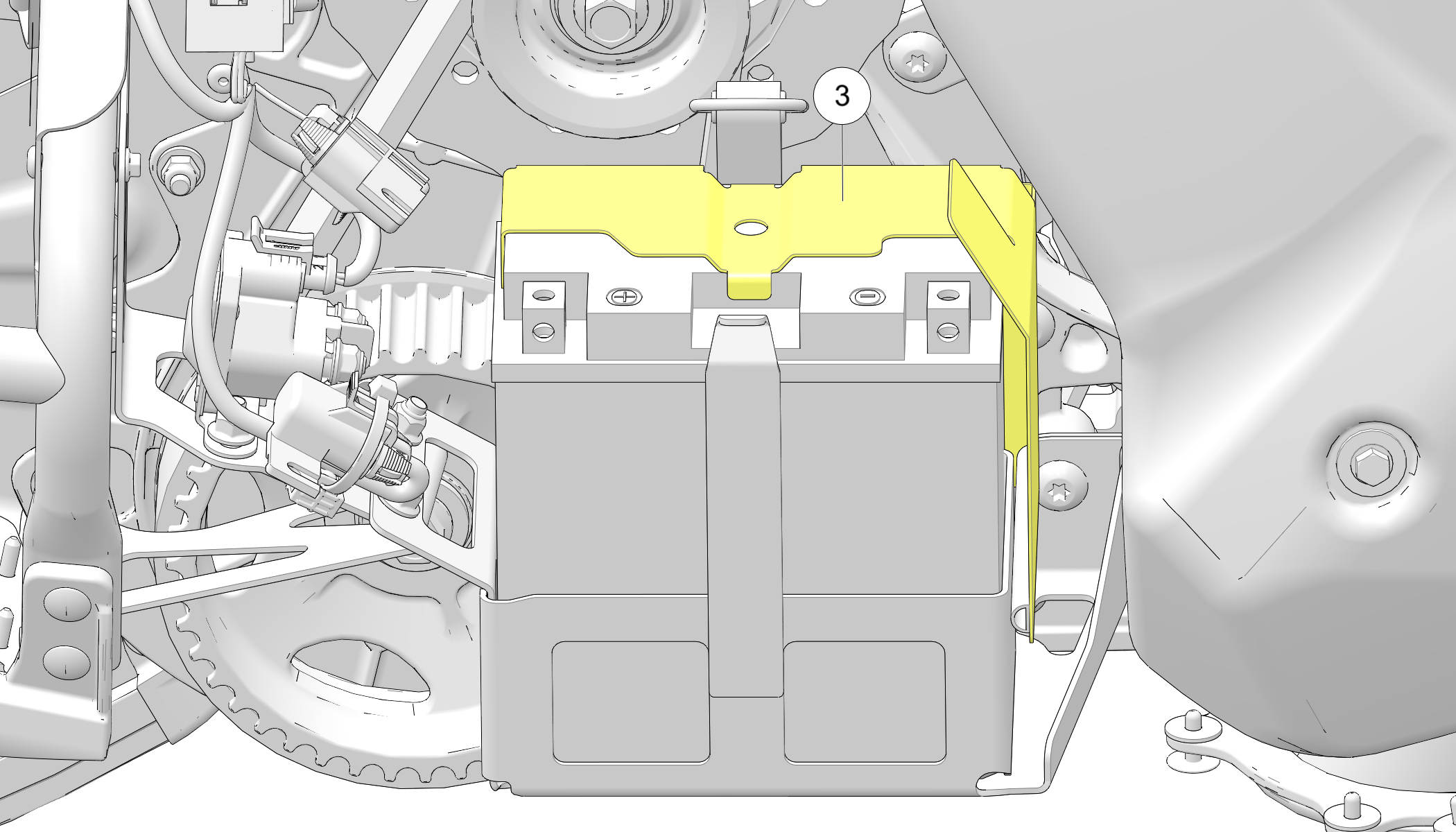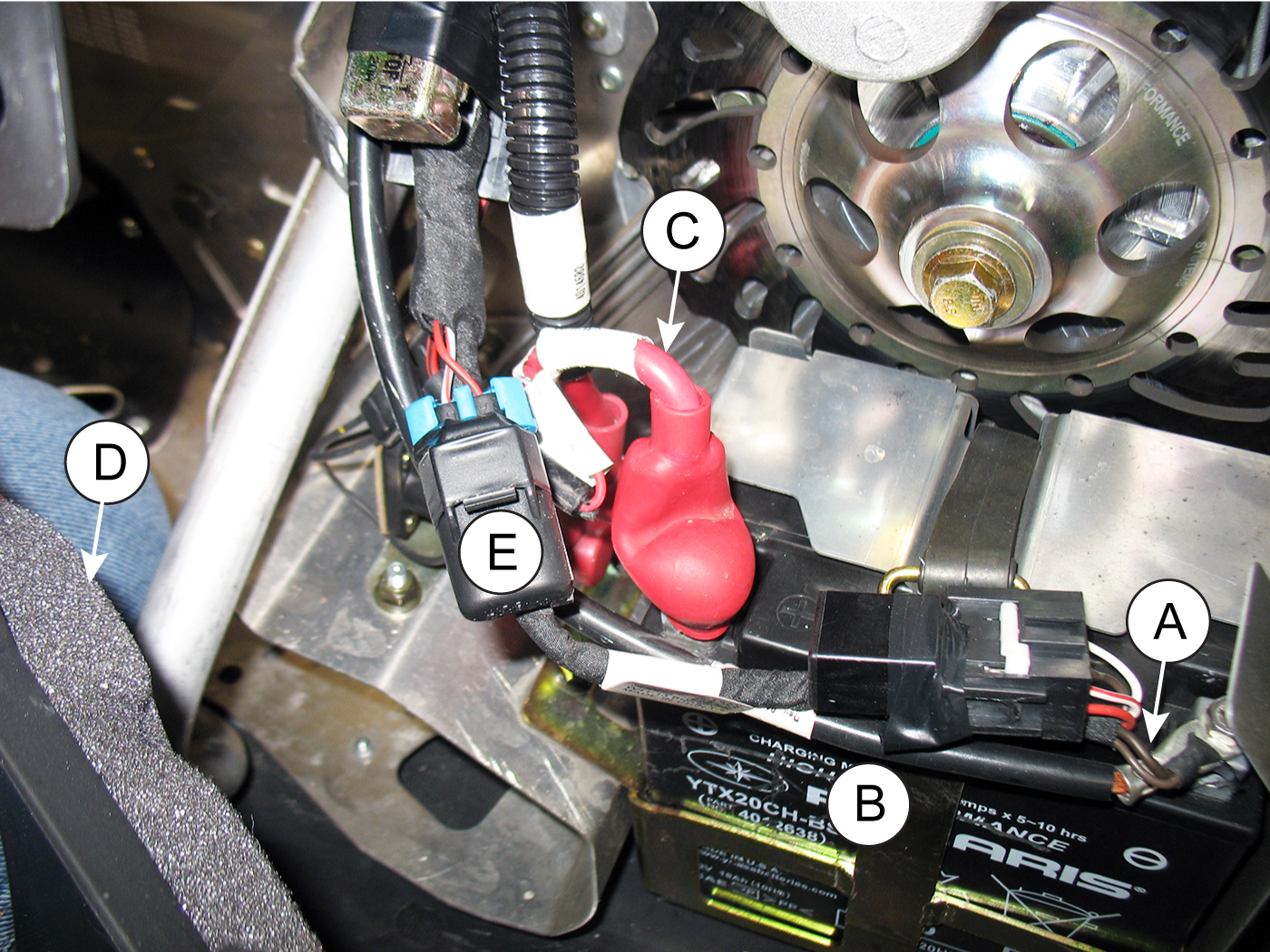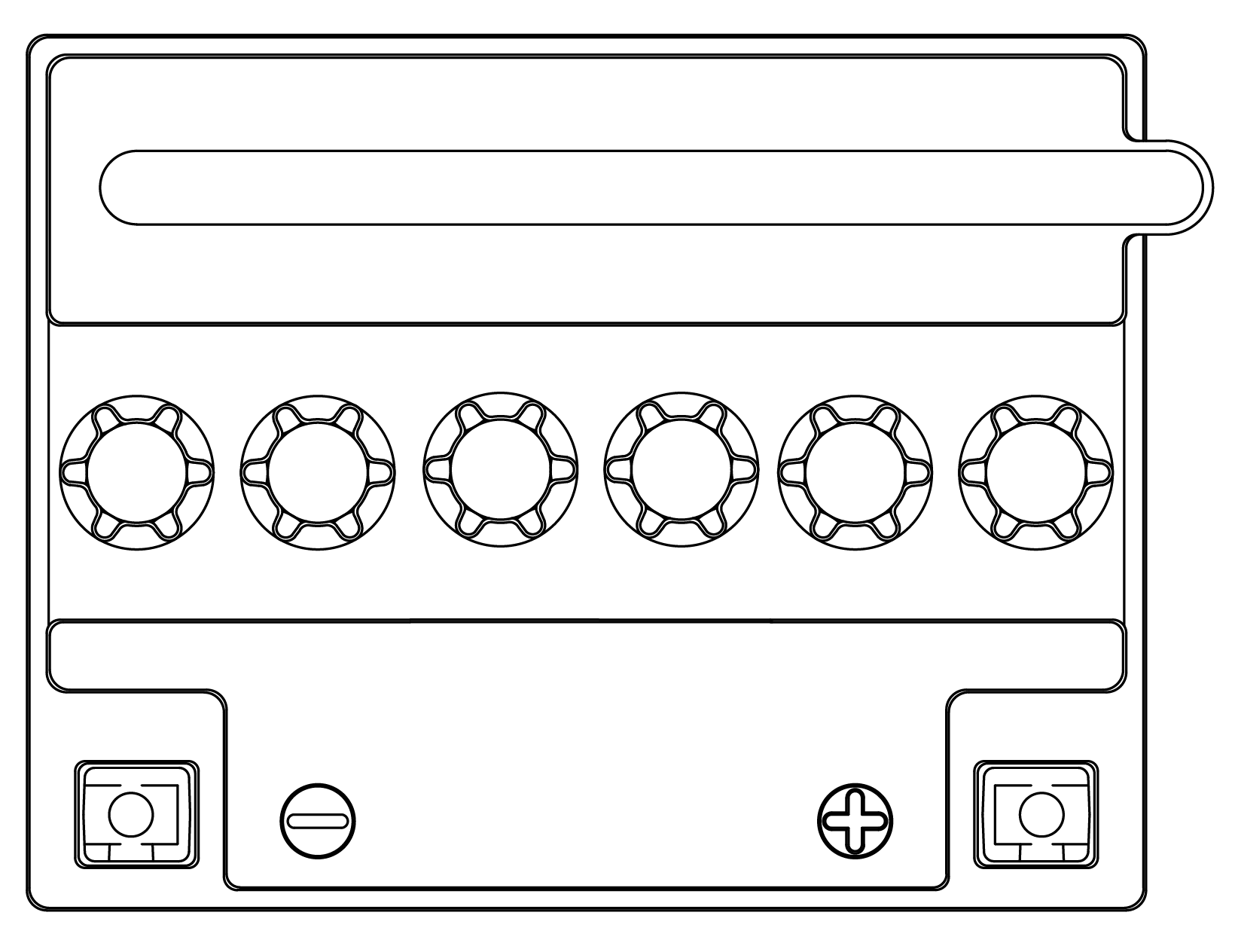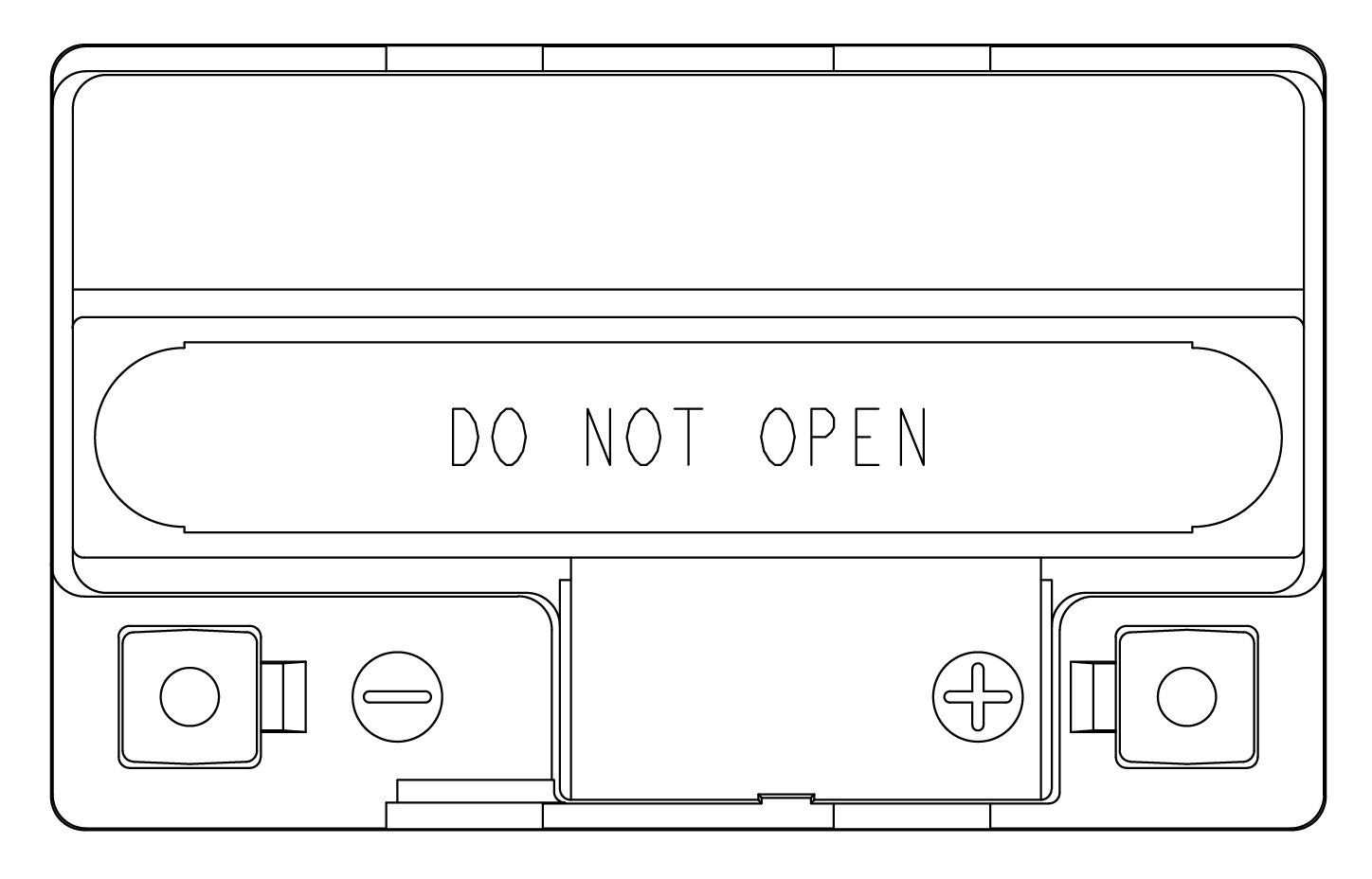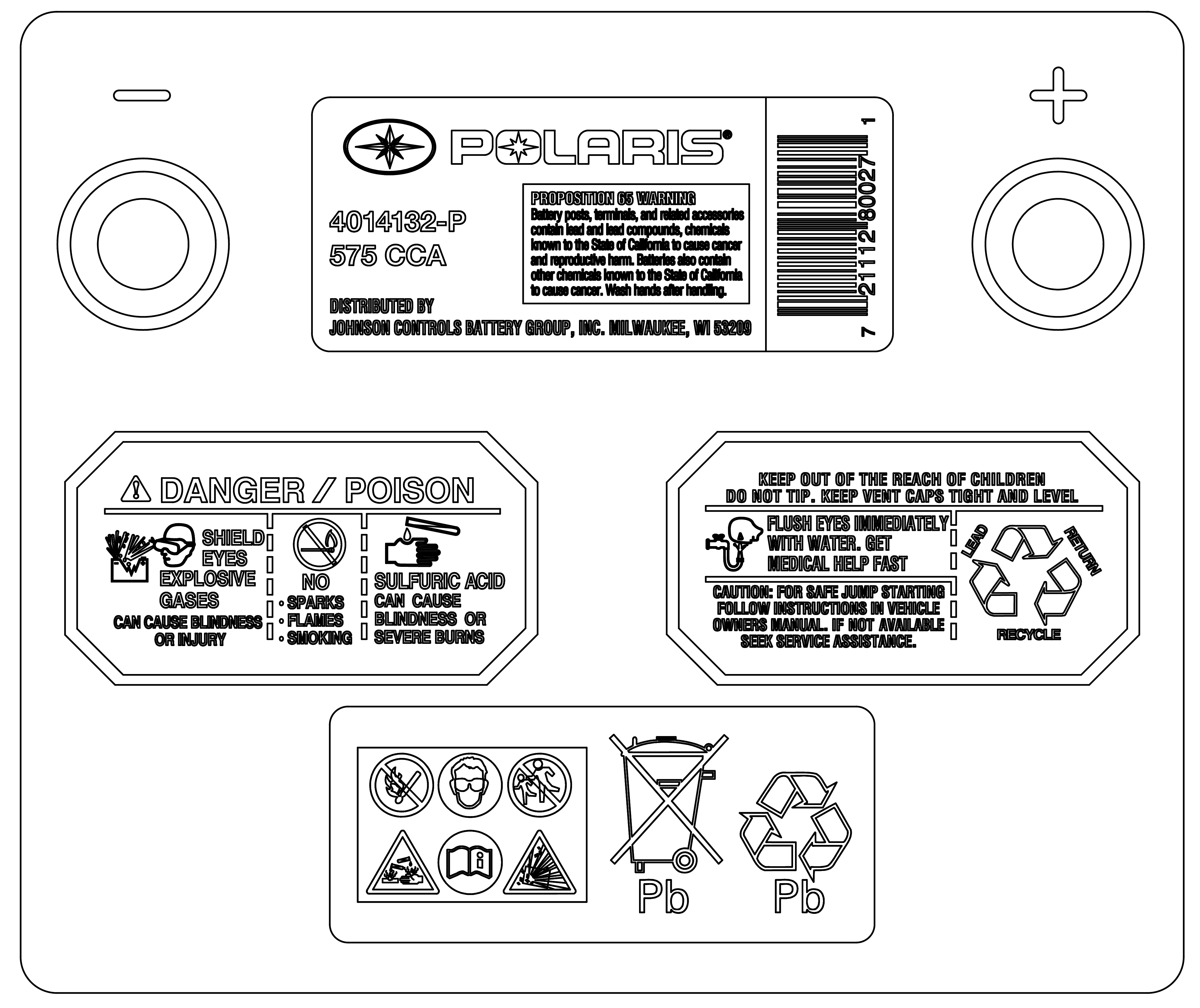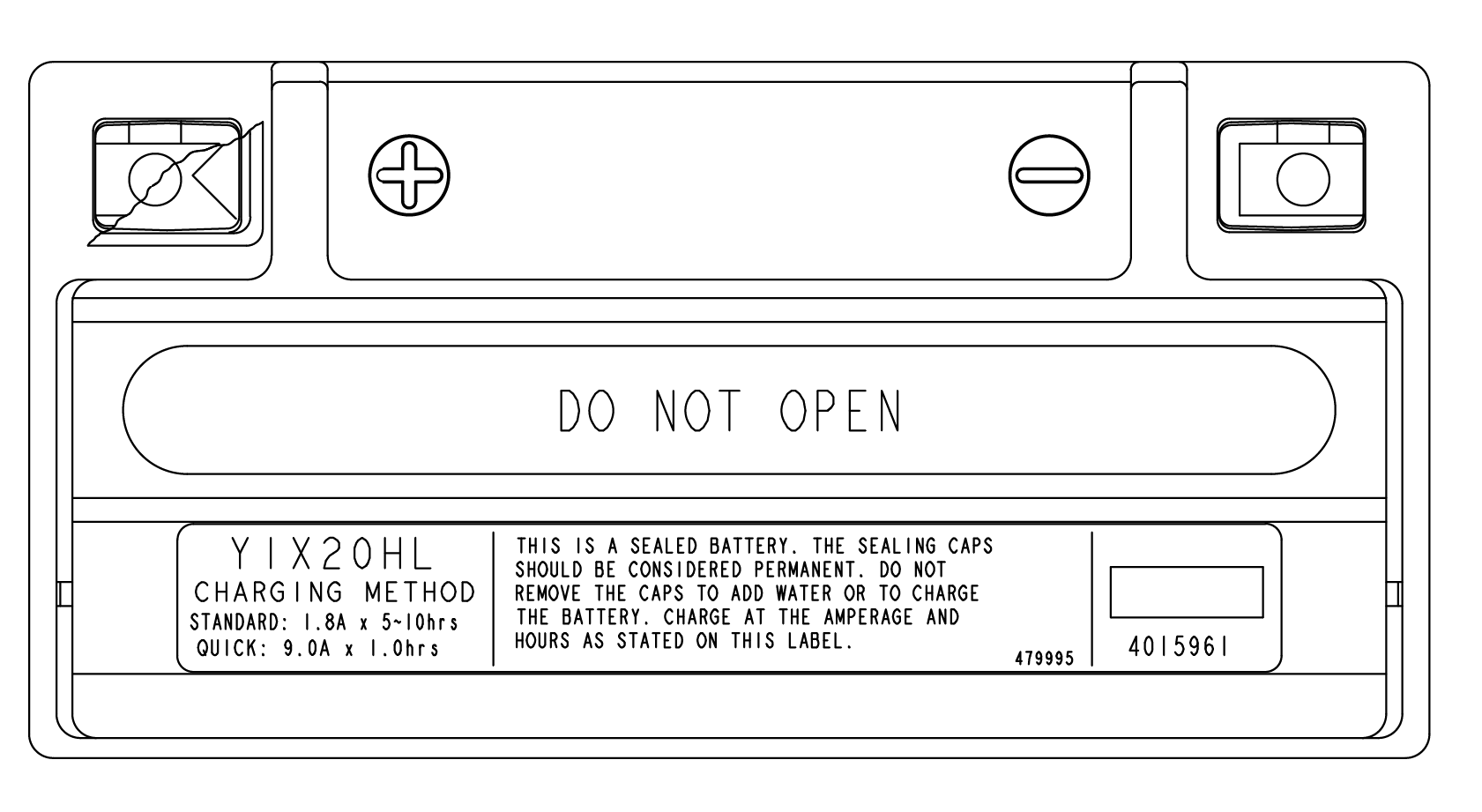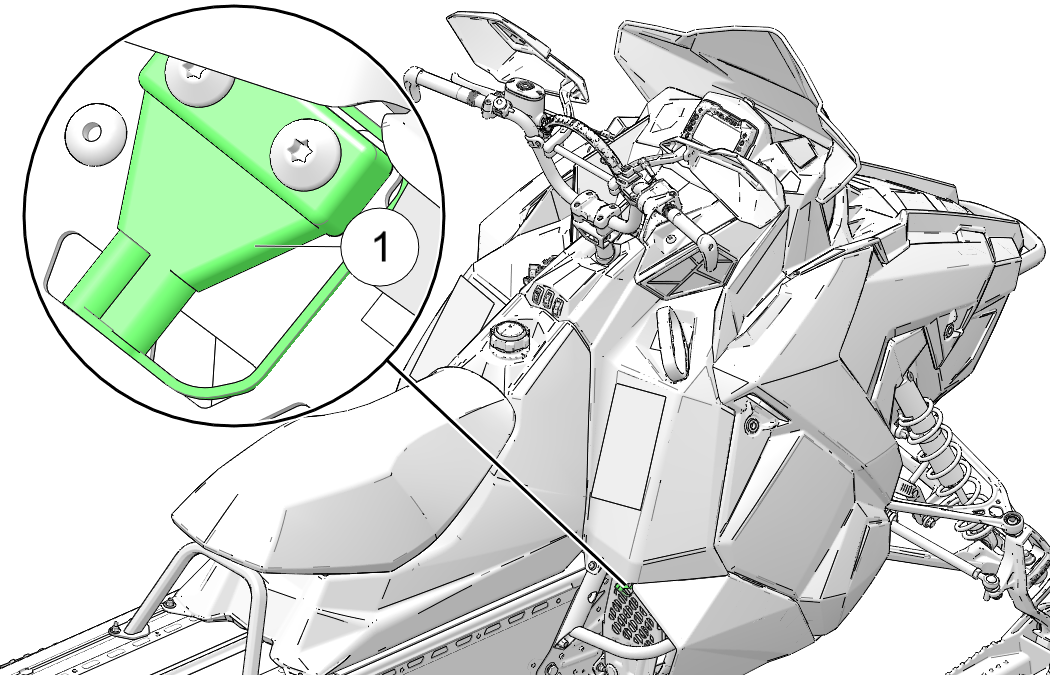| Throttle Position Sensor 1 |
51 |
3 |
P0123 |
ON |
This Trouble Code sets if the Throttle Position
Sensor Signal is above 4.39 Volts.
Can be caused by
Damaged Wiring, a faulty Throttle Position Sensor or ECU / Connections. |
| 4 |
P0122 |
This Trouble Code sets if the Throttle Position
Sensor Signal is below 0.7 Volts.
Can be caused by
Damaged Wiring, a faulty Throttle Position Sensor or ECU / Connections. |
| 10 |
P0120 |
This Trouble Code sets when the Throttle Position
Sensor Signal changes too rapidly to be correct. The condition can
be caused by intermittent connections causing the TPS voltage to jump
around between readings. Check for damaged connectors or wiring.
|
| Vehicle Speed Signal |
84 |
2 |
P0503 |
This Trouble Code Sets if the Vehicle Speed
Signal is intermittent or missing.
Can be caused by
Damaged Wiring/Connections or a Faulty / Loose Vehicle Speed Sensor |
| Engine Oil Level Sensor / Switch |
98 |
17 |
P250F |
OFF |
This Trouble Code Sets if the Oil Level is Too
Low.
Can be caused by Low Oil Level, a faulty Oil Level
Sensor or Faulty ECU / Connections. |
| Intake Air Temperature Sensor |
105 |
3 |
P0113 |
ON |
This Trouble Code sets if the Intake Air Temperature
Sensor Signal is above 4.9 Volts.
Can be caused by
Damaged Wiring, a faulty Intake Air Temperature Sensor or ECU / Connections. |
| 4 |
P0112 |
This Trouble Code sets if the Intake Air Temperature
Sensor Signal is below 0.19 Volts.
Can be caused by
Damaged Wiring, a faulty Intake Air Temperature Sensor or ECU / Connections. |
| 10 |
P0114 |
Abnormal Rate of Change. |
| Barometric Pressure Sensor |
108 |
3 |
P2229 |
ON |
This Trouble Code Sets if the Barometric Pressure
Sensor Signal Circuit is Open or Shorted to Battery Voltage.
Can be caused by Damaged Wiring / Connections, a Faulty Ambient
Pressure Sensor or ECU |
| 4 |
P2228 |
This Trouble Code Sets if the Barometric Pressure
Sensor Signal Circuit is Shorted to Ground.
Can be
caused by Damaged Wiring / Connections, a Faulty Ambient Pressure
Sensor or ECU |
| 10 |
P2230 |
This Trouble Code sets if the Barometric Pressure
Sensor Signal indicates an Unrealistic Rate of Change.
Can be caused by Damaged Wiring, a faulty Barometric Pressure Sensor
or ECU / Connections. |
| Engine Temperature Sensor |
110 |
3 |
P0118 |
ON |
This Trouble Code sets if the Engine Coolant
Temperature Sensor Signal is above 4.8 Volts.
Can be
caused by Damaged Wiring, a faulty Coolant Temperature Sensor or ECU
/ Connections. |
| 4 |
P0117 |
This Trouble Code sets if the Engine Coolant
Temperature Sensor Signal is below 0.1 Volts.
Can
be caused by Damaged Wiring, a faulty Coolant Temperature Sensor or
ECU / Connections. |
| 0 |
P1217 |
OFF |
This Trouble Code sets if the Engine Temperature
indicates a Critical Over Temperature Condition and the engine is
running in a limp-home mode to prevent damage.
Can
be caused by any failure that would cause the engine to overheat. |
| 16 |
P0217 |
This Trouble Code sets if the Engine Temperature
indicates a Severe Over Temperature Condition.
Can
be caused by any failure that would cause the engine to overheat.
This Trouble Code Does Not indicate a problem with the Engine Temperature
Sensor. |
| 15 |
P1116 |
This Trouble Code sets if the Engine Temperature
indicates an Over Temperature Condition.
Can be caused
by any failure that would cause the engine to overheat. This Trouble
Code Does Not indicate a problem with the Engine Temperature Sensor. |
| DC Chassis Voltage |
167 |
3 |
P1569 |
ON |
This Trouble Code sets if the System Voltage
is above an acceptable level.
Can be caused by Damaged
Wiring, a Faulty Voltage Regulator or Faulty ECU. |
| 4 |
P1568 |
This Trouble Code sets if the System Voltage
is below an acceptable level.
Can be caused by Damaged
Wiring, a faulty stator, Faulty Voltage Regulator or Faulty ECU. |
| Exhaust Temperature Sensor |
173 |
3 |
P0546 |
ON |
This Trouble Code sets if the engine has been
running above 3000 RPM for more than 2 minutes and the Exhaust Temperature
Sensor Signal is above 4.90 Volts.
Can be caused by
Damaged Wiring, a faulty Engine Temperature Sensor or ECU / Connections. |
| 4 |
P0545 |
This Trouble Code sets if the engine has been
running above 3000 RPM for more than 2 minutes and the Exhaust Temperature
Sensor Signal is below 0.06 Volts.
Can be caused by
Damaged Wiring, a faulty Engine Temperature Sensor or ECU / Connections. |
| 0 |
P1517 |
This Trouble Code Sets if the Engine was Shut
Down due to High Exhaust Temperature.
Can be caused
by a Faulty Exhaust Temperature Sensor / Connections or Lean Air /
Fuel Ratio causing high exhaust temperature. |
| 10 |
P1546 |
Abnormal rate of change. |
| ECU Memory Checksum Error |
628 |
13 |
P0601 |
OFF |
This Trouble Code Sets if an Internal Memory
Fault is detected in the Engine Controller
Can only
be caused by a defective ECU. |
| Crankshaft Sensor Signal Fault |
636 |
2 |
P0335 |
OFF |
This Trouble Code sets if the Engine is Running
and No Signal is Detected from the 5X Crankshaft Sensor.
Can be caused by Damaged Wiring, a faulty Crankshaft Sensor or ECU
/ Connections. |
| Crankshaft Position Sensor Circuit Fault |
636 |
8 |
P0336 |
OFF |
This Trouble Code sets if the Engine is Running
and the number of pulses from the 5X Crankshaft Sensor is not correct.
Can be caused by Damaged Wiring, a faulty Crankshaft Sensor
or ECU / Connections. |
| Fuel Injector (MAG) |
651 |
5 |
P0261 |
ON |
This Trouble Code sets if an Open Circuit Condition
is detected in the MAG Cylinder Port Injector Control Circuit.
Can be caused by Damaged Wiring, a faulty Fuel Injector or ECU /
Connections. |
| 3 |
P0262 |
This Trouble Code sets if a Short to Voltage
is detected in the MAG Cylinder Port Injector Control Circuit.
Can be caused by Damaged Wiring, a faulty Fuel Injector or ECU /
Connections. |
| Fuel Injector (PTO) |
652 |
5 |
P0264 |
ON |
This Trouble Code sets if an Open Circuit Condition
is detected in the PTO Cylinder Port Injector Control Circuit.
Can be caused by Damaged Wiring, a faulty Fuel Injector or ECU /
Connections. |
| 3 |
P0265 |
This Trouble Code sets if a Short to Voltage
is detected in the PTO Cylinder Port Injector Control Circuit.
Can be caused by Damaged Wiring, a faulty Fuel Injector or ECU /
Connections. |
| Knock Sensor |
731 |
4 |
P0327 |
ON |
This Trouble Code sets if the Engine Speed is
above 6000 RPM and the Detonation Sensor Signal is below 1.23 Volts
for more than 2 seconds.
Can be caused by Damaged Wiring,
a faulty Detonation Sensor or ECU / Connections. |
| 2 |
P0325 |
This Trouble Code Sets if the Knock Sensor Signal
indicates an Unrealistic Value.
Can be caused by a
Faulty Knock Sensor / Connections, a Loose Sensor or Excessive Engine
Mechanical Noise. |
| Ignition Coil Primary Driver (MAG) |
1268 |
5 |
P1351 |
ON |
This Trouble Code Sets if the Ignition Coil
Driver Circuit is Open.
Can be caused by Damaged Wiring
/ Connections, a Ignition Coil or ECU |
| Fuel Pump Driver Circuit |
1347 |
5 |
P0230 |
ON |
This Trouble Code Sets if the Fuel Pump Relay
Driver Circuit is Open.
Can be caused by Damaged Wiring
/ Connections, a Faulty Fuel Pump or ECU. |
| Knock (DET) Level (MAG) |
1352 |
0 |
P1336 |
ON |
This Trouble Code Sets if the Engine Controller
Reaches the Maximum Detonation Control Limit by Fuel Correction on
the Mag Cylinder |
| 16 |
P2336 |
This Trouble Code Sets if Cylinder 1 (MAG) Knock
Sensor reaches a Critical Level. Can be caused by Excessive Knock
(Fuel Problems), a Lean Running Condition or Engine Mechanical Problems. |
| Knock (DET) Level (PTO) |
1353 |
0 |
P1337 |
ON |
This Trouble Code Sets if the Engine Controller
Reaches the Maximum Detonation Control Limit by Fuel Correction on
the PTO Cylinder. |
| 16 |
P2337 |
This Trouble Code Sets if Cylinder 2 (PTO) Knock
Sensor reaches a Critical Level. Can be caused by Excessive Knock
(Fuel Problems), a Lean Running Condition or Engine Mechanical Problems. |
Sensor Supply Voltage 1
(TPS
/ TMAP) |
3509 |
4 |
P06B1 |
ON |
This Trouble Code sets if the Sensor Supply
1 Voltage is below an acceptable limit (4.50 Volts). Can be caused
by Damaged Wiring or Faulty / Shorted Sensors. |
Sensor Supply Voltage 2
(Speed
Sensor) |
3510 |
4 |
P06B4 |
OFF |
This Trouble Code sets if the Sensor Supply
2 Voltage is below an acceptable limit (4.50 Volts). Can be caused
by Damaged Wiring or Faulty / Shorted Sensors. |
| Electronic Oil Pump |
3589 |
5 |
P16BA |
ON |
This Trouble Code Sets if the Oil Pump Driver
Circuit is Open.
Can be caused by Damaged Wiring /
Connections, a Faulty Oil Pump/Connections or Faulty ECU / Connections. |
| 12 |
P16BC |
This Trouble Code Sets if a Failure is Detected
in the Oil Pump Driver Circuit.
Can be caused by Damaged
Wiring / Connections, a Faulty Oil Pump/Connections or Faulty ECU
/ Connections. |
ECU Output Supply Voltage
Fuel Injector Power (16V) |
3598 |
3 |
P16A9 |
ON |
This Trouble Code sets if the Injector Output
Supply 2 Voltage is above an acceptable limit. Can be caused by Damaged
Wiring or Faulty / Shorted Connectors. |
| 4 |
P16A8 |
This Trouble Code sets if the Injector Output
Supply 2 Voltage is below an acceptable limit. Can be caused by Damaged
Wiring or Faulty / Shorted Connectors. |
ECU Output Supply Voltage
Ground Speed Sensor (5V) |
3599 |
3 |
P17AA |
ON |
This Trouble Code Sets if the ECU Output Supply
Voltage #3 (Vehicle Speed Sensor Supply) is Too High. Can be caused
by Damaged Wiring / Connections, a Faulty Vehicle Speed Sensor / Connections
or Faulty ECU / Connections. |
| 4 |
P17AB |
This Trouble Code Sets if the ECU Output Supply
Voltage #3 (Vehicle Speed Sensor Supply) is Too Low. Can be caused
by Damaged Wiring / Connections, a Faulty Vehicle Speed Sensor / Connections
or Faulty ECU /Connections. |
| Throttle Release Signal |
520194 |
3 |
P1555 |
ON |
This Trouble Code Sets if the Throttle Release
Switch Signal is Open Circuit or Shorted to Battery Voltage. Can
be caused by Damaged Wiring / Connections, a Faulty Throttle Safety
Switch or ECU. |
| 4 |
P1554 |
This Trouble Code Sets if the Throttle Safety
Switch Signal is Shorted to Ground. Can be caused by Damaged Wiring
/ Connections, a Faulty Throttle Safety Switch or ECU. |
| 7 |
P1552 |
This Trouble Code Sets if the Throttle Release
Switch Signal Indicates a Throttle Stuck Open. Can be caused by a
Stuck Throttle or Mis-adjusted / Stuck Throttle Linkage. |
| Exhaust Valve Solenoid |
520215 |
5 |
P1477 |
ON |
This Trouble Code sets if an Short to Voltage
Condition is detected in the Exhaust Valve Solenoid Control Circuit.
Can be caused by Damaged Wiring, a faulty Exhaust Valve Solenoid
or ECU / Connections. |
| 3 |
P1479 |
This Trouble Code sets if an Short to Voltage
Condition is detected in the Exhaust Valve Solenoid Control Circuit.
Can be caused by Damaged Wiring, a faulty Exhaust Valve Solenoid
or ECU / Connections. |
| Load Shed Relay |
520219 |
5 |
P1646 |
ON |
This Trouble Code Sets if the Load Shed Relay
Driver Circuit is Open. Can be caused by Damaged Wiring / Connections,
a Accessory Ignition Relay or ECU. |
| 3 |
P1647 |
This Trouble Code Sets if the Load Shed Relay
Driver Circuit is Shorted to Voltage. Can be caused by Damaged Wiring
/ Connections, a Faulty Accessory Relay or ECU. |
Battery Charge Relay
Battery-Equipped Models Only |
520220 |
5 |
P163C |
ON |
This Trouble Code Sets if the Charge Relay Driver
Circuit is Open. Can be caused by Damaged Wiring / Connections, a
Charge Relay or ECU. |
| 3 |
P163D |
This Trouble Code Sets if the Charge Relay Driver
Circuit is Shorted to Voltage. Can be caused by Damaged Wiring /
Connections, a Faulty Charge Relay or ECU. |
| Oil Pump or Fuel Injector Settings Not Programmed |
520241 |
13 |
P1278 |
ON |
This Trouble Code Sets if Either the Fuel Injector
or Oil Injection Pump Calibration has Not Been Programmed. Update
the Injector/Oil Pump Settings.
WARNING: Do Not
Operate the Vehicle with This Trouble Code Set.
|
| Ground Speed Pulses per Mile Not Programmed |
520242 |
13 |
P1279 |
ON |
This Trouble Code Sets if the Vehicle Speed
Sensor Setting is Not Properly Programmed in the ECU. Reflash ECU. |
| EV Actuator / Gauge
Relay |
520328 |
5 |
P140D |
ON |
For all E-VES Diagnostic
Trouble Codes (DTCs), see: E-VES Diagnostic Trouble Codes (DTCs)
|
| 3 |
P140E |
| Riding With Brakes on Moderately
Severe |
520555 |
31 |
C2418 |
ON |
Brakes are applied
too long above certain engine rpm. |
| Riding With Brakes on Most Severe |
520556 |
C2419 |

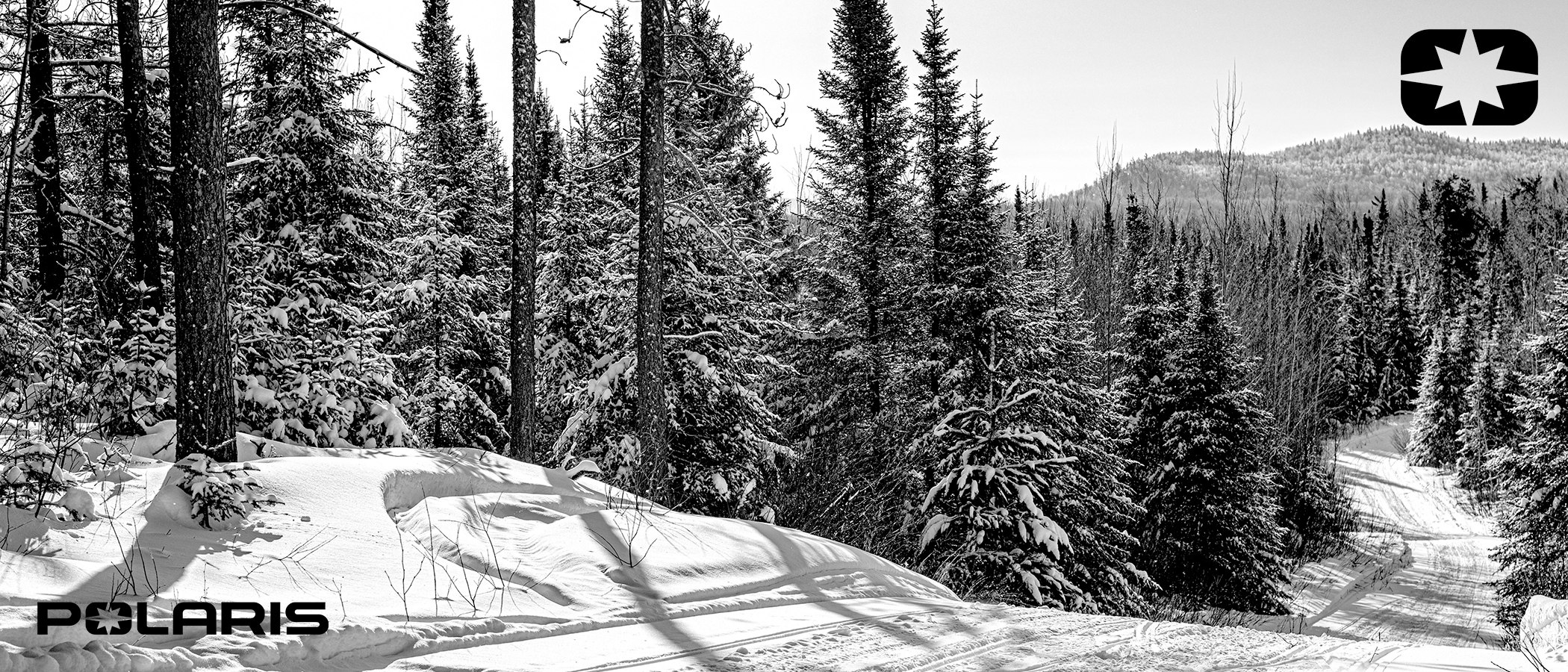


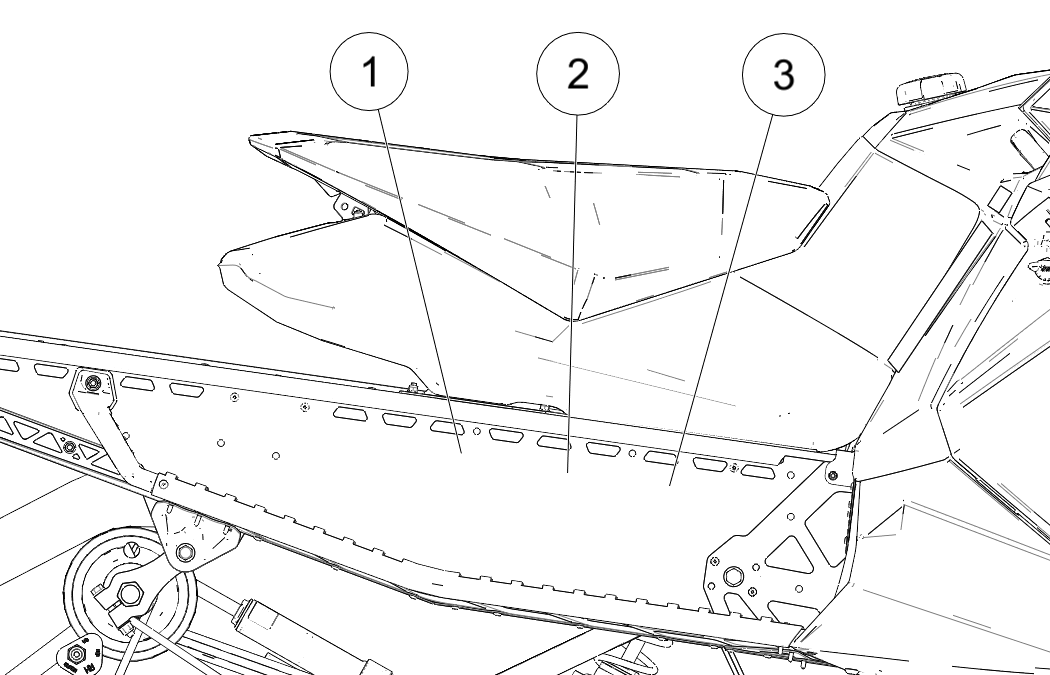

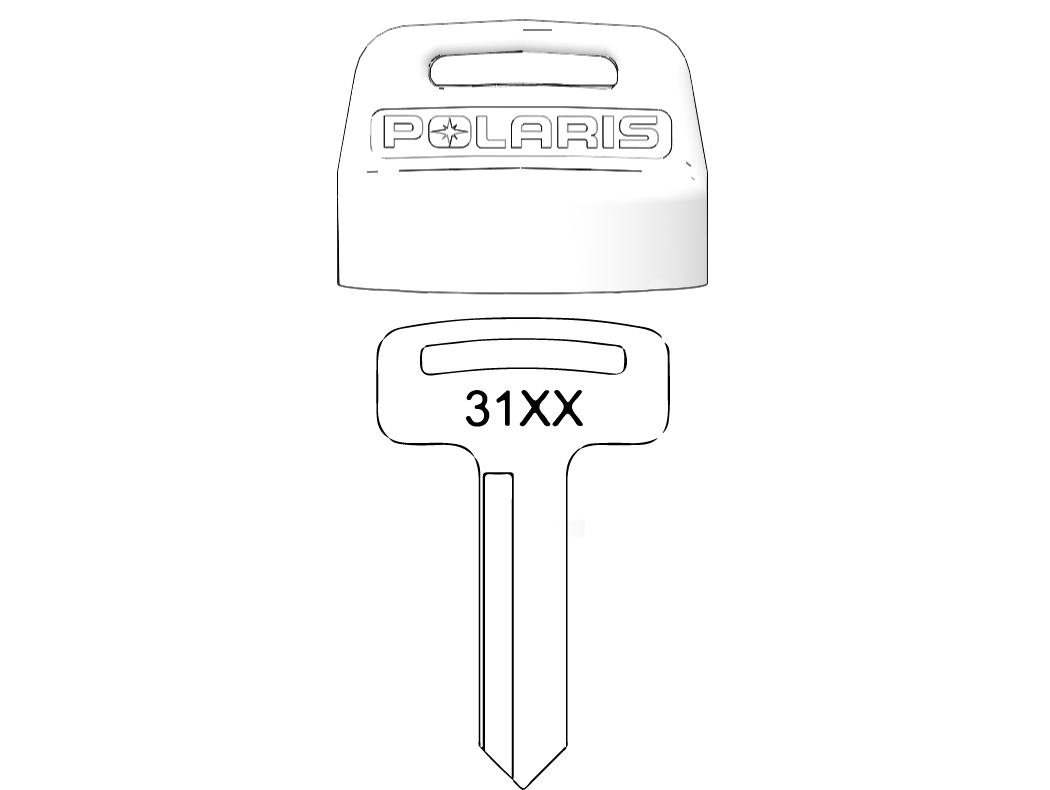
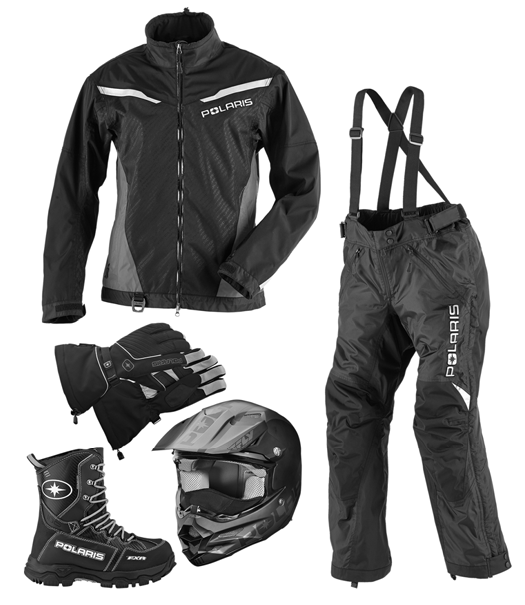

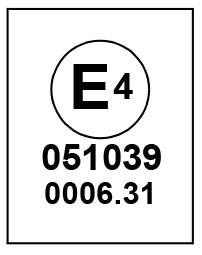
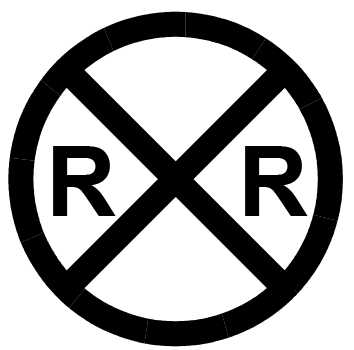
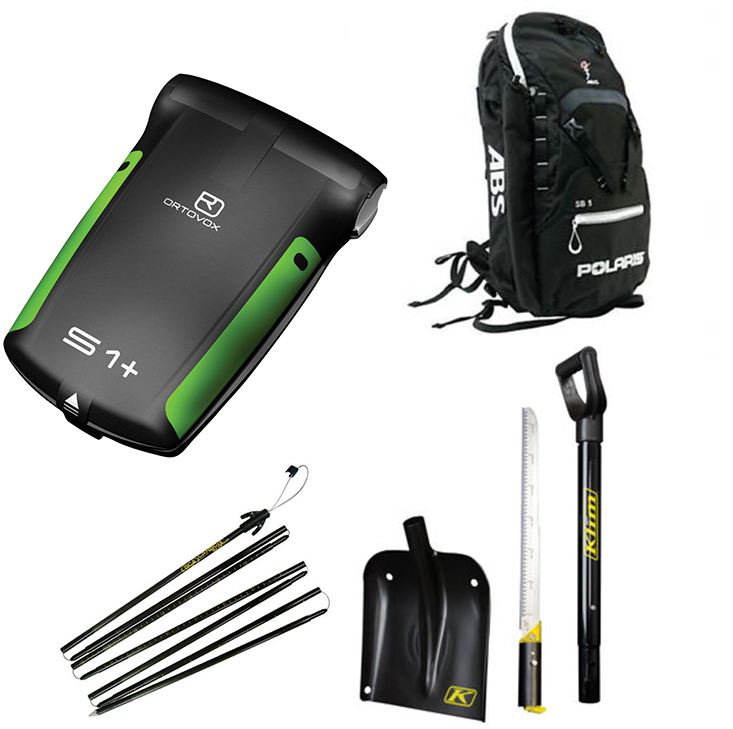
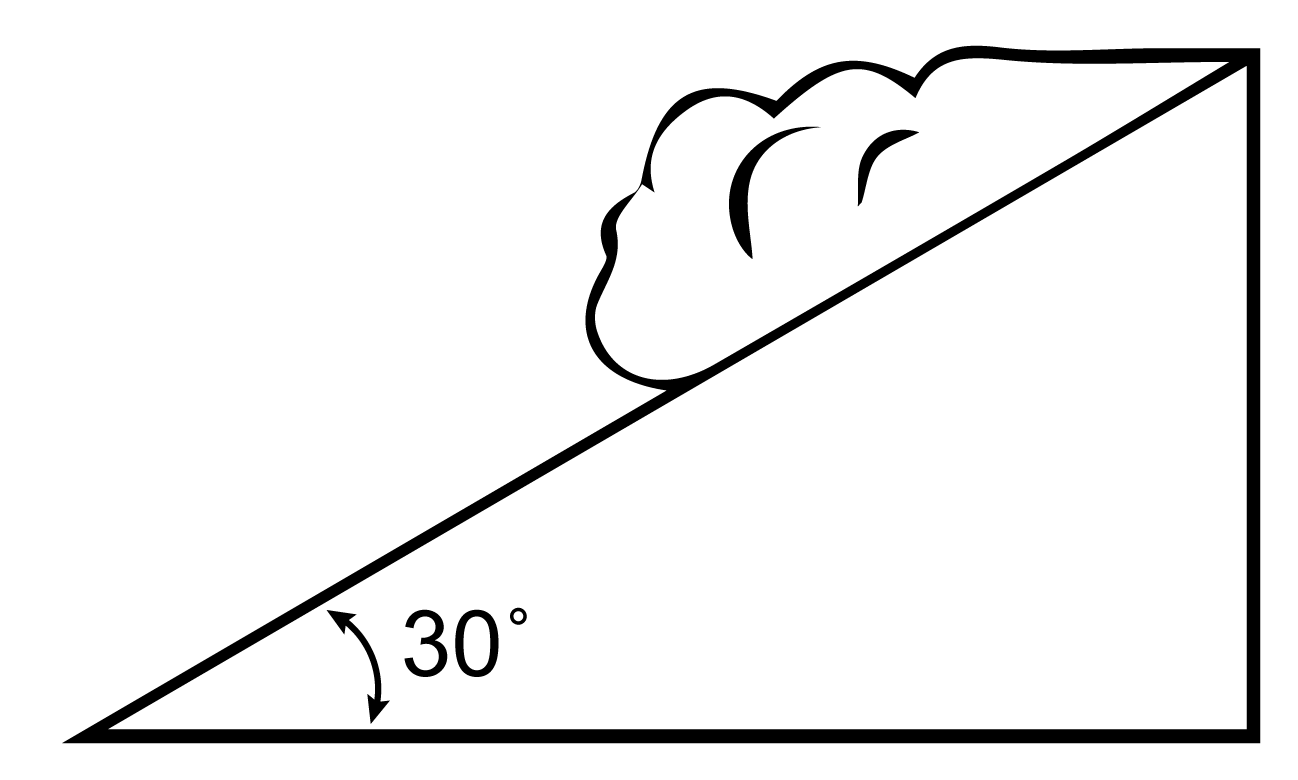
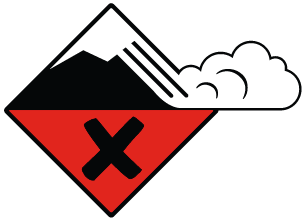
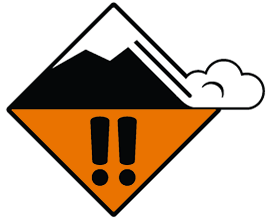
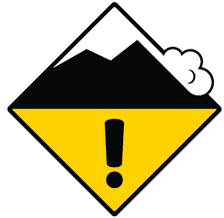
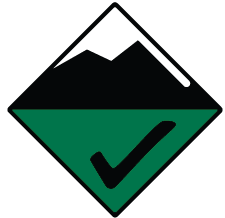
 button to enter the Options
Menu.
button to enter the Options
Menu.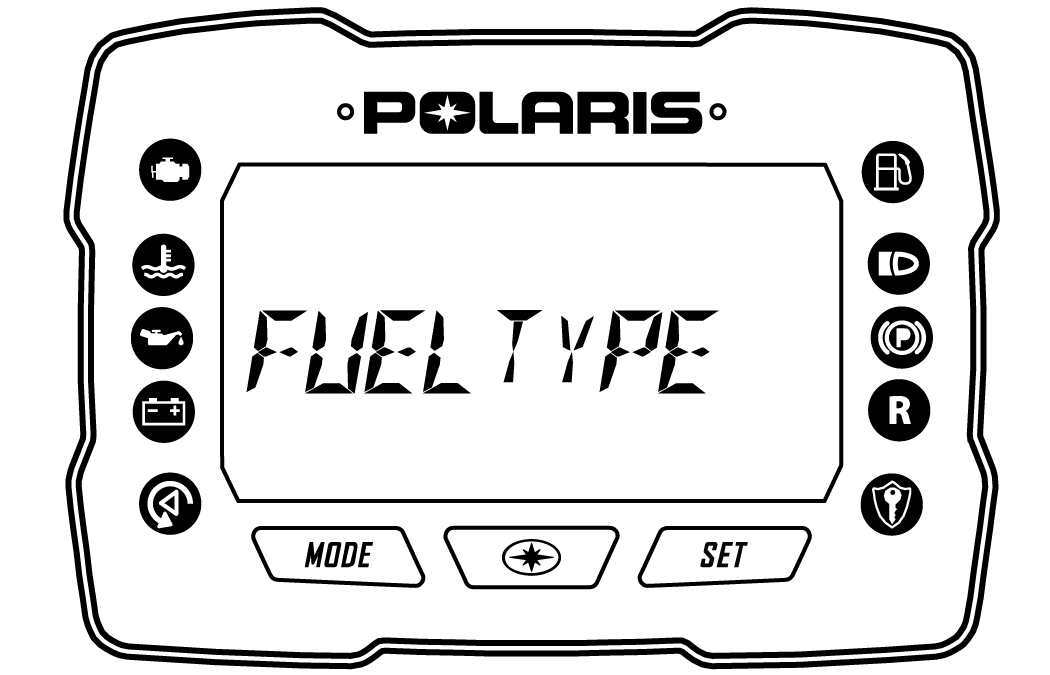
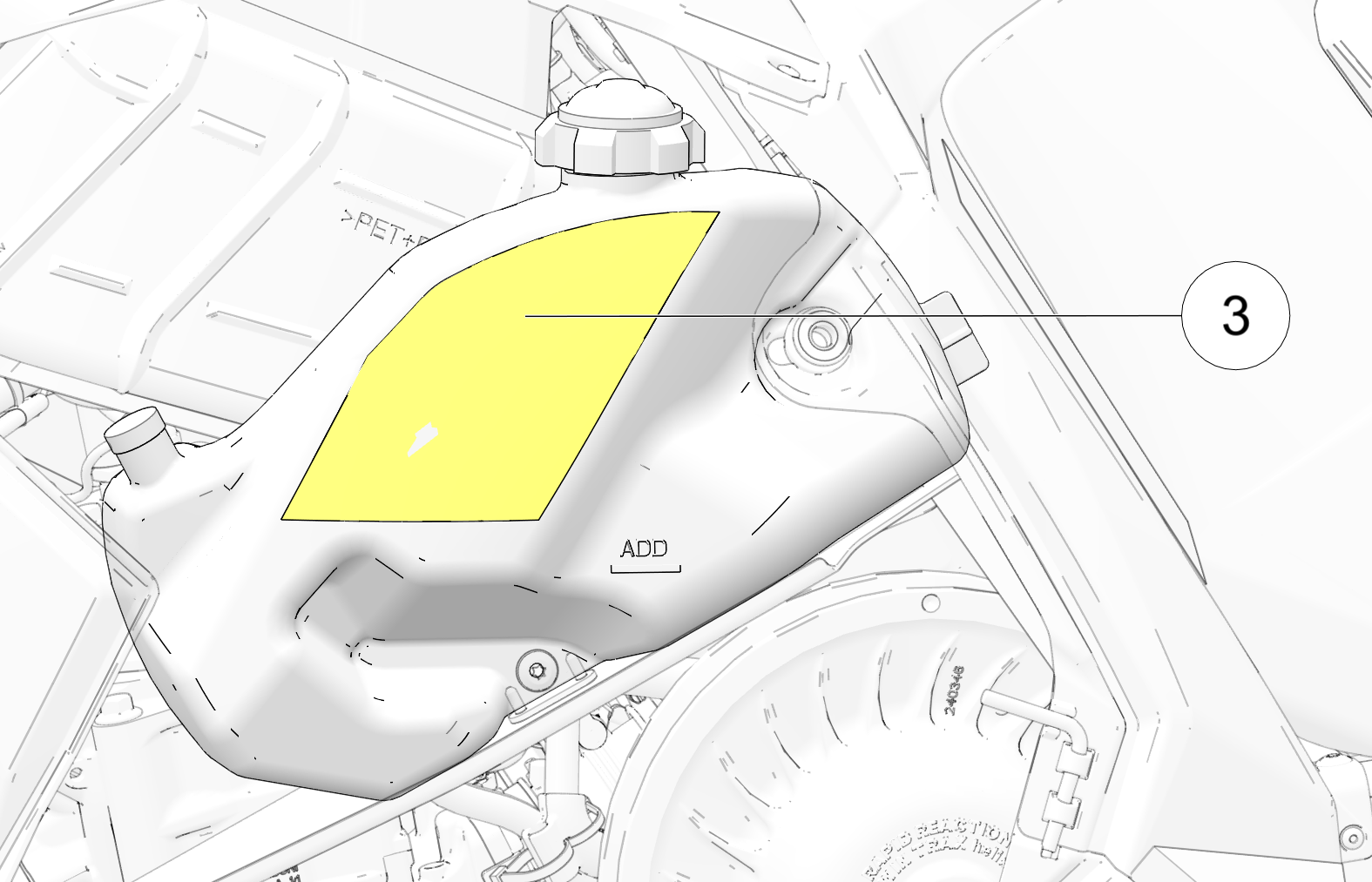
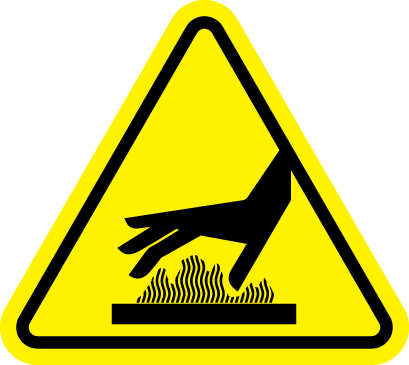
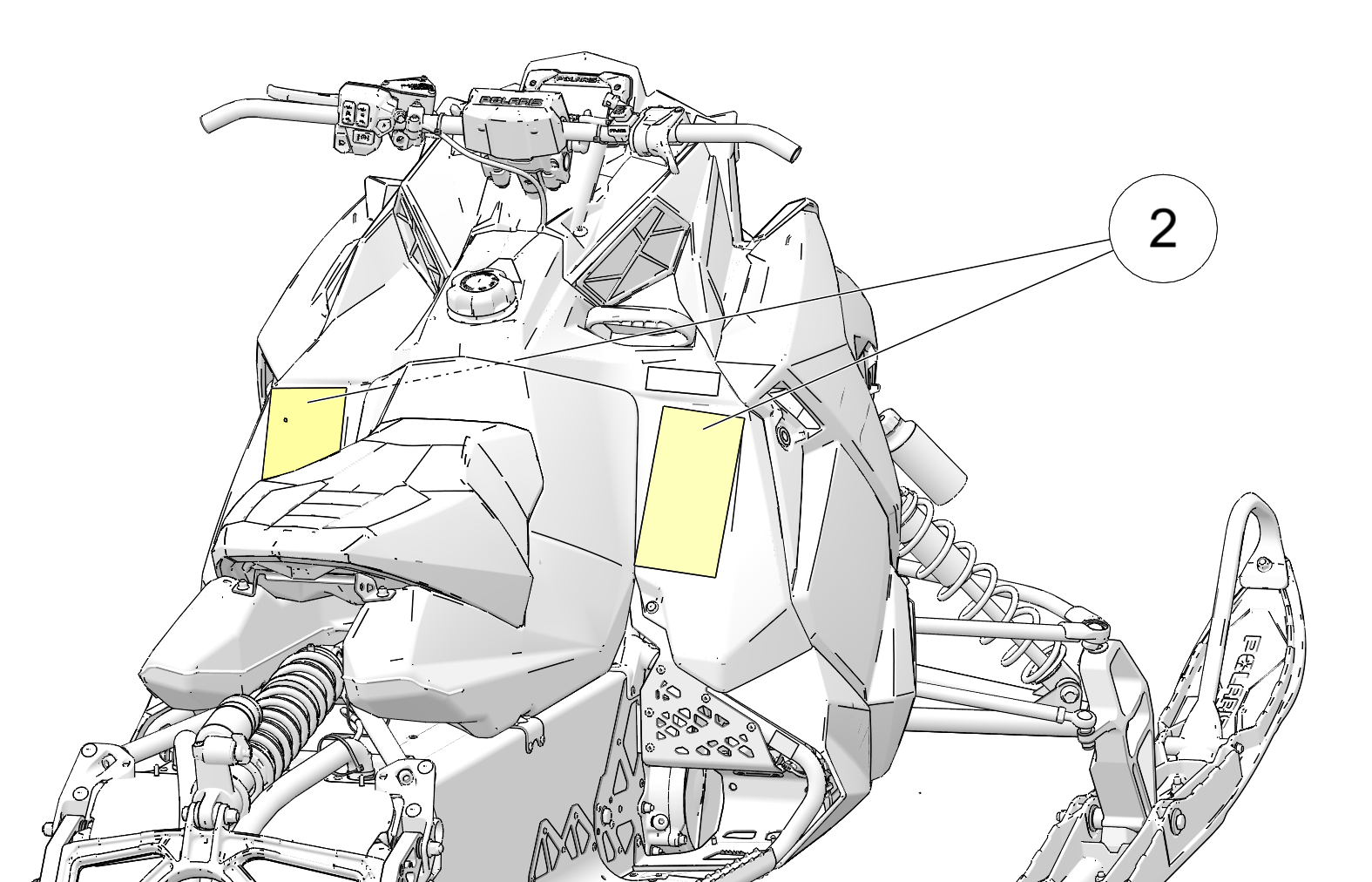
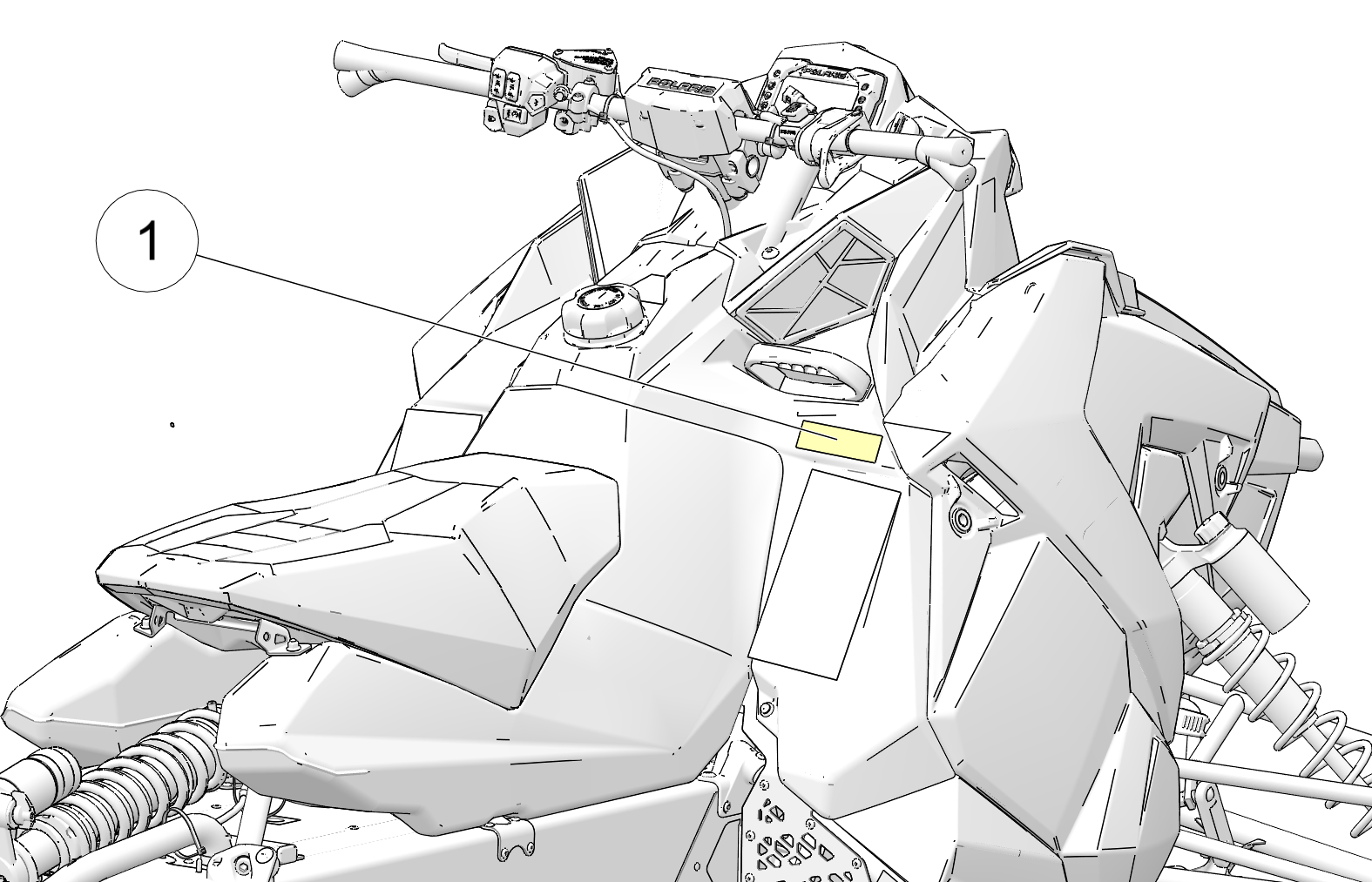
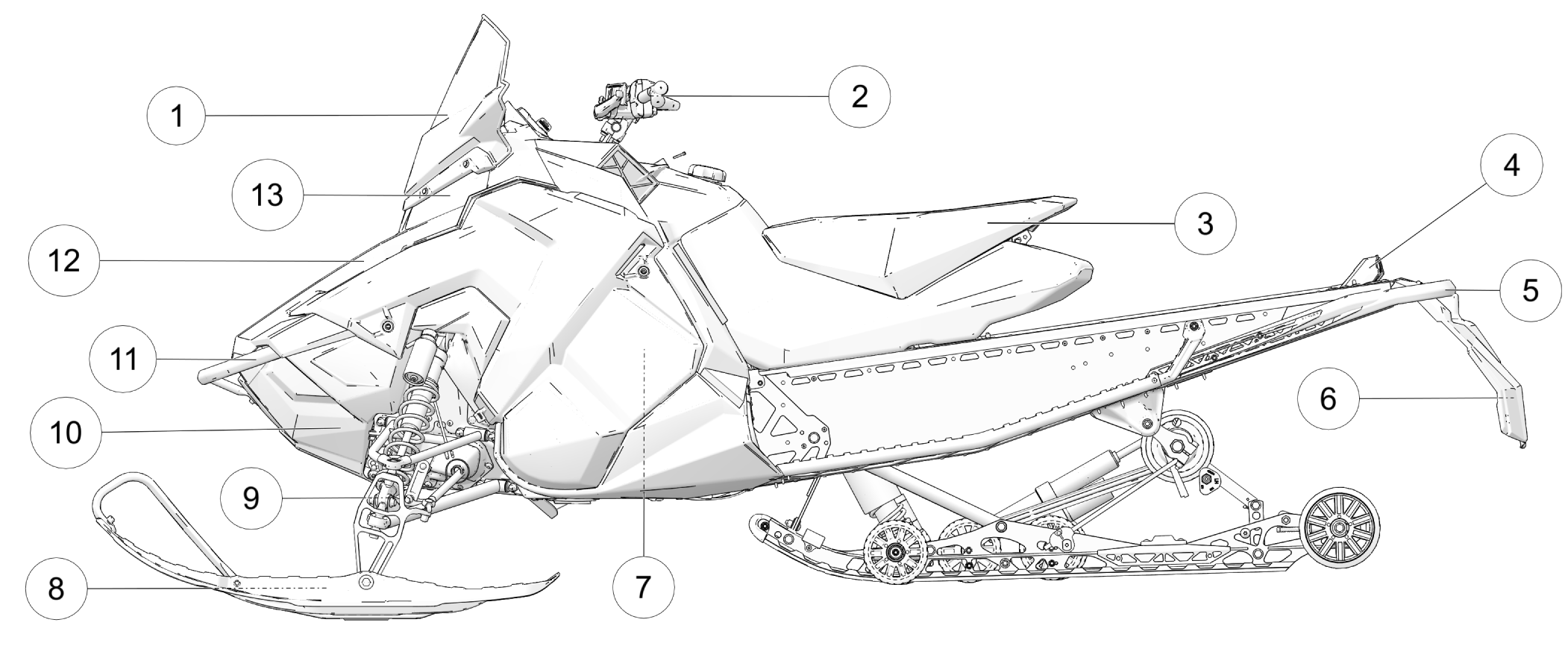
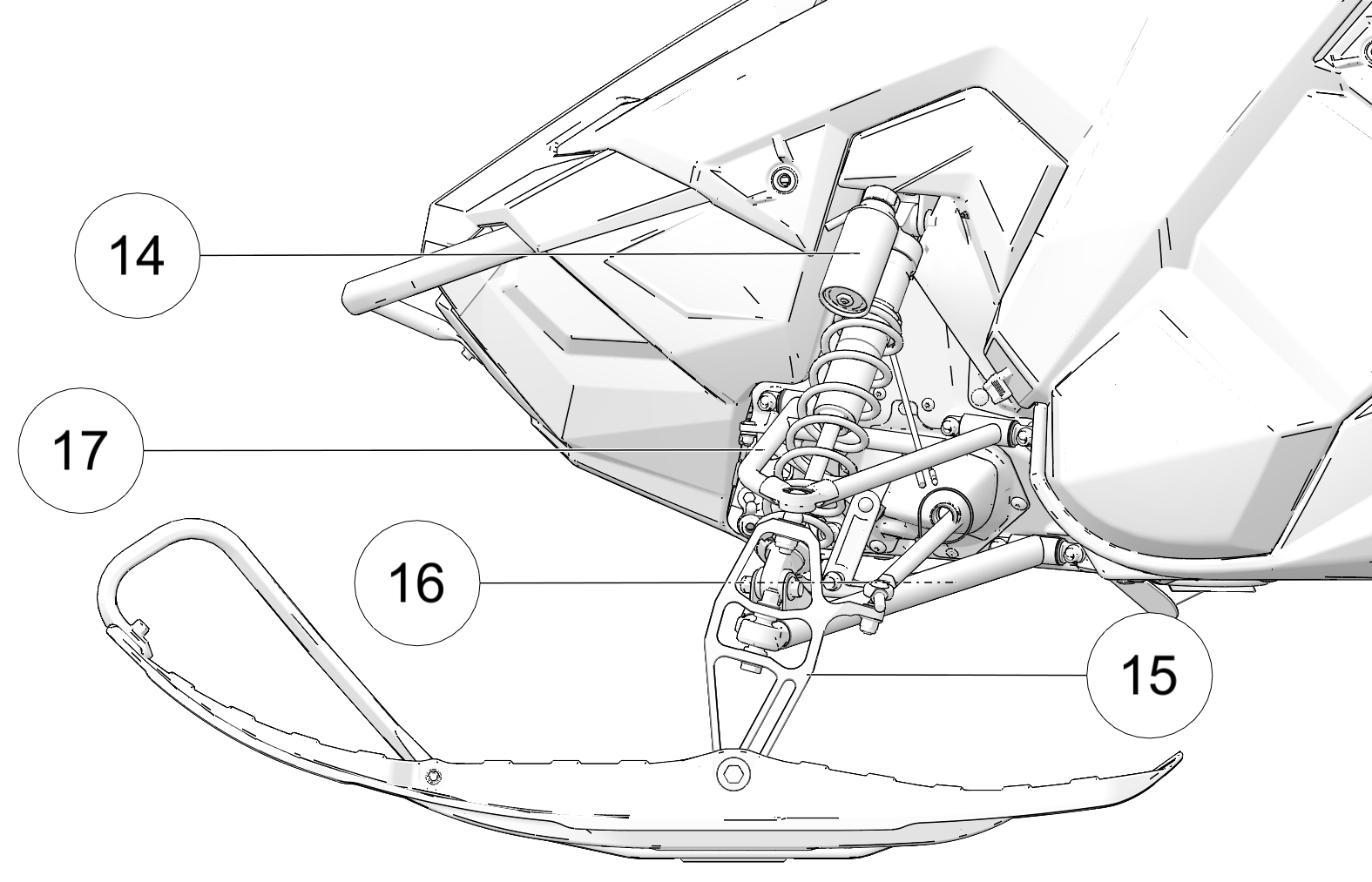
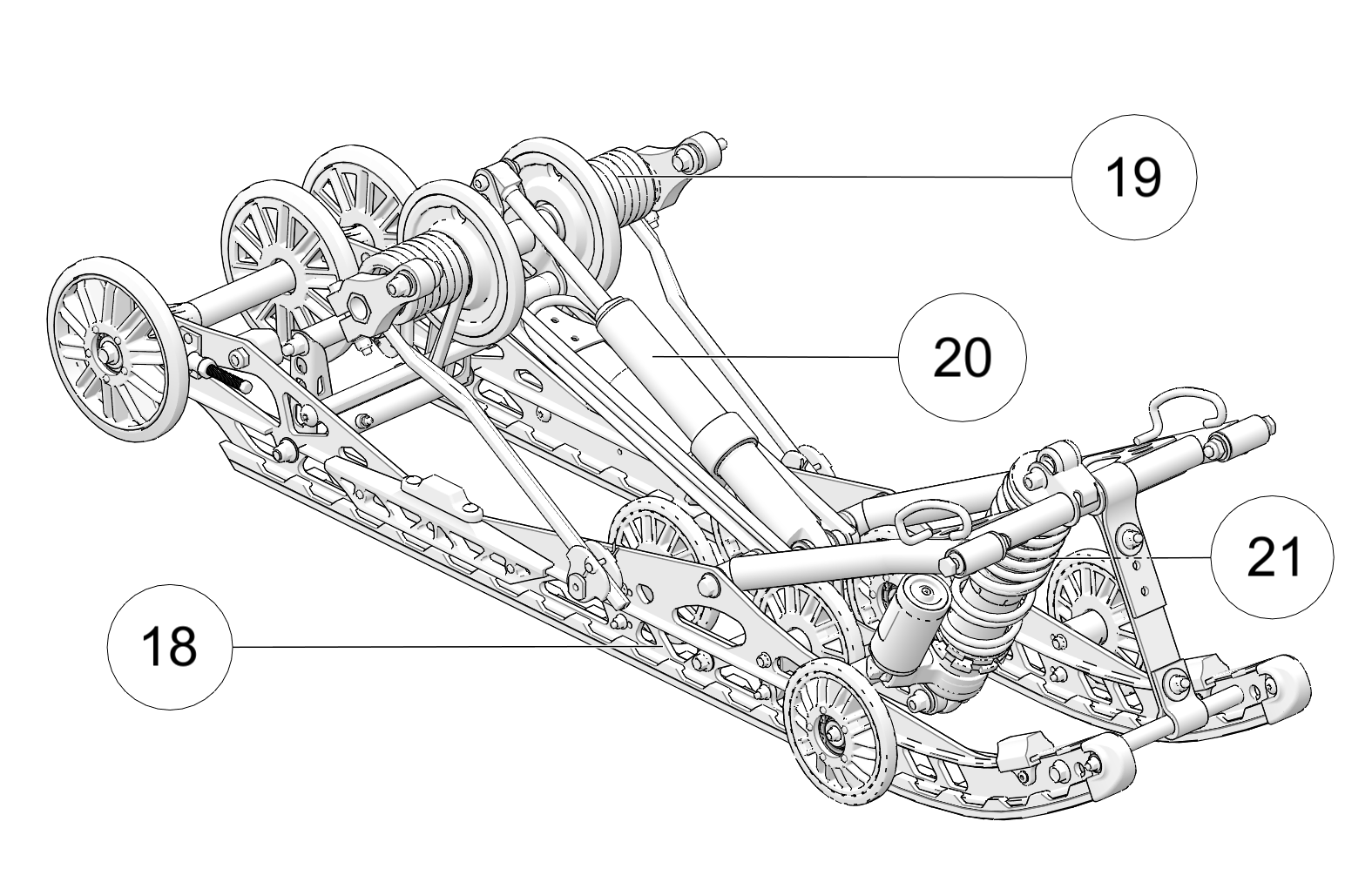
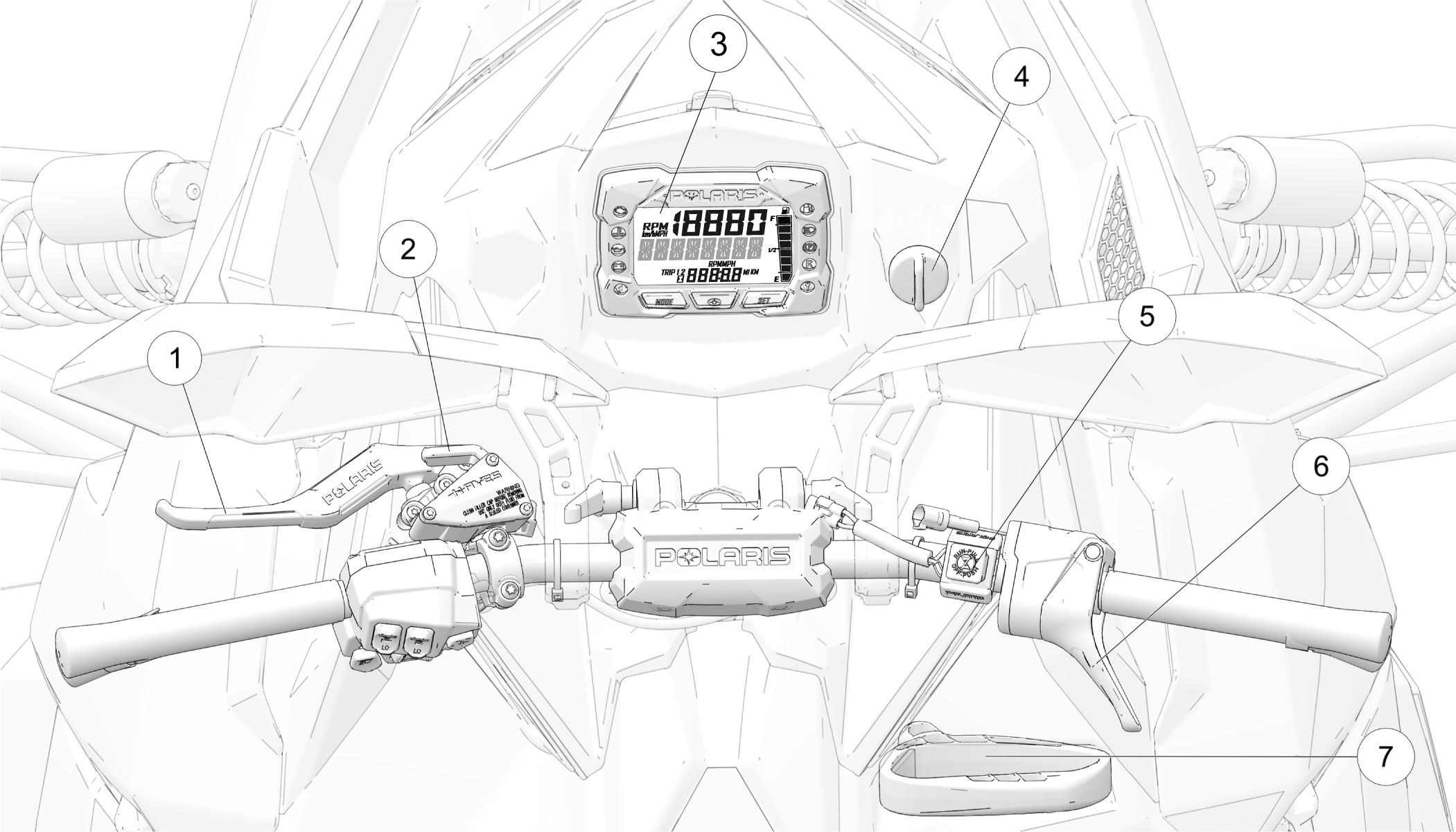
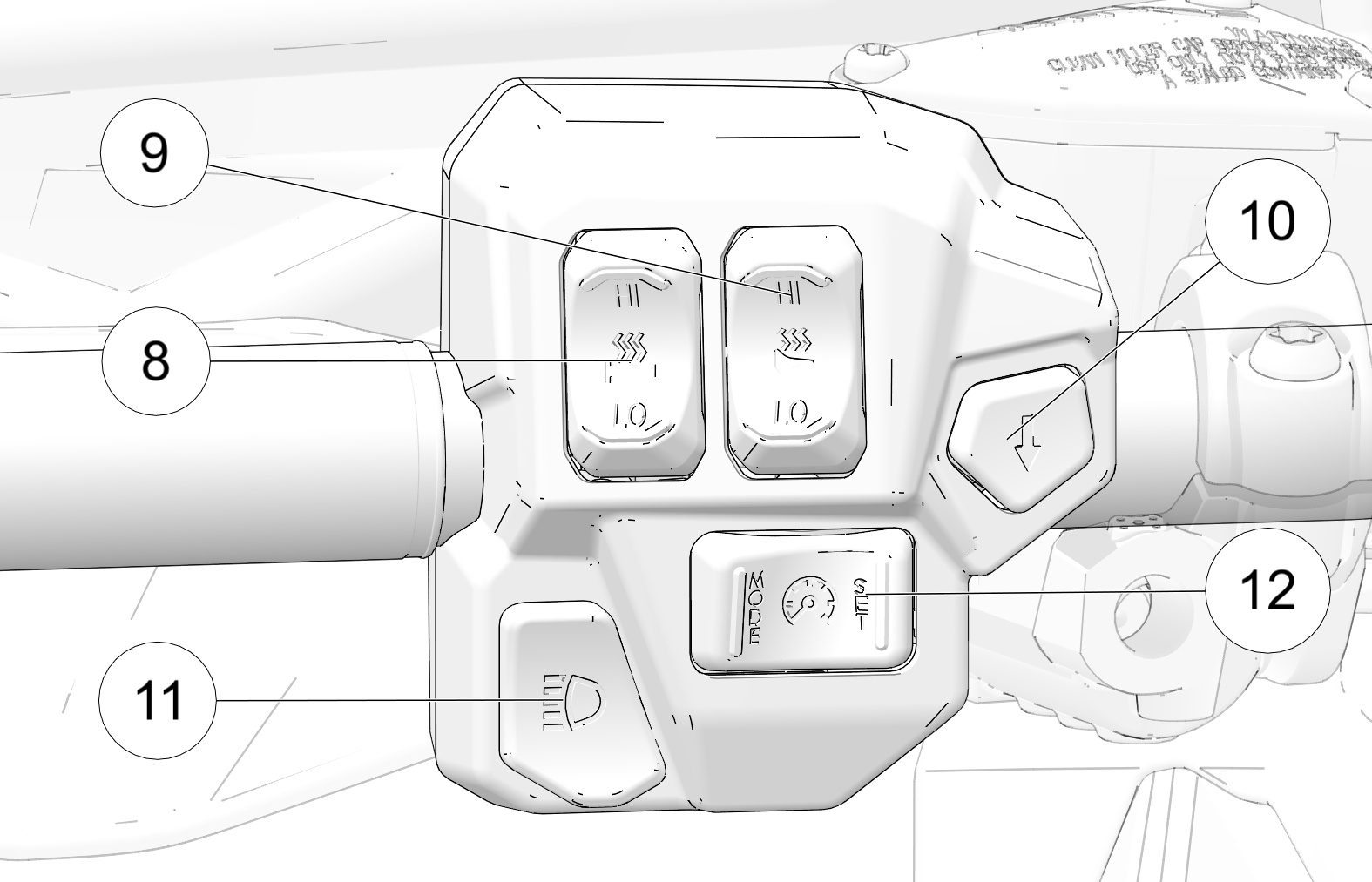
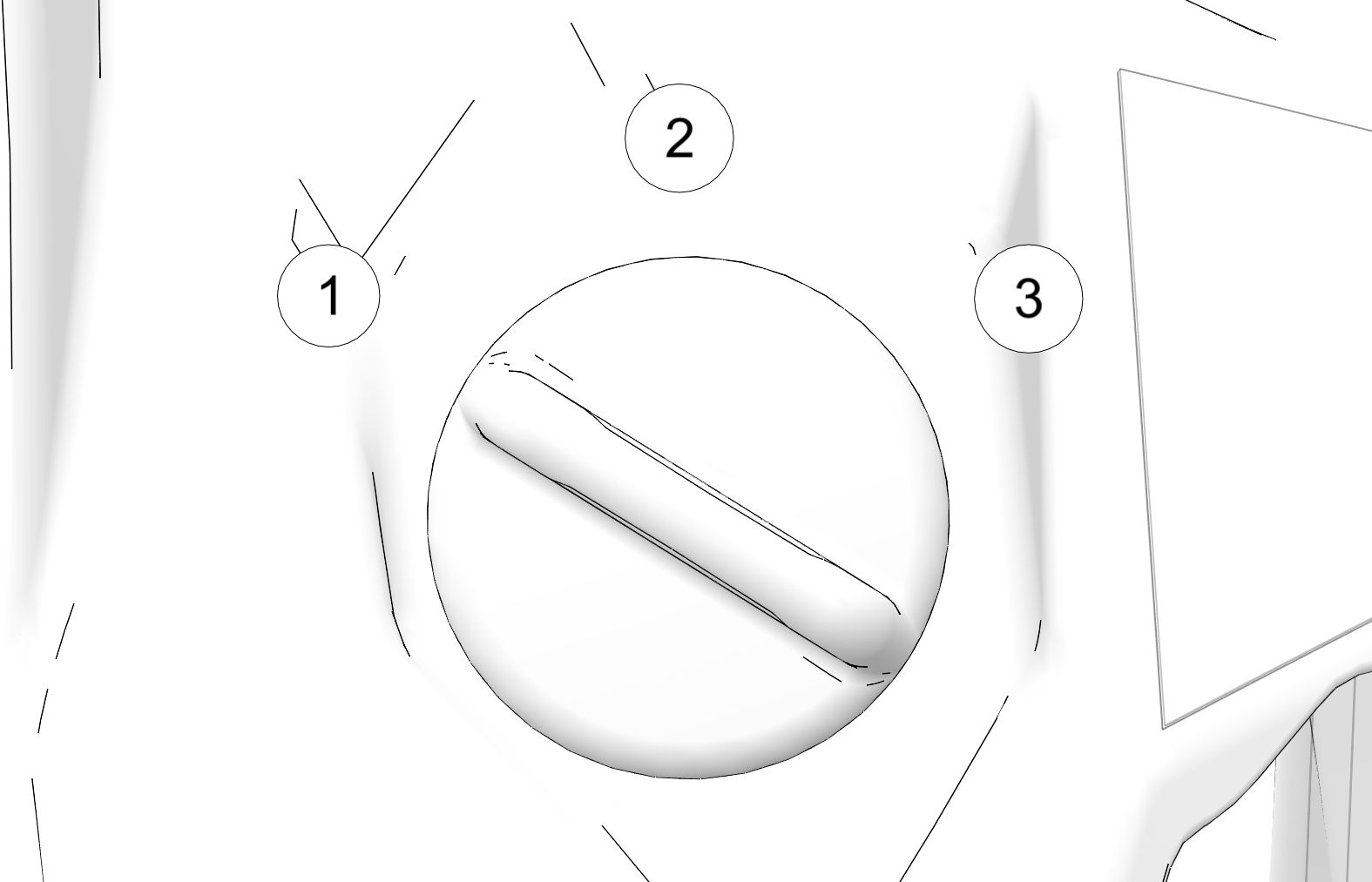
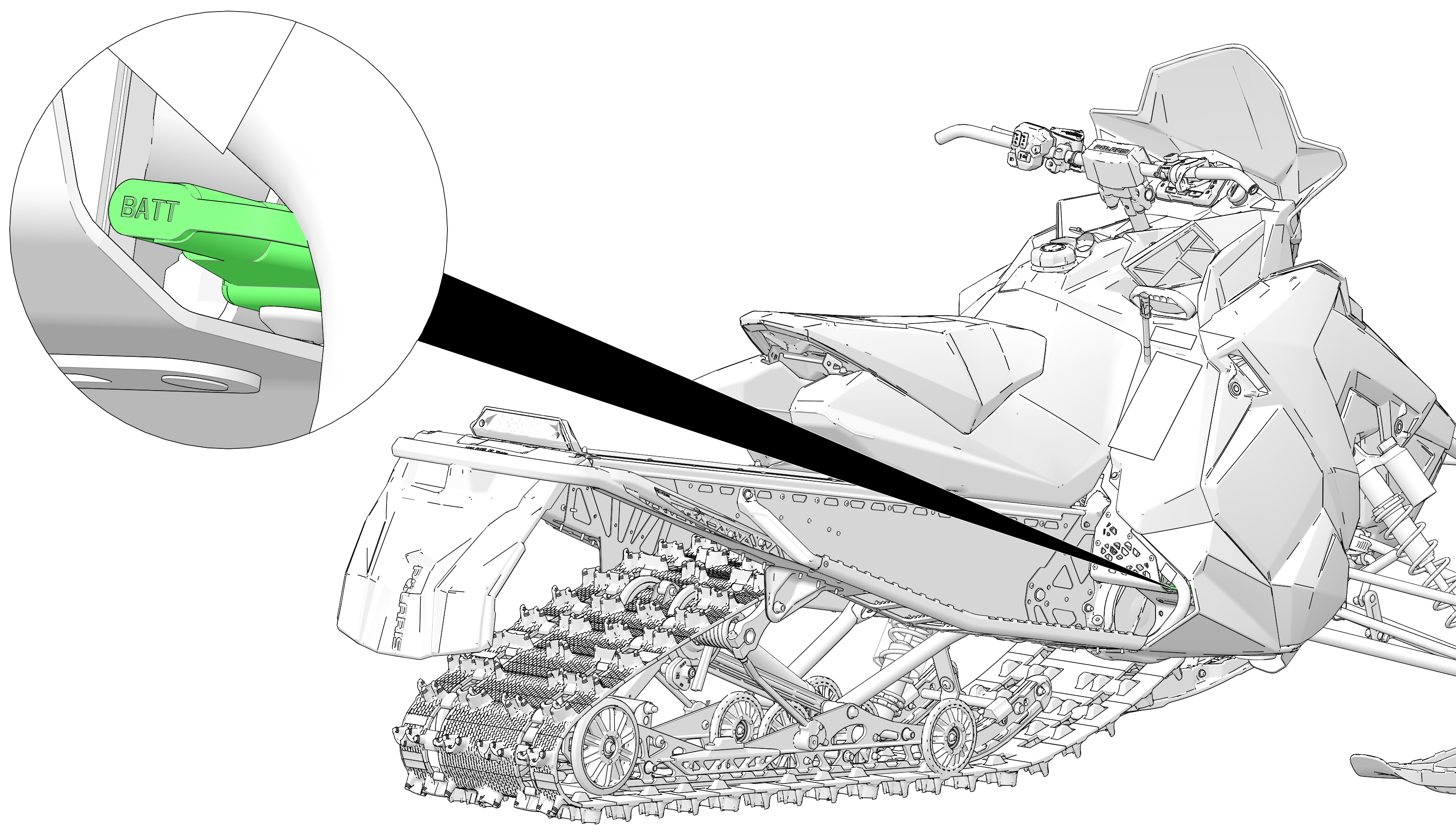
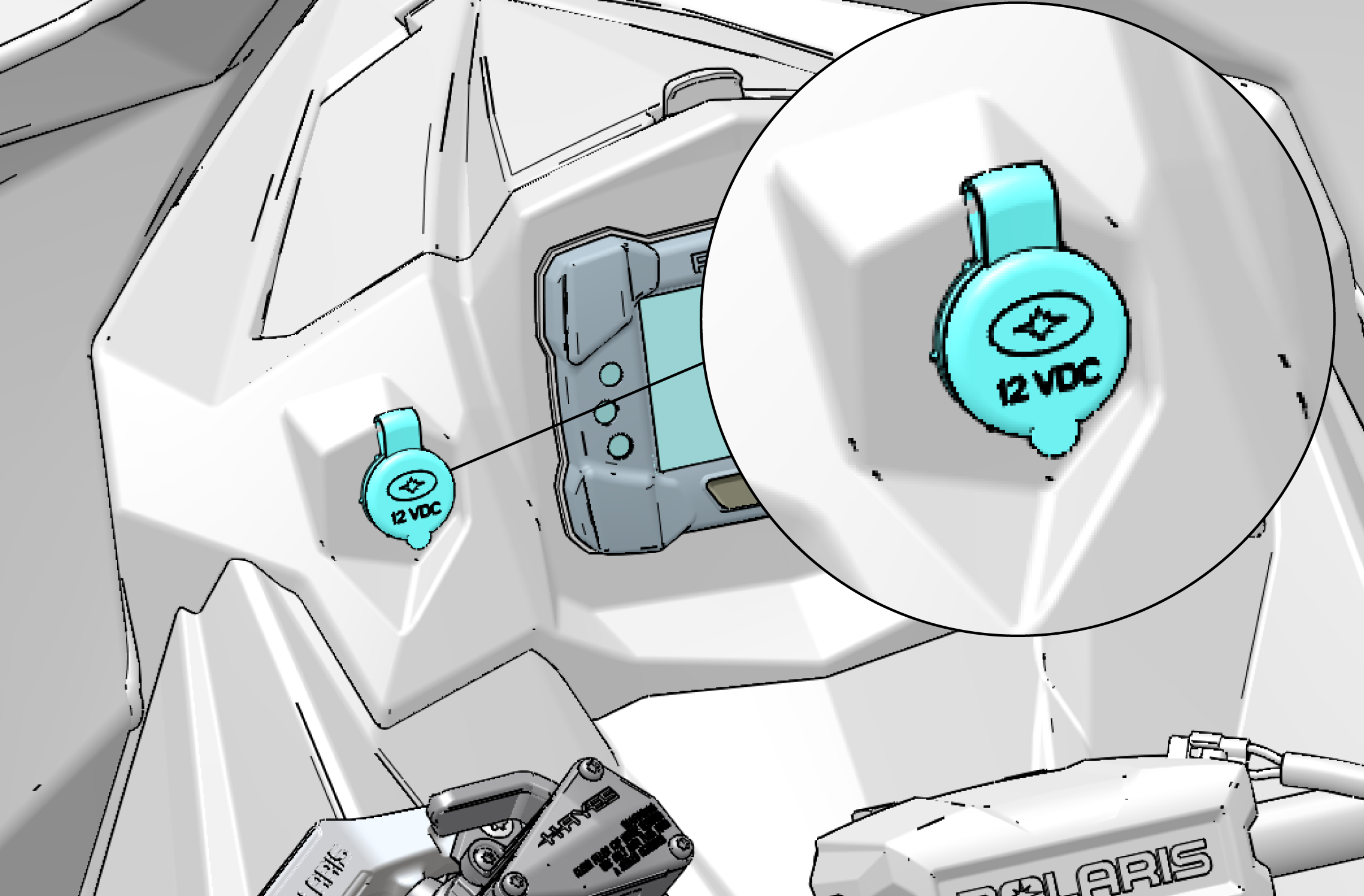
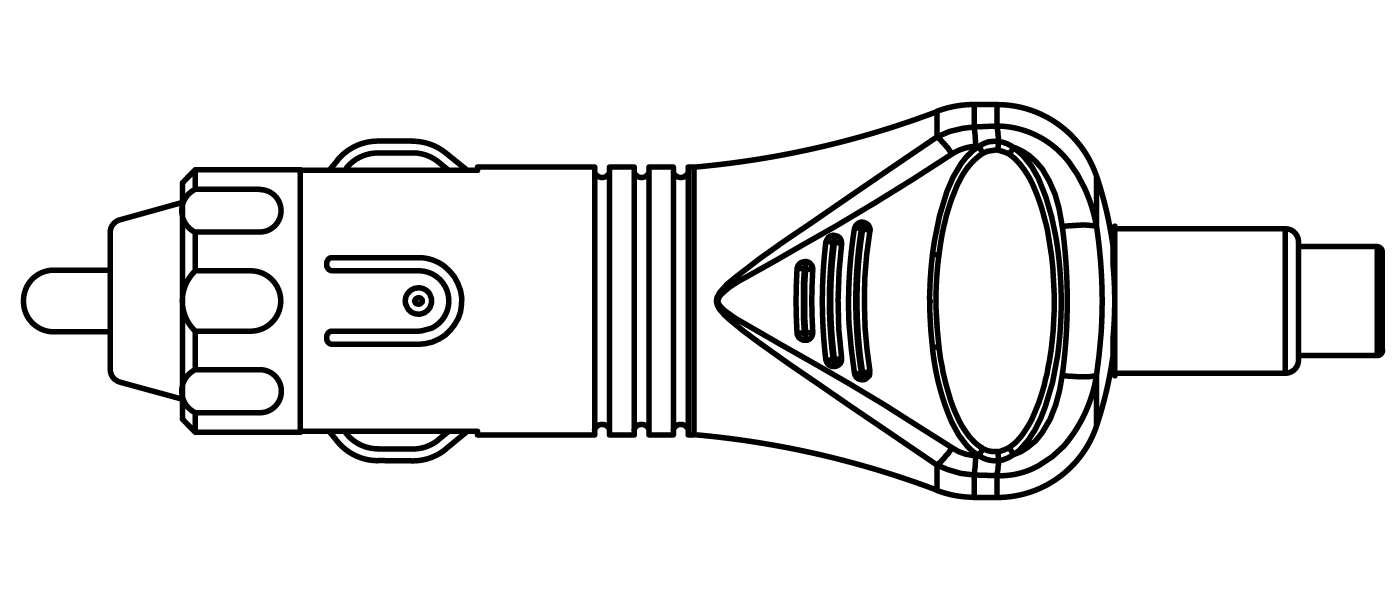
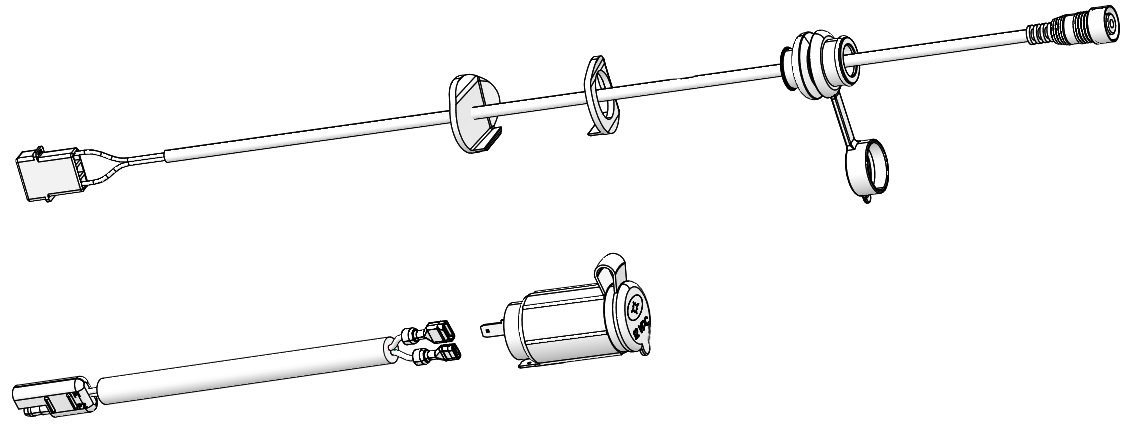
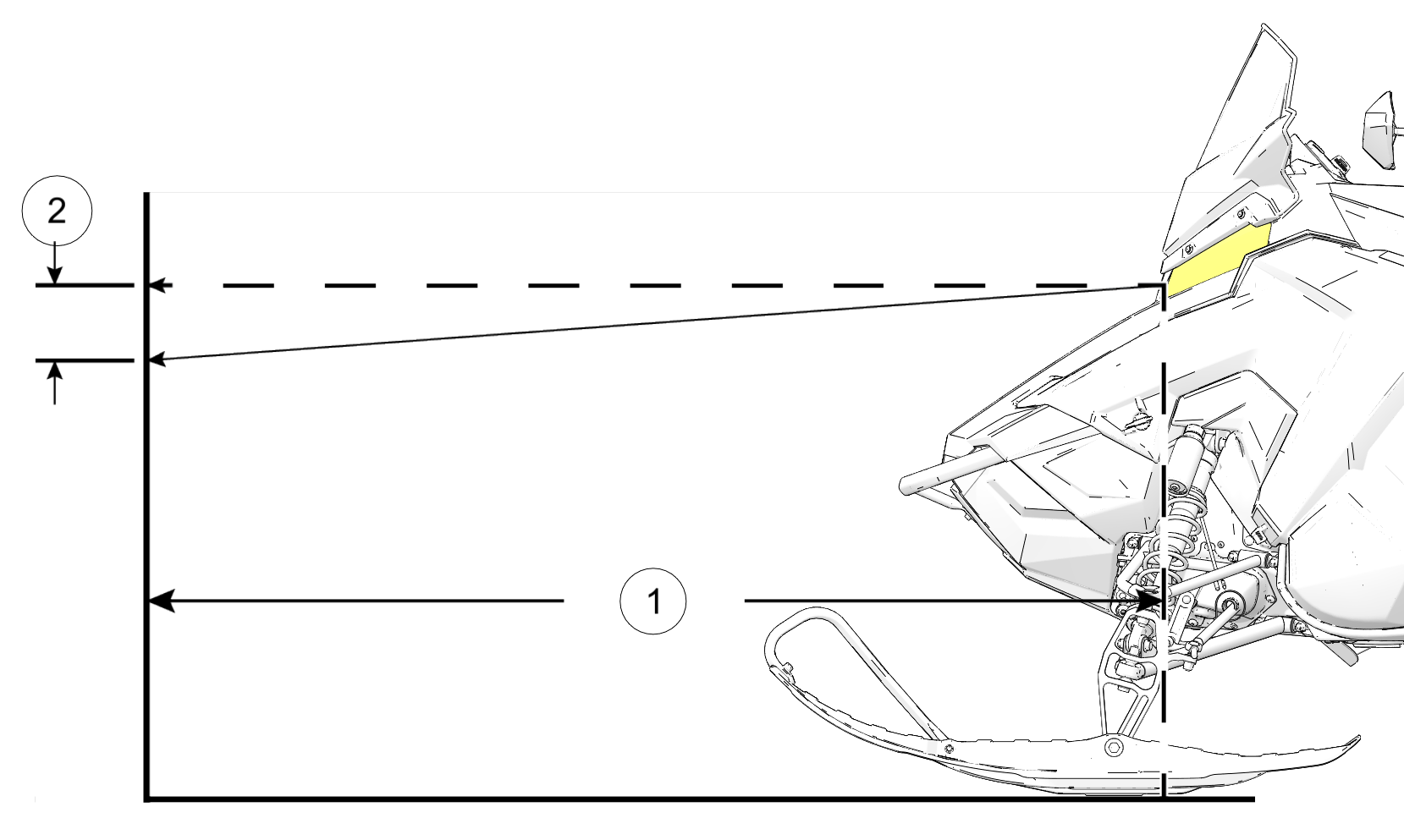
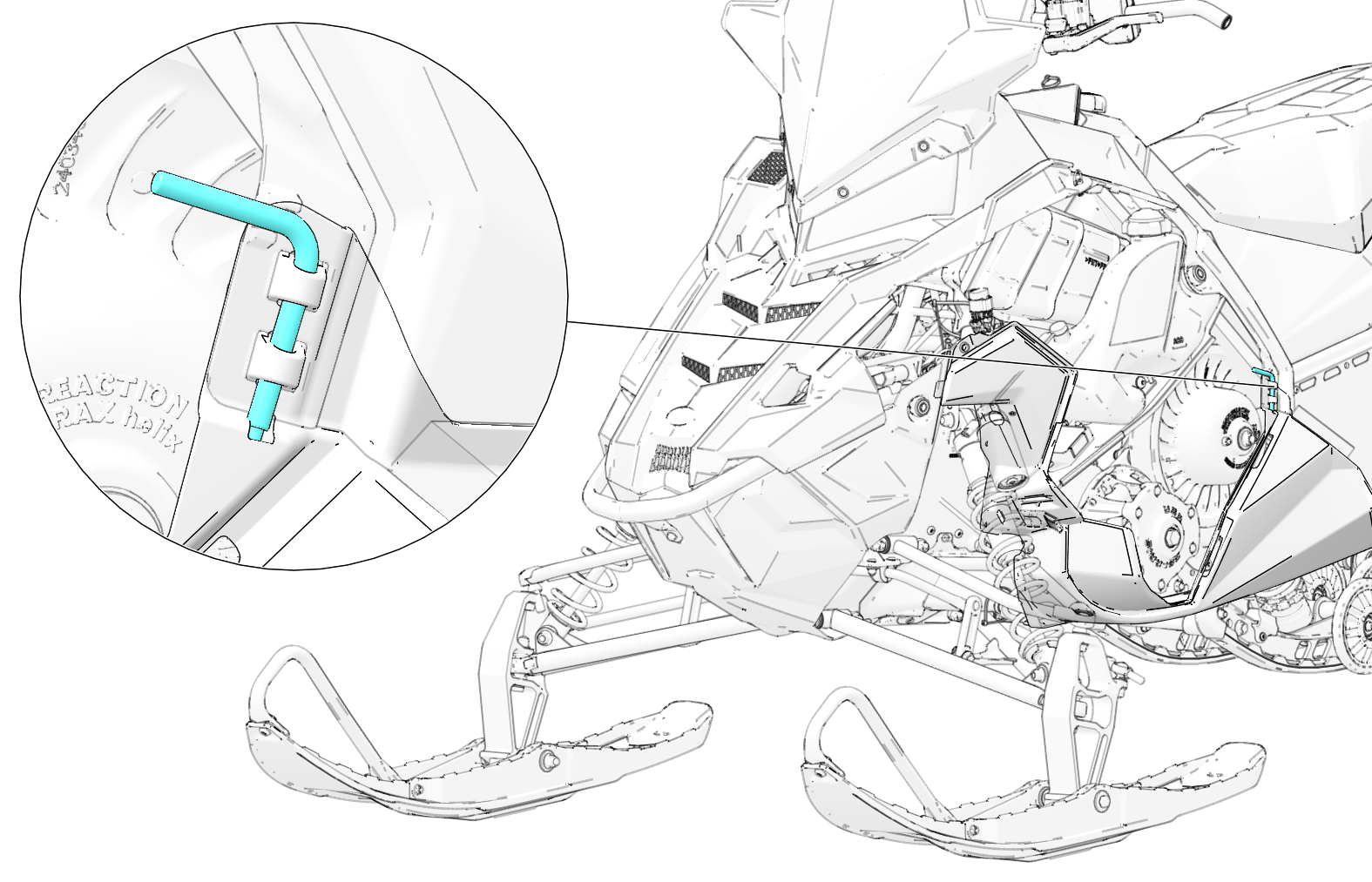
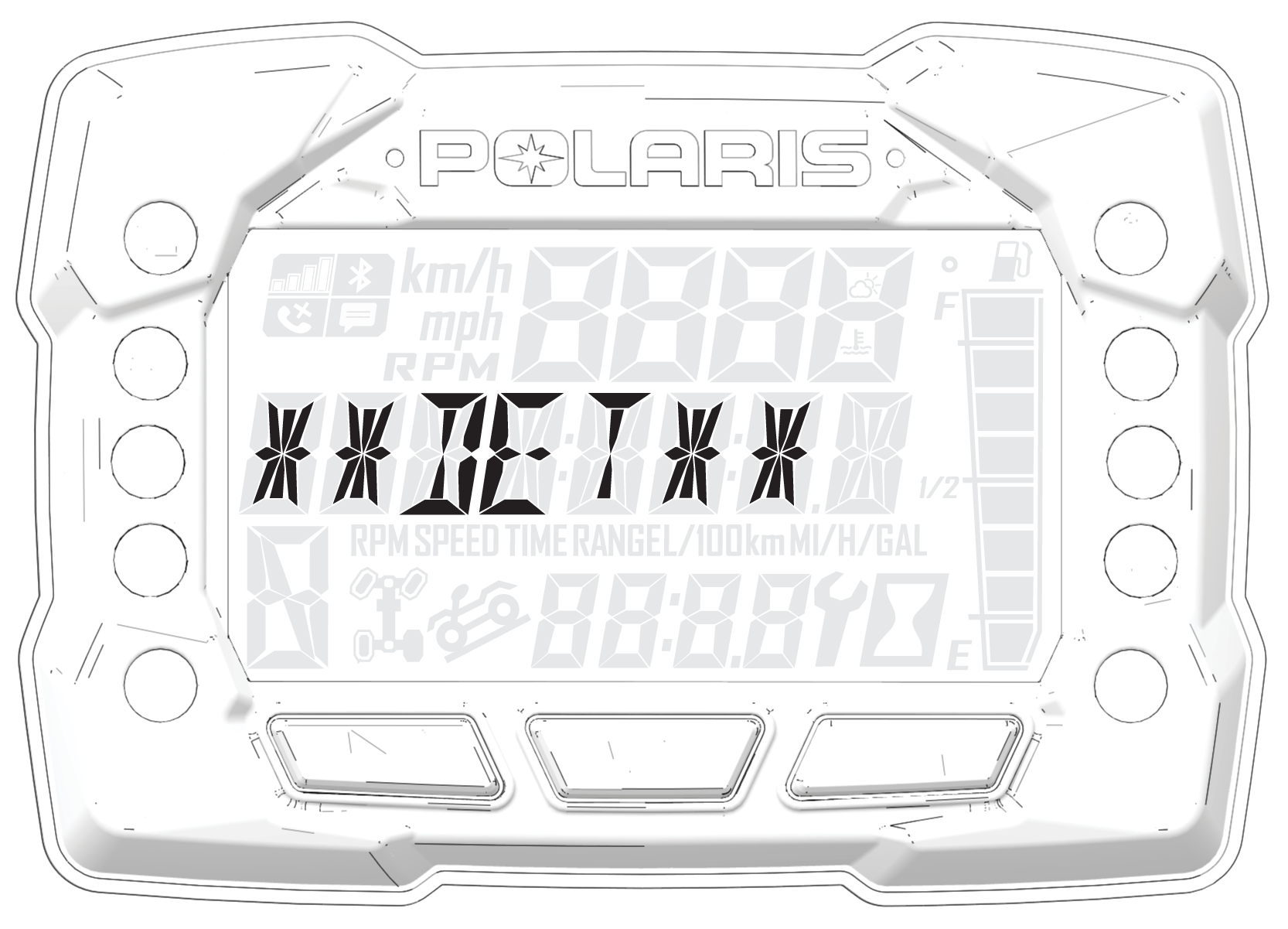
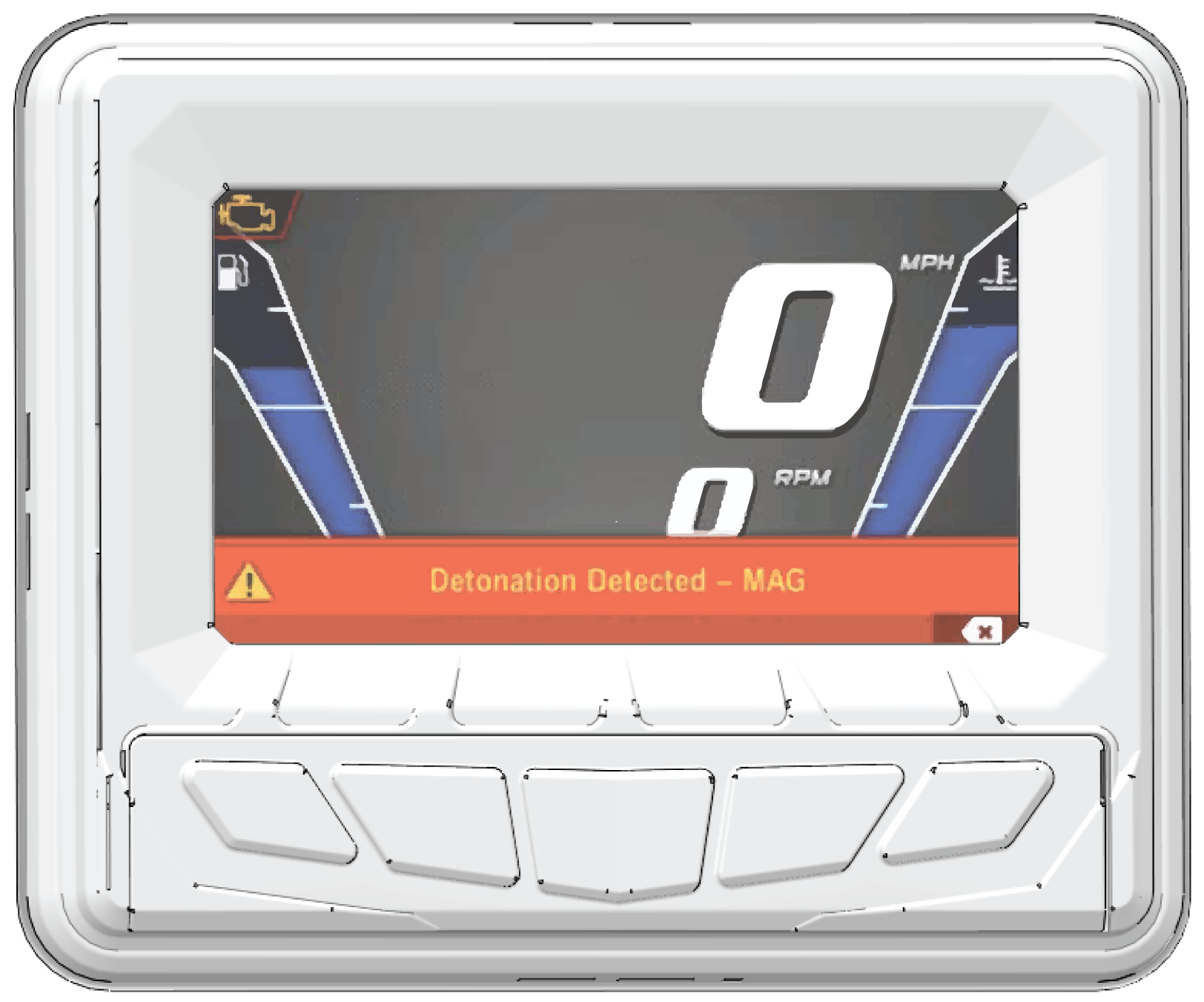
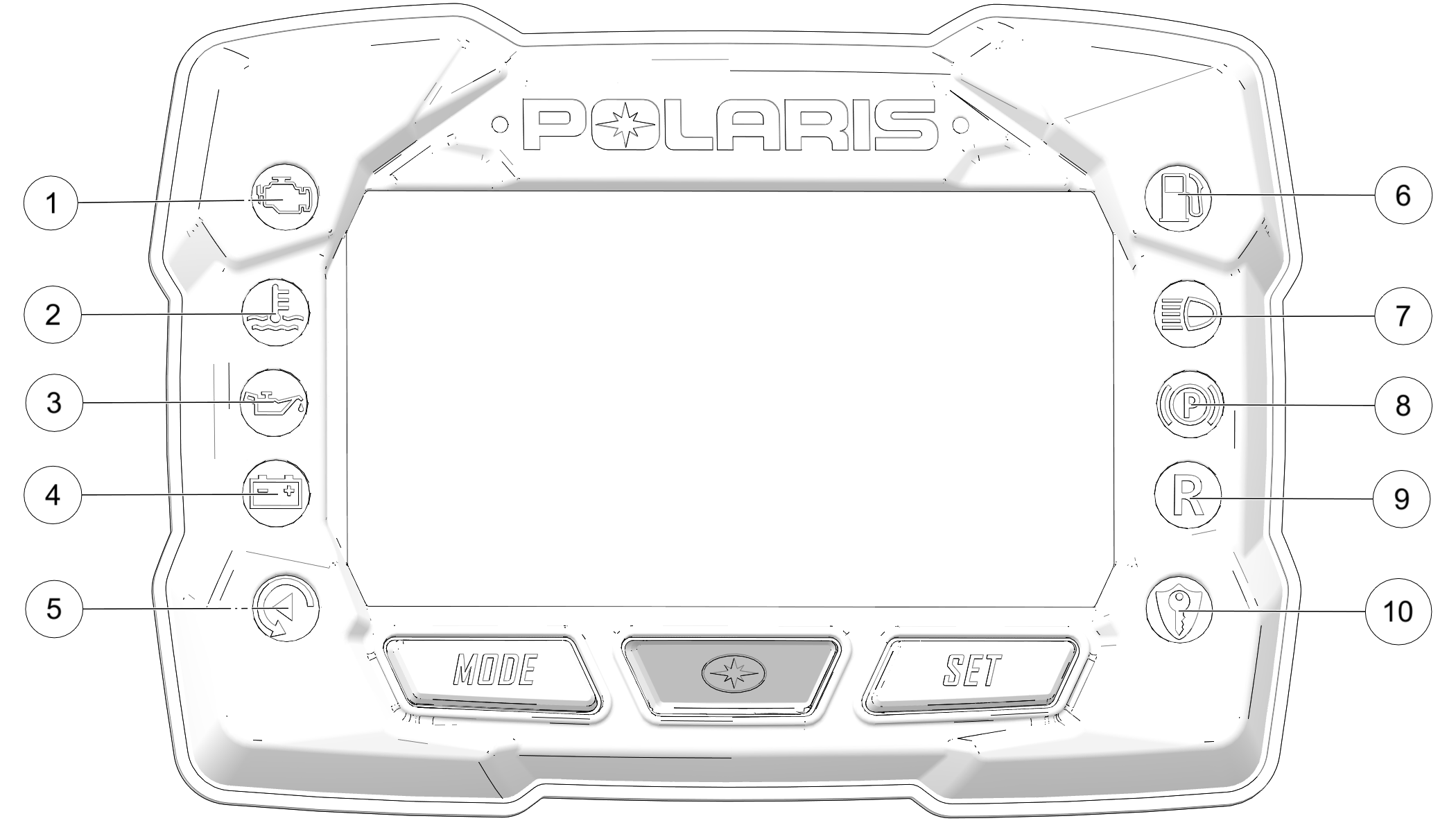
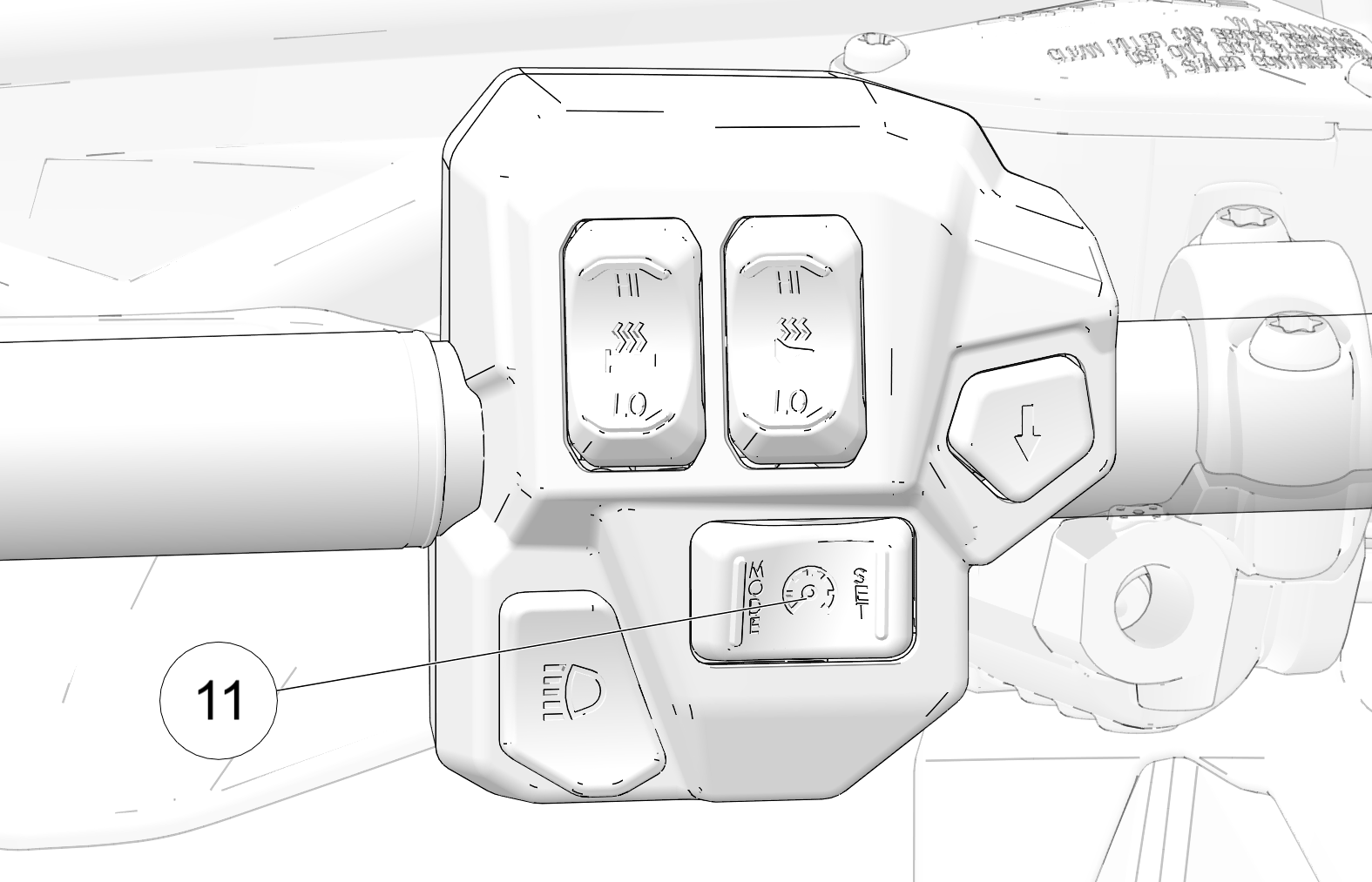
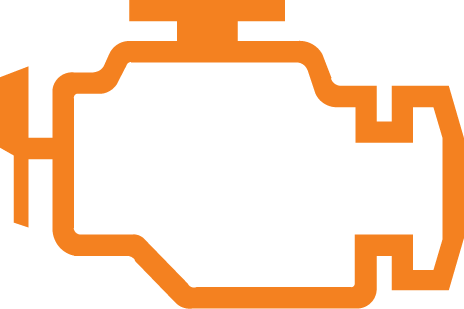
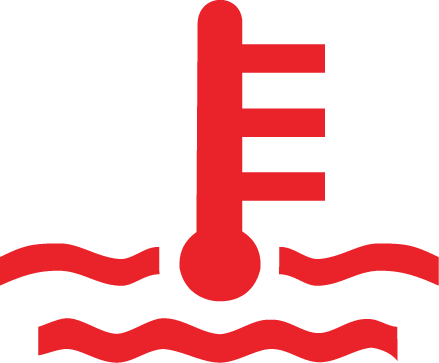



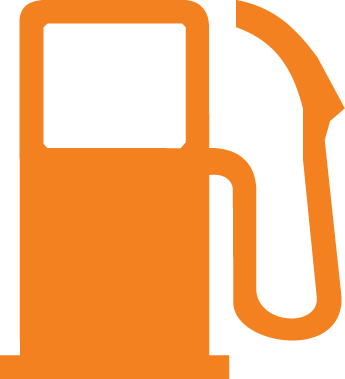

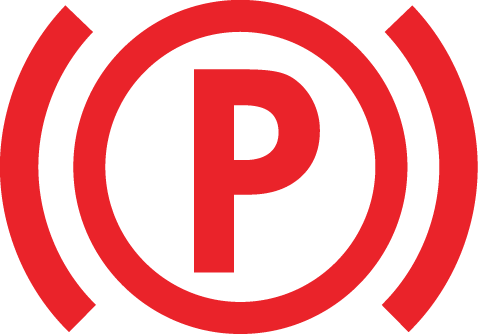


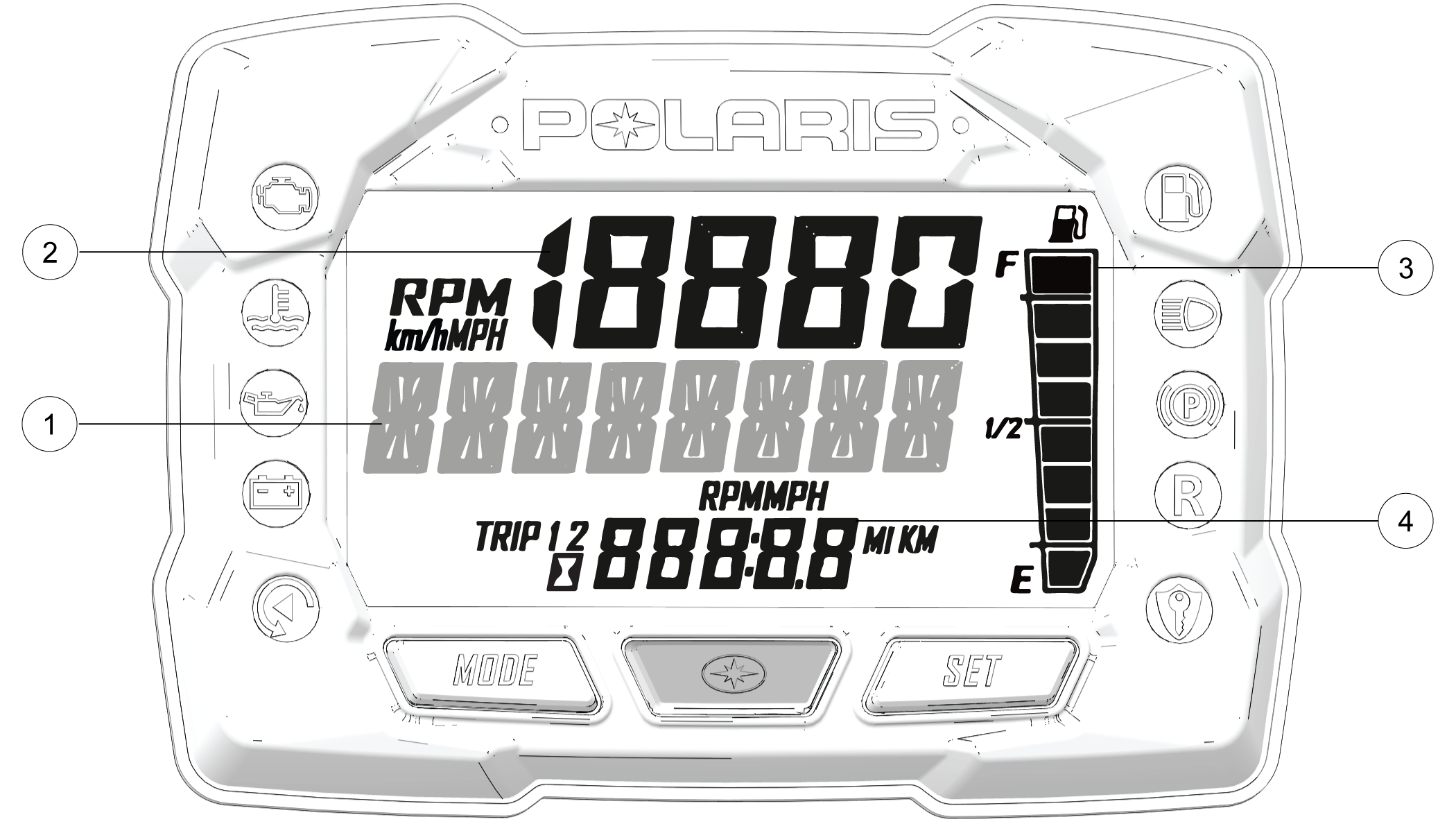
 button on the instrument cluster to enter the Options Menu.
button on the instrument cluster to enter the Options Menu.